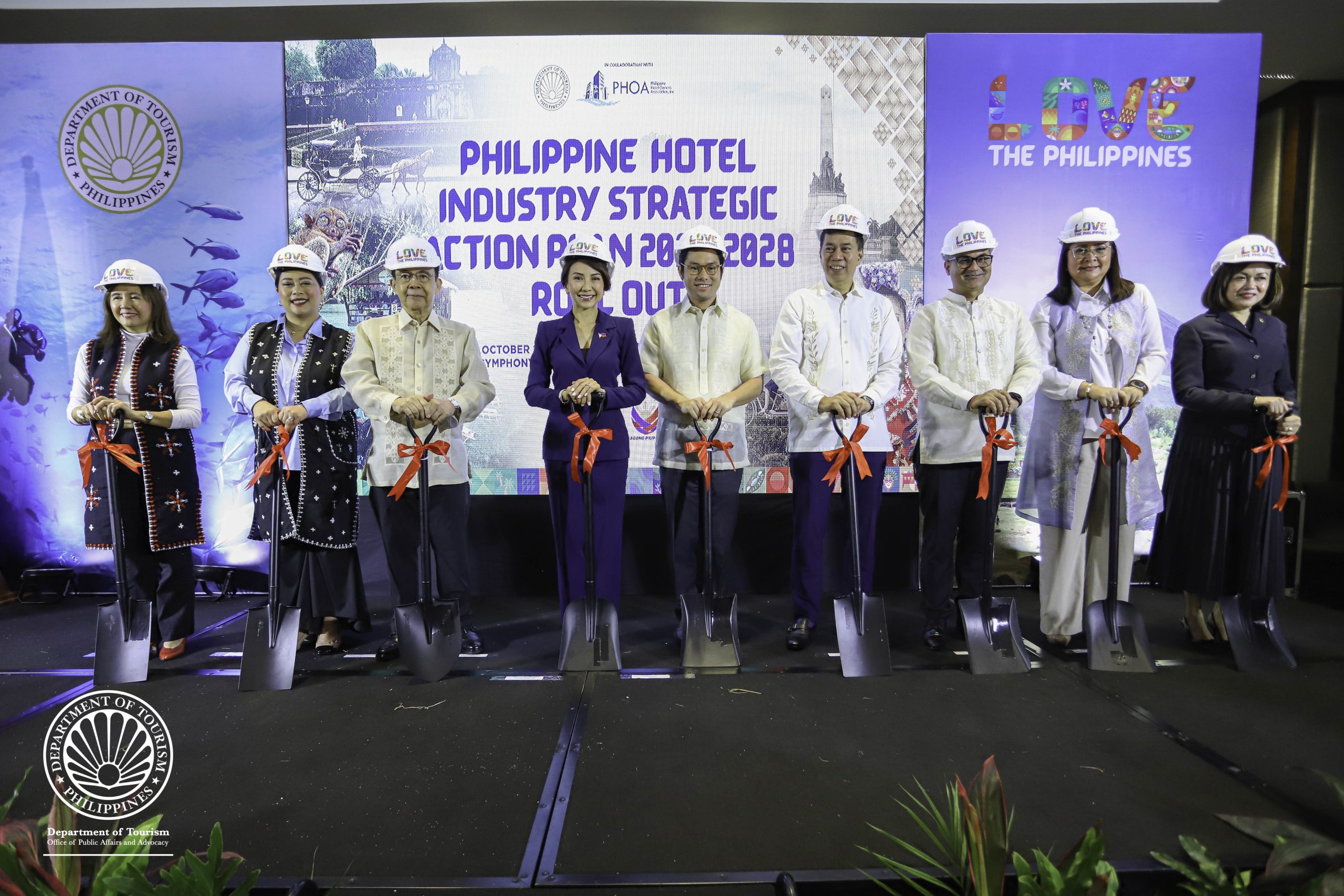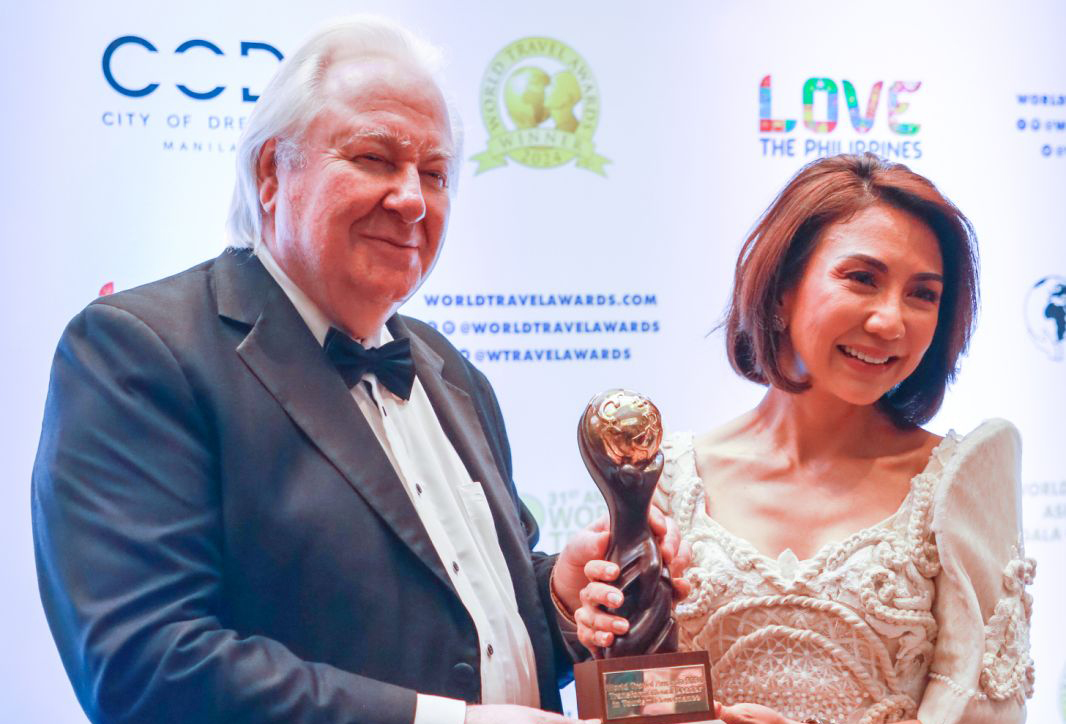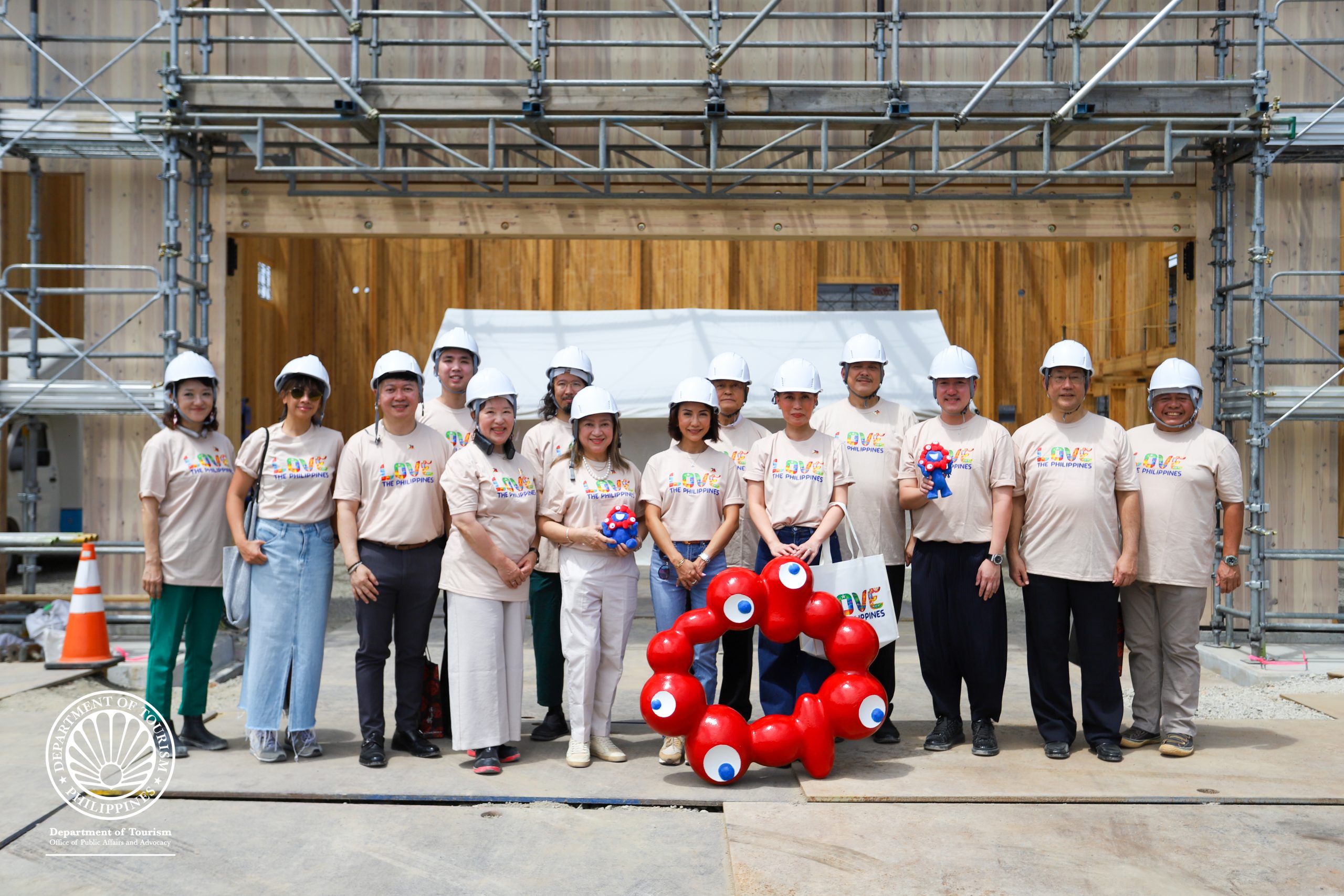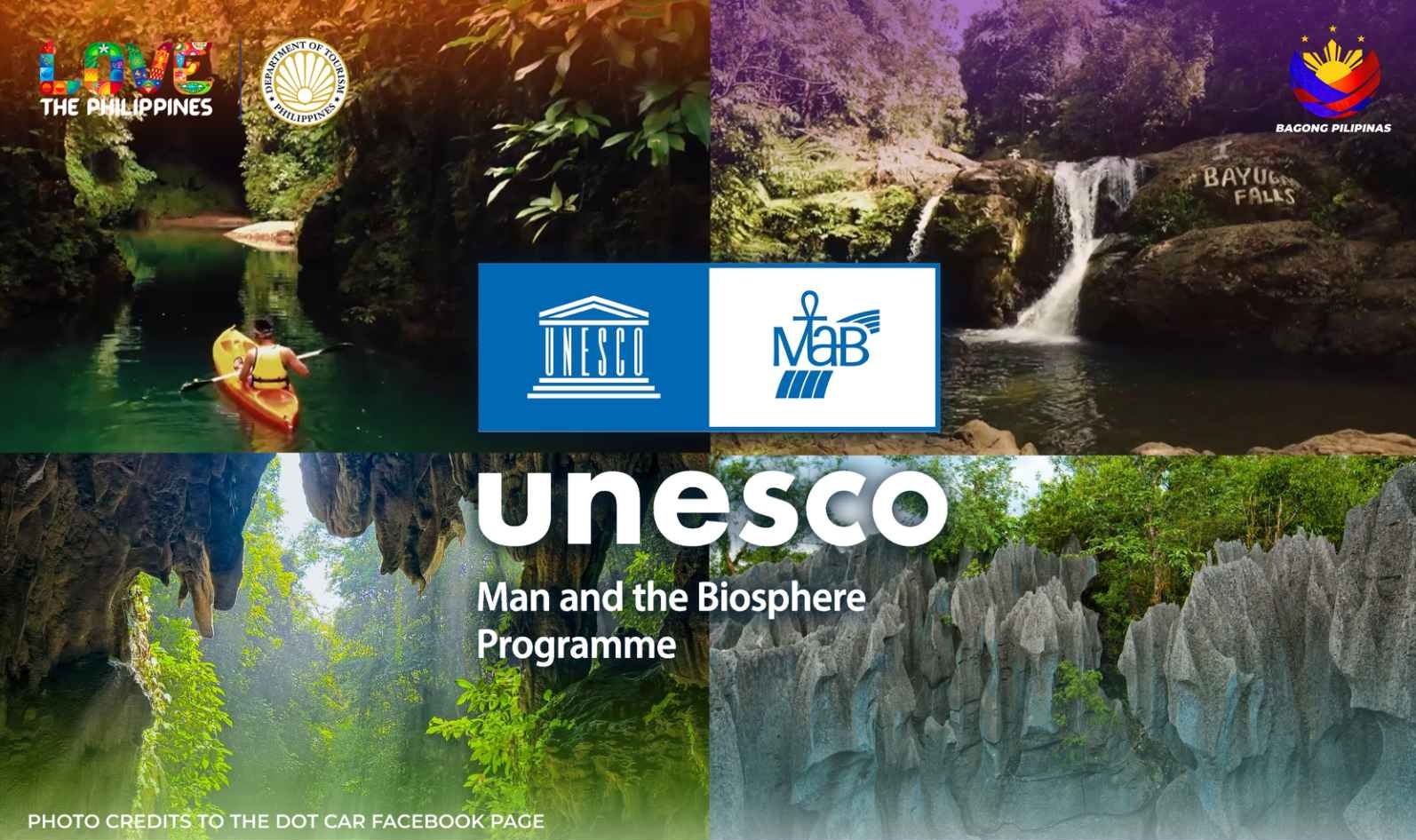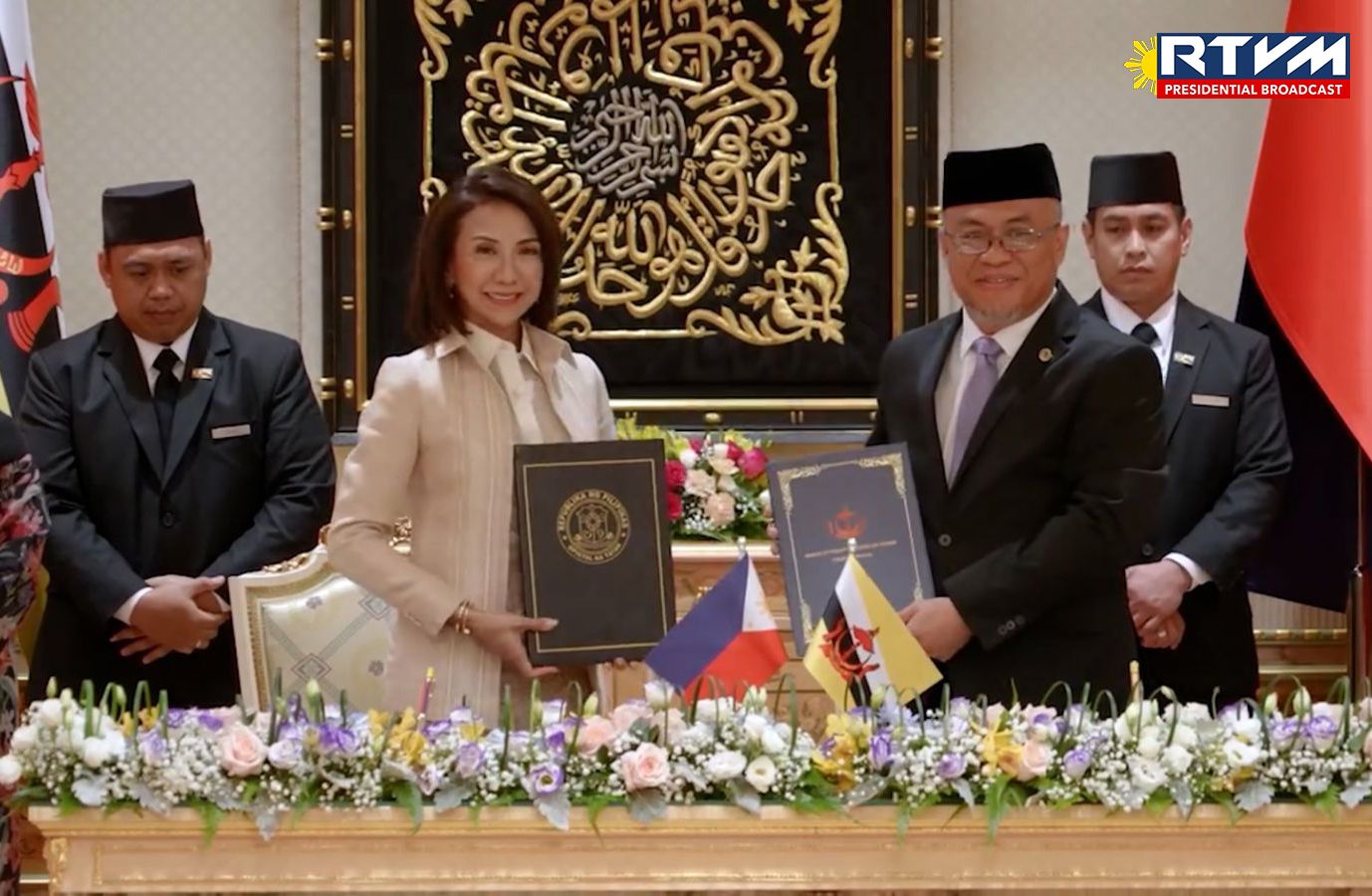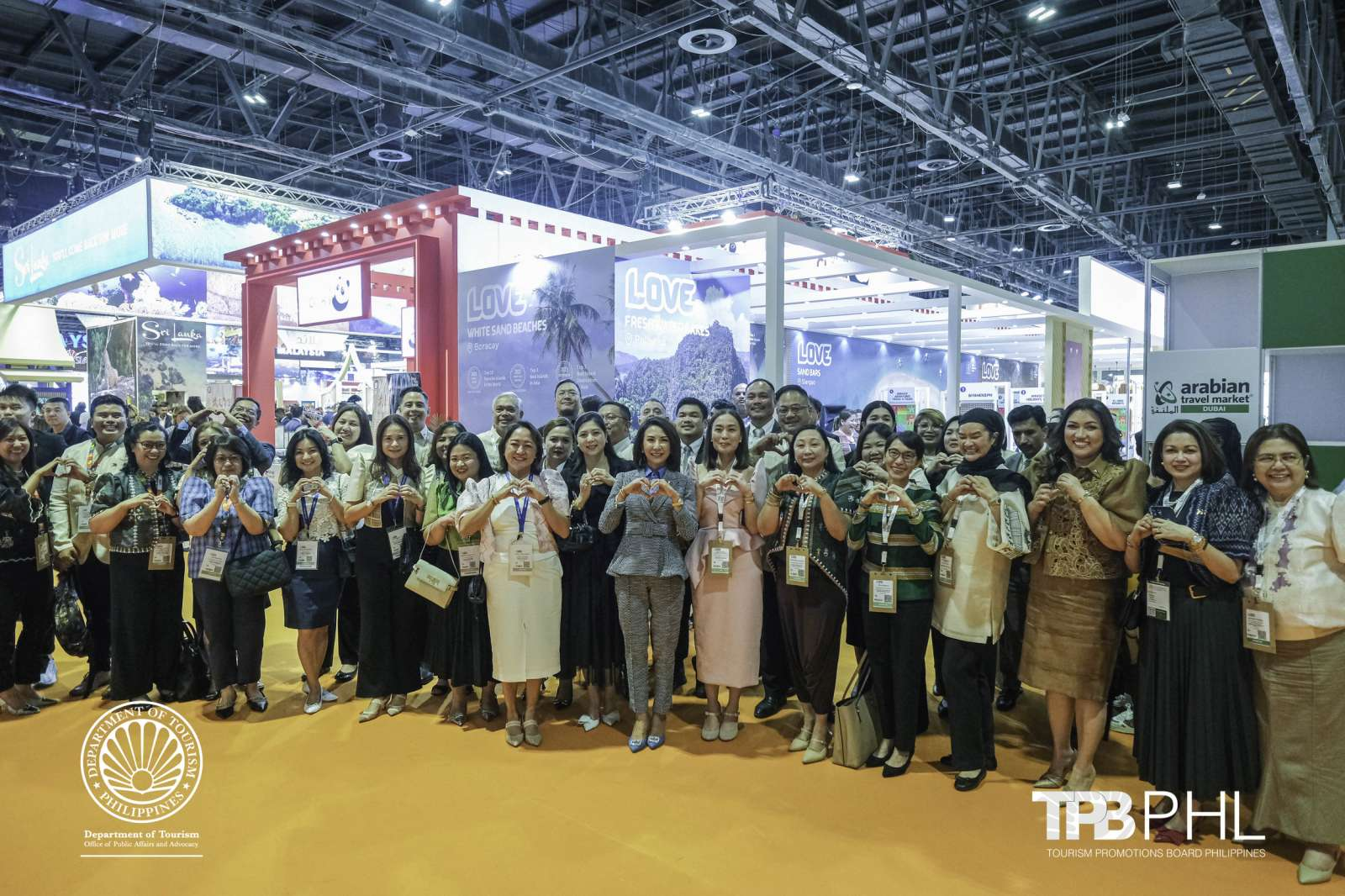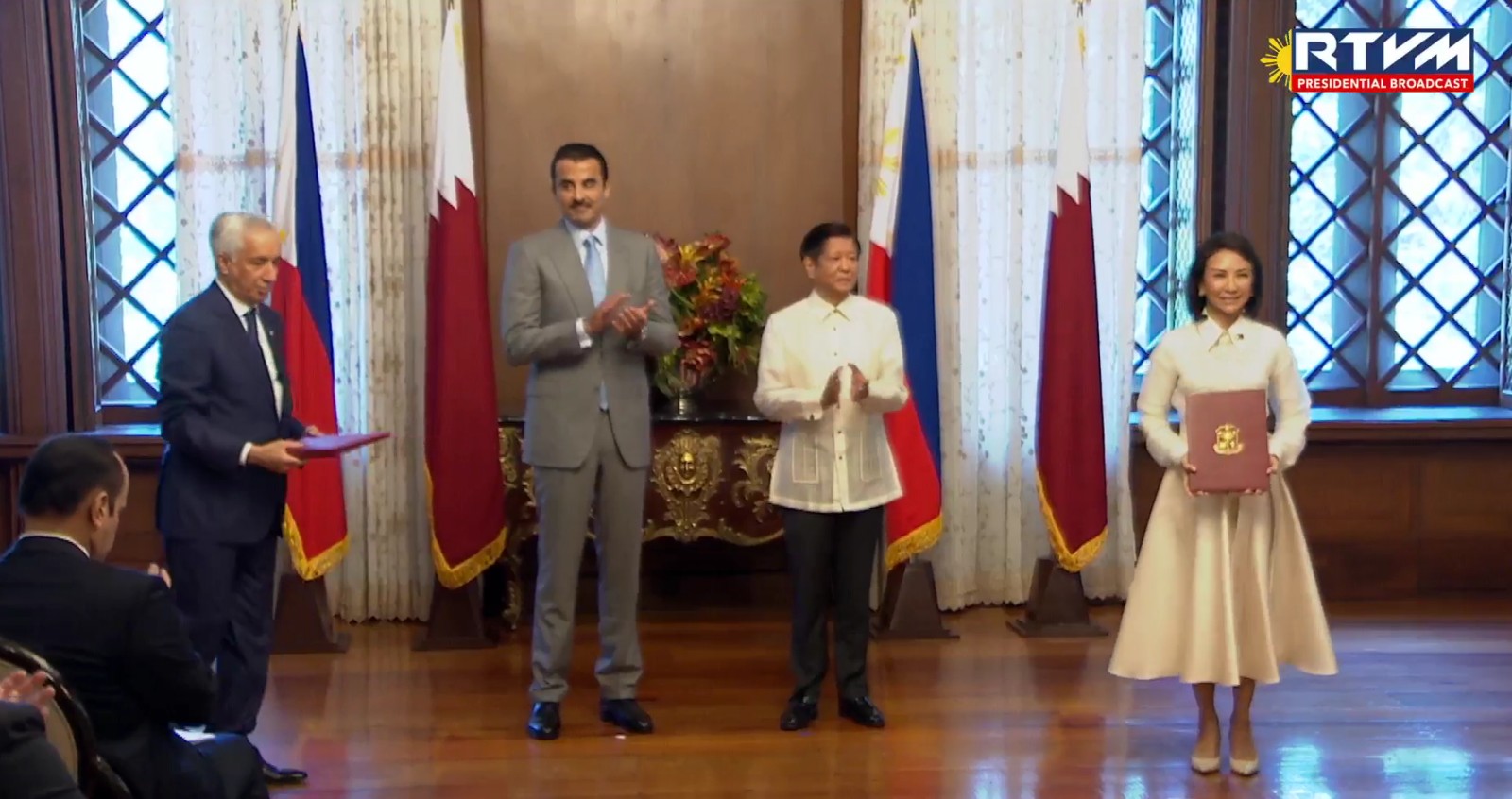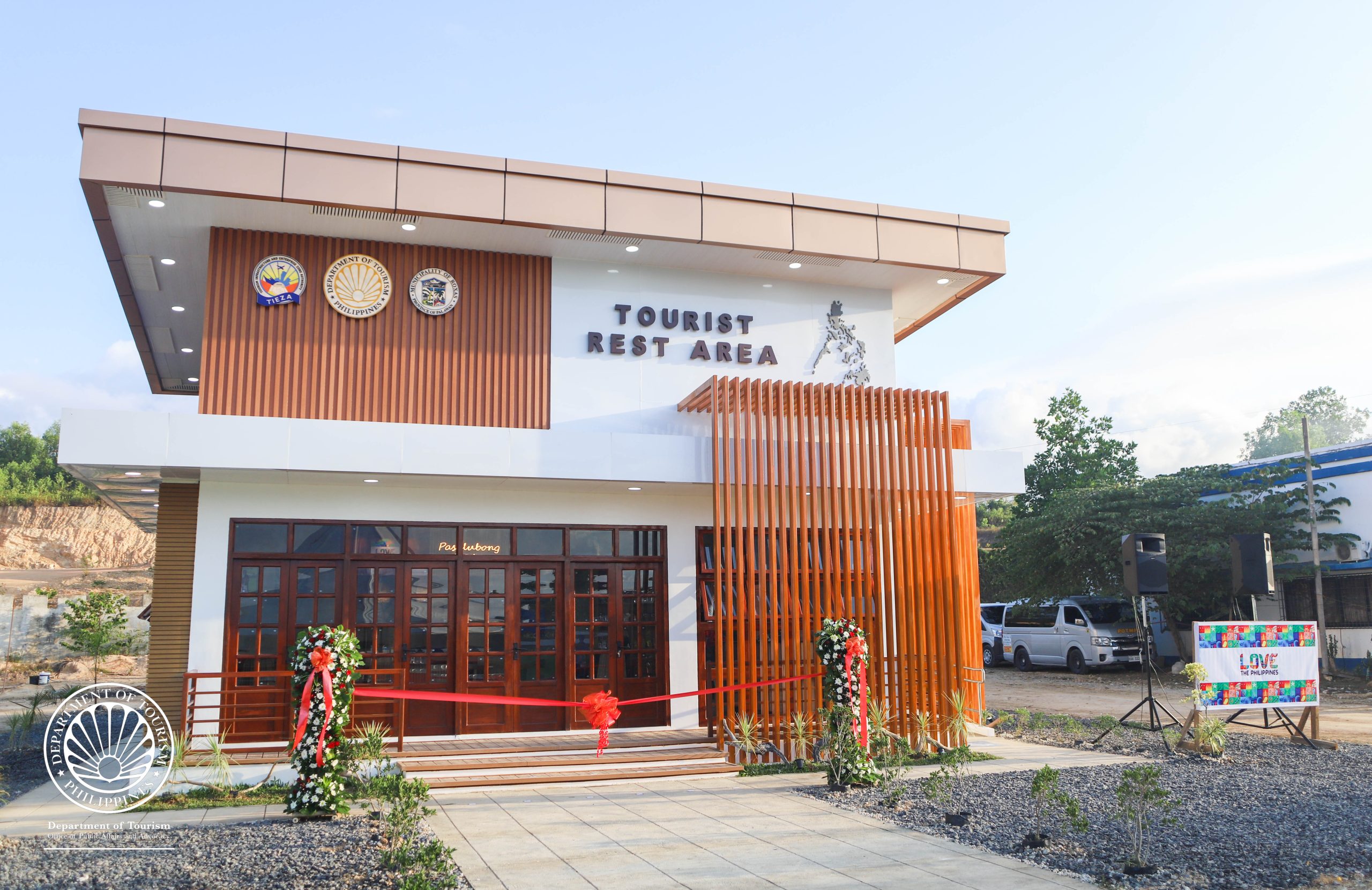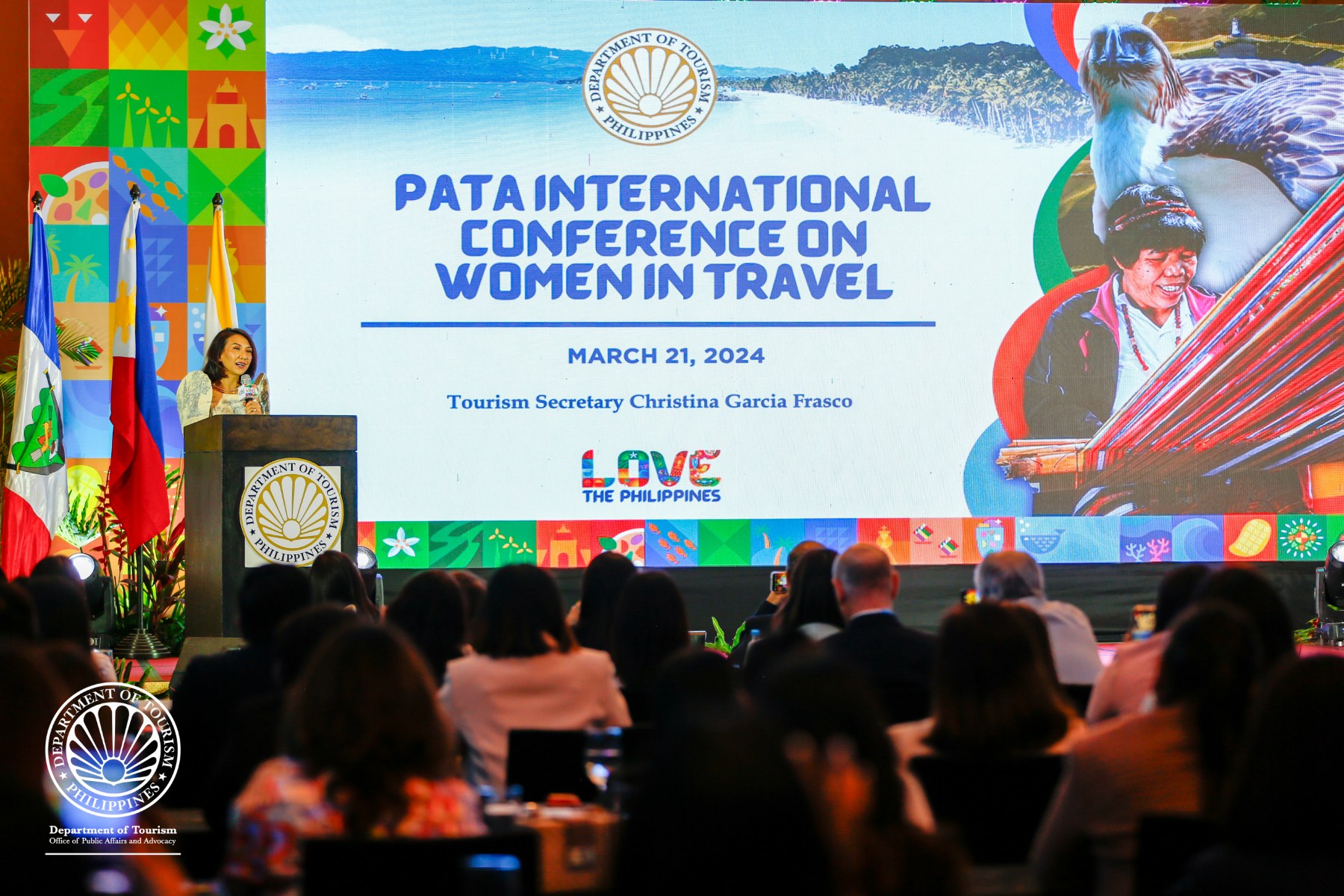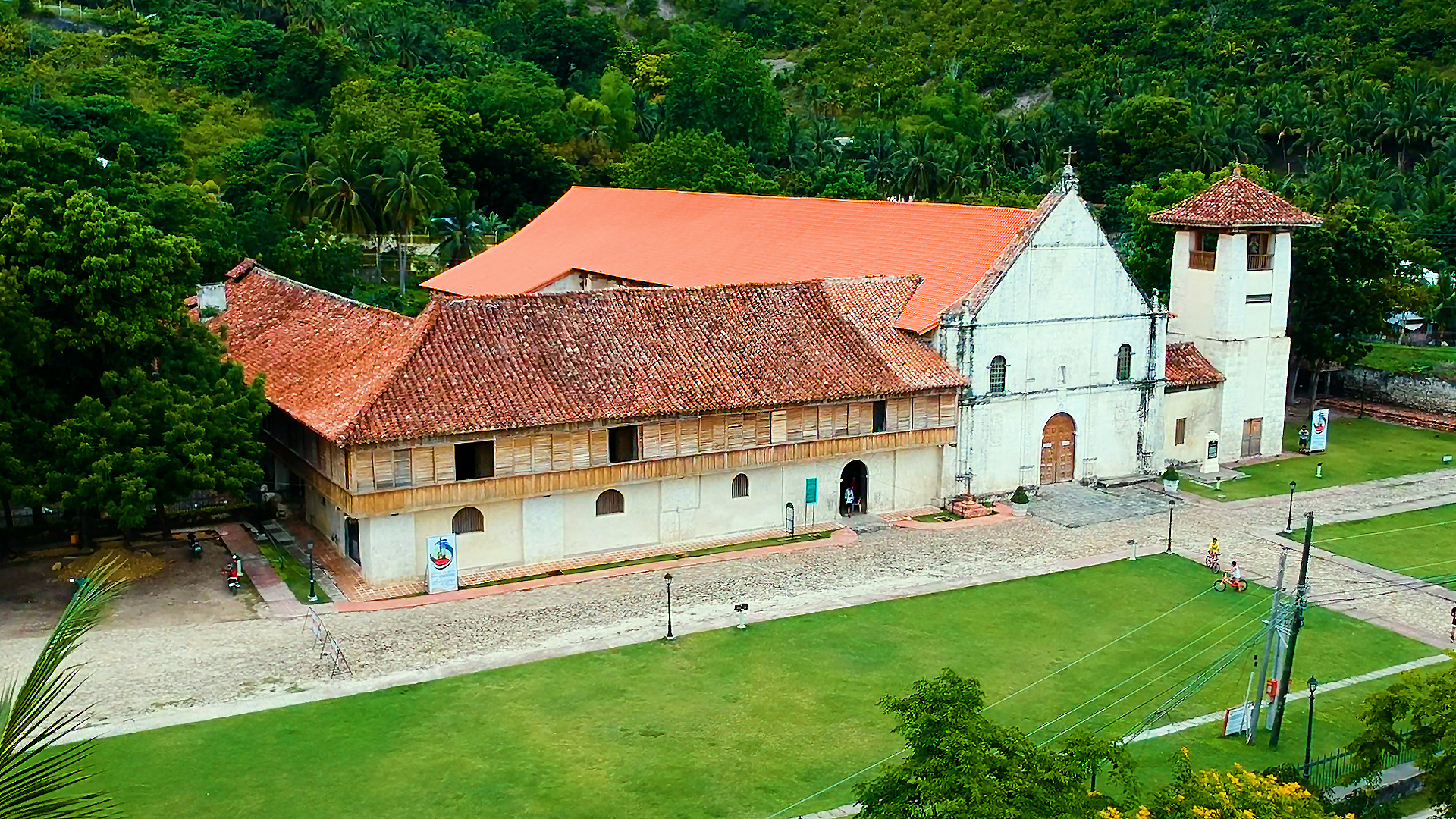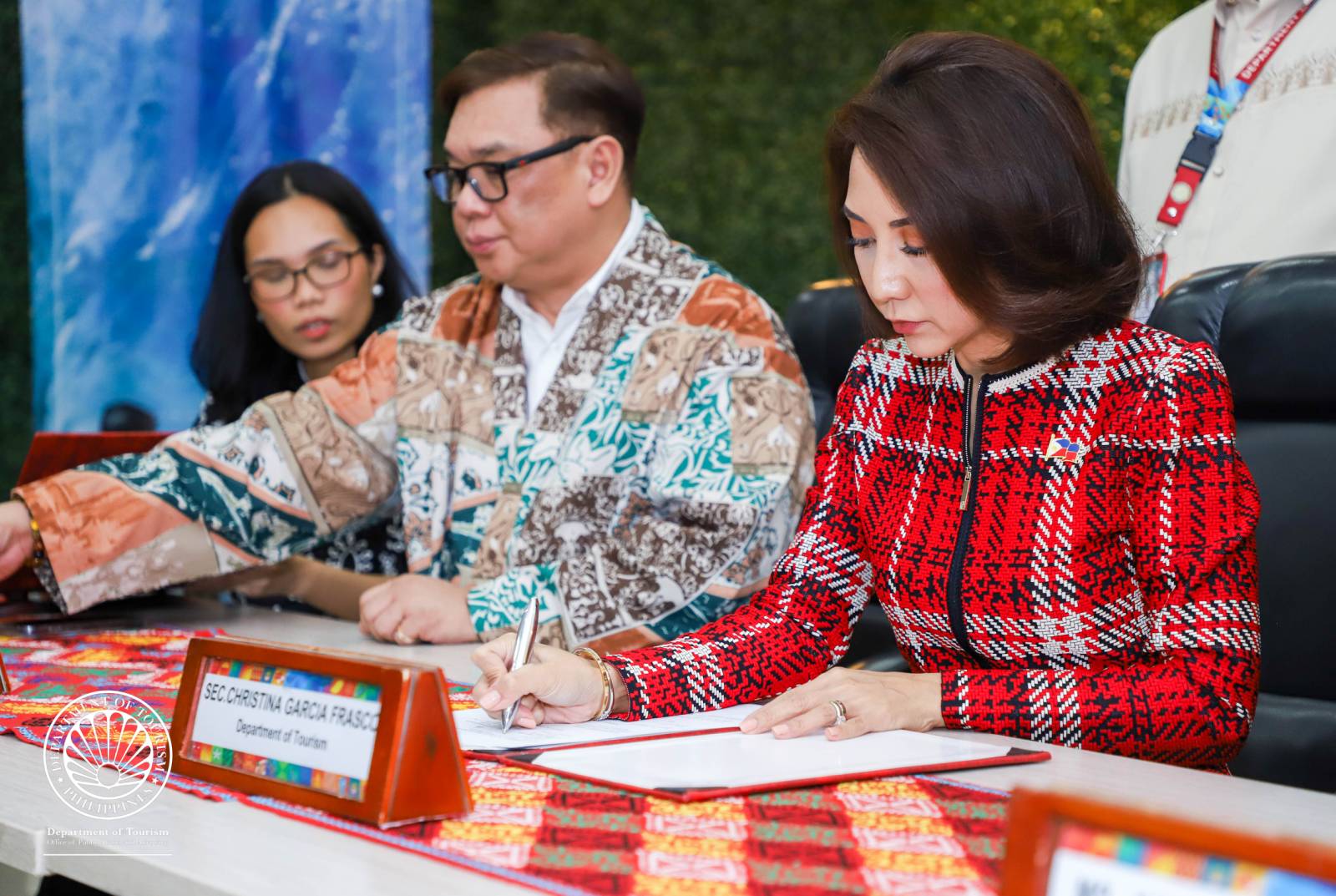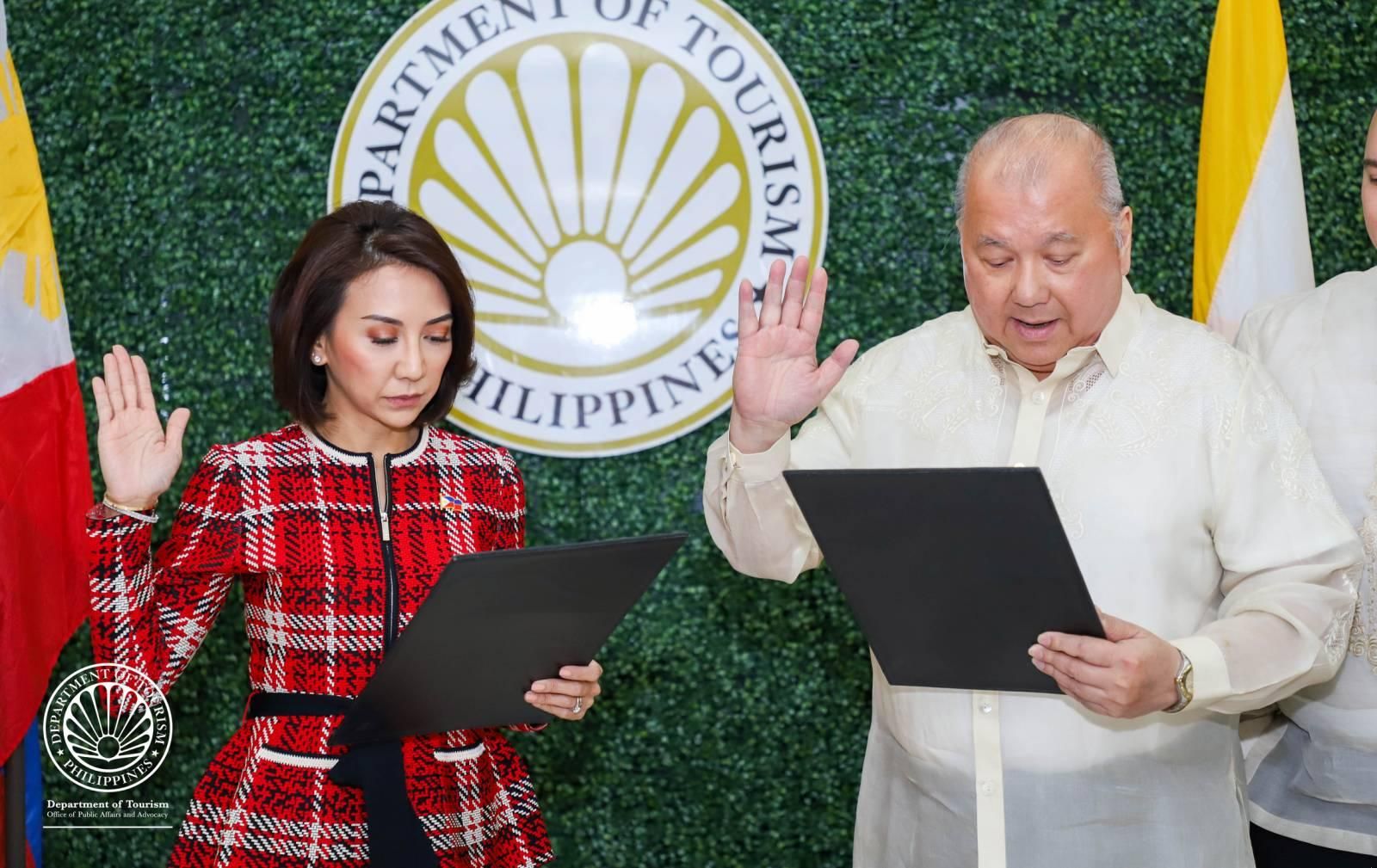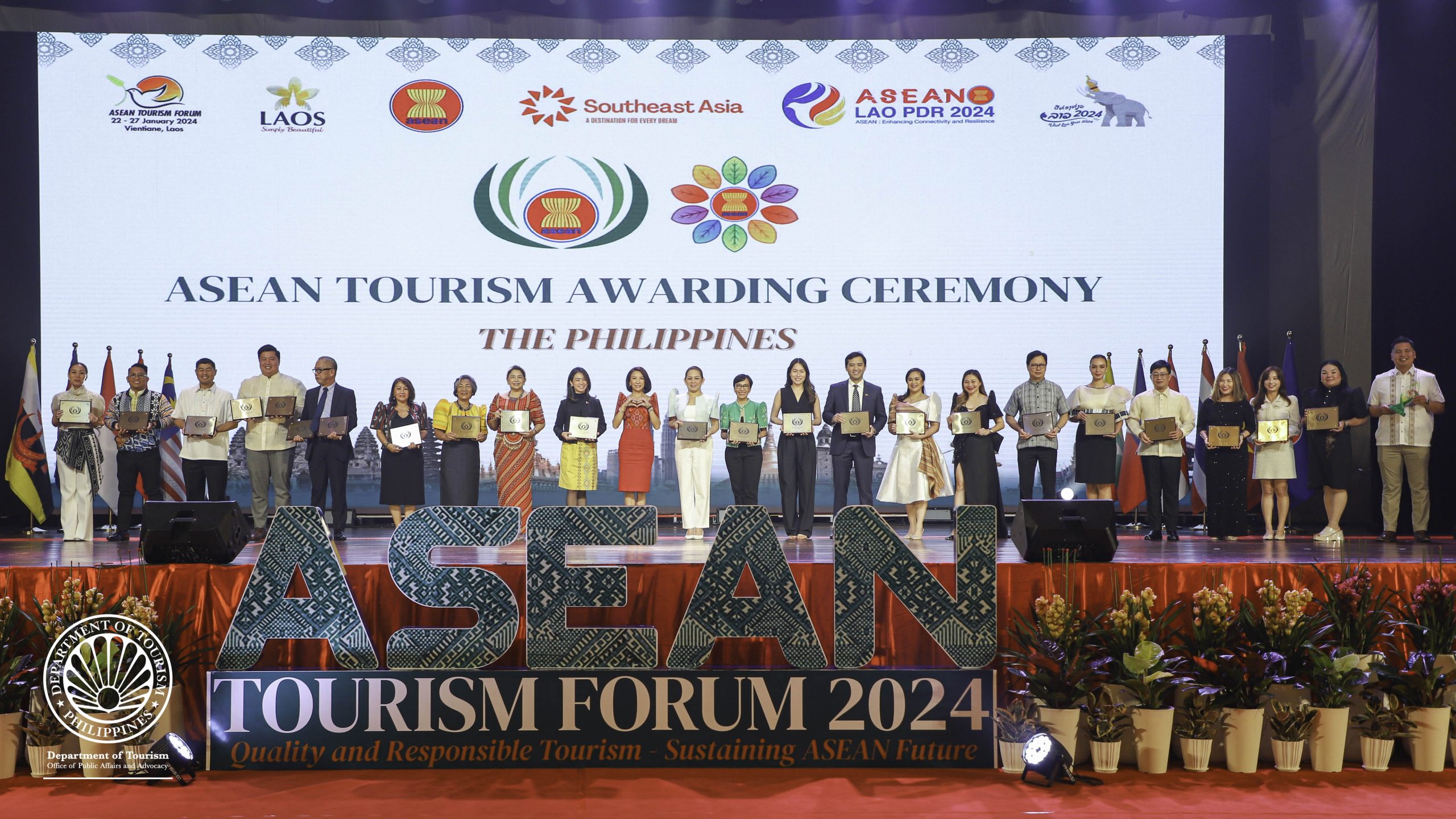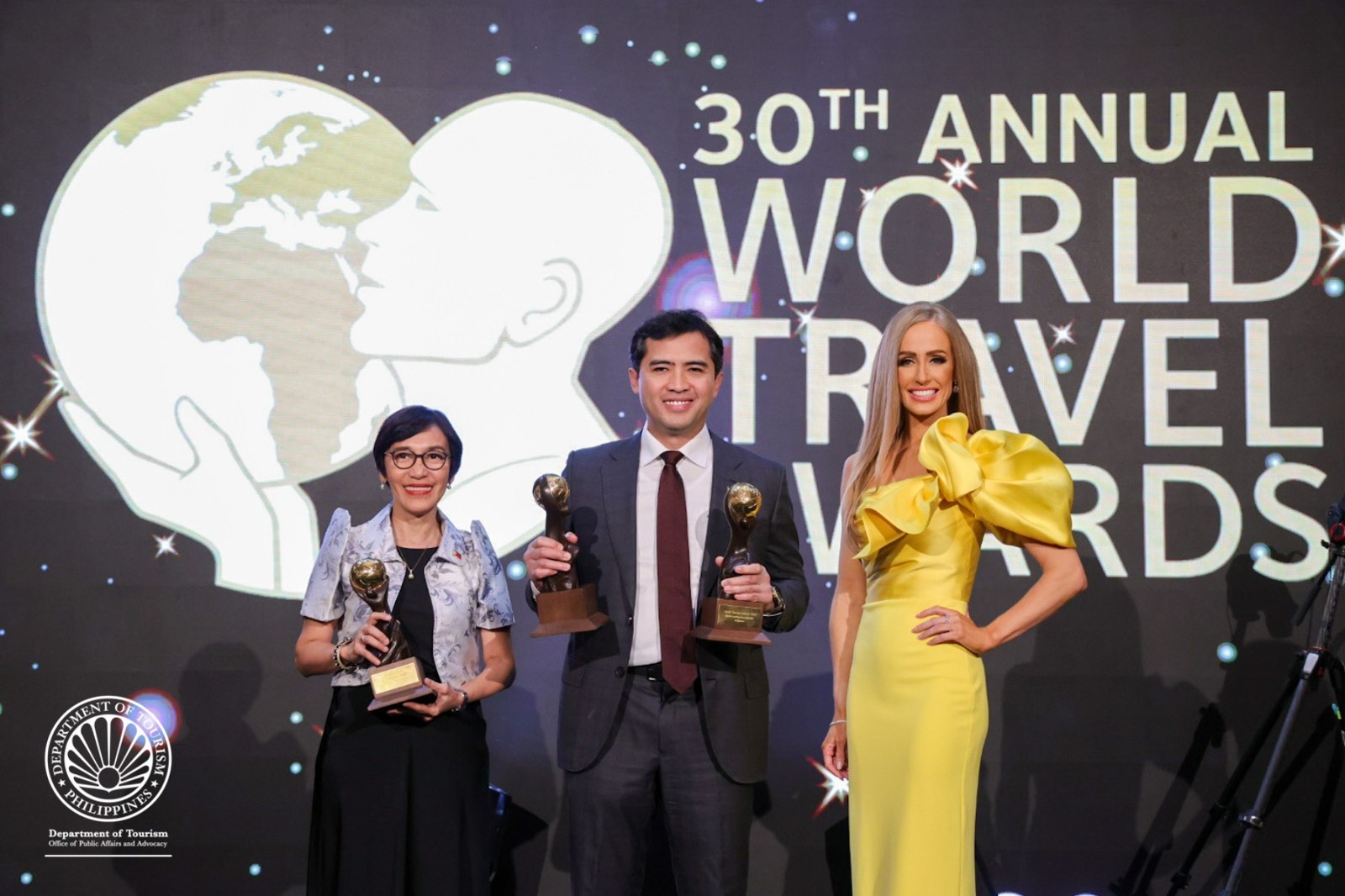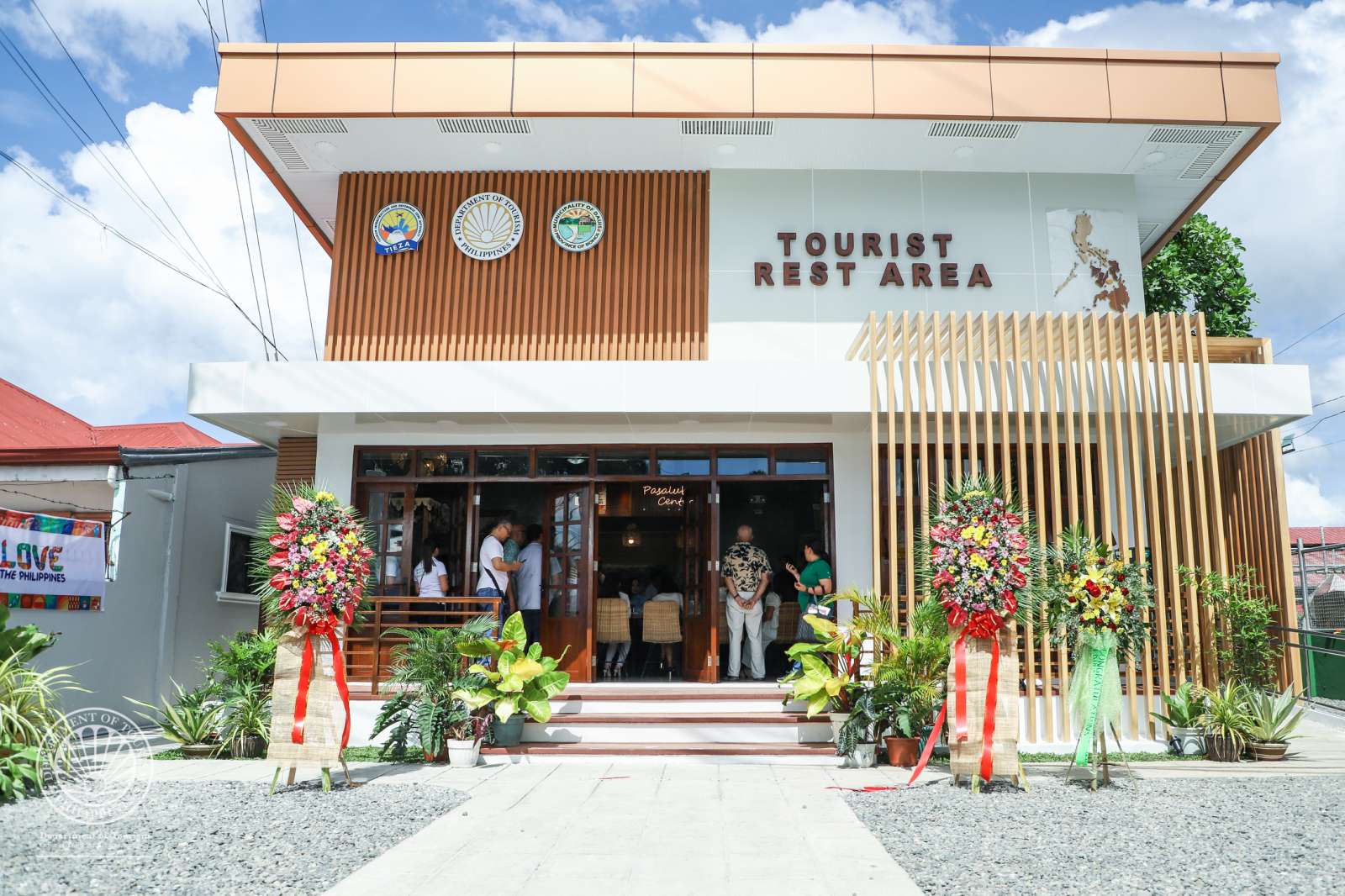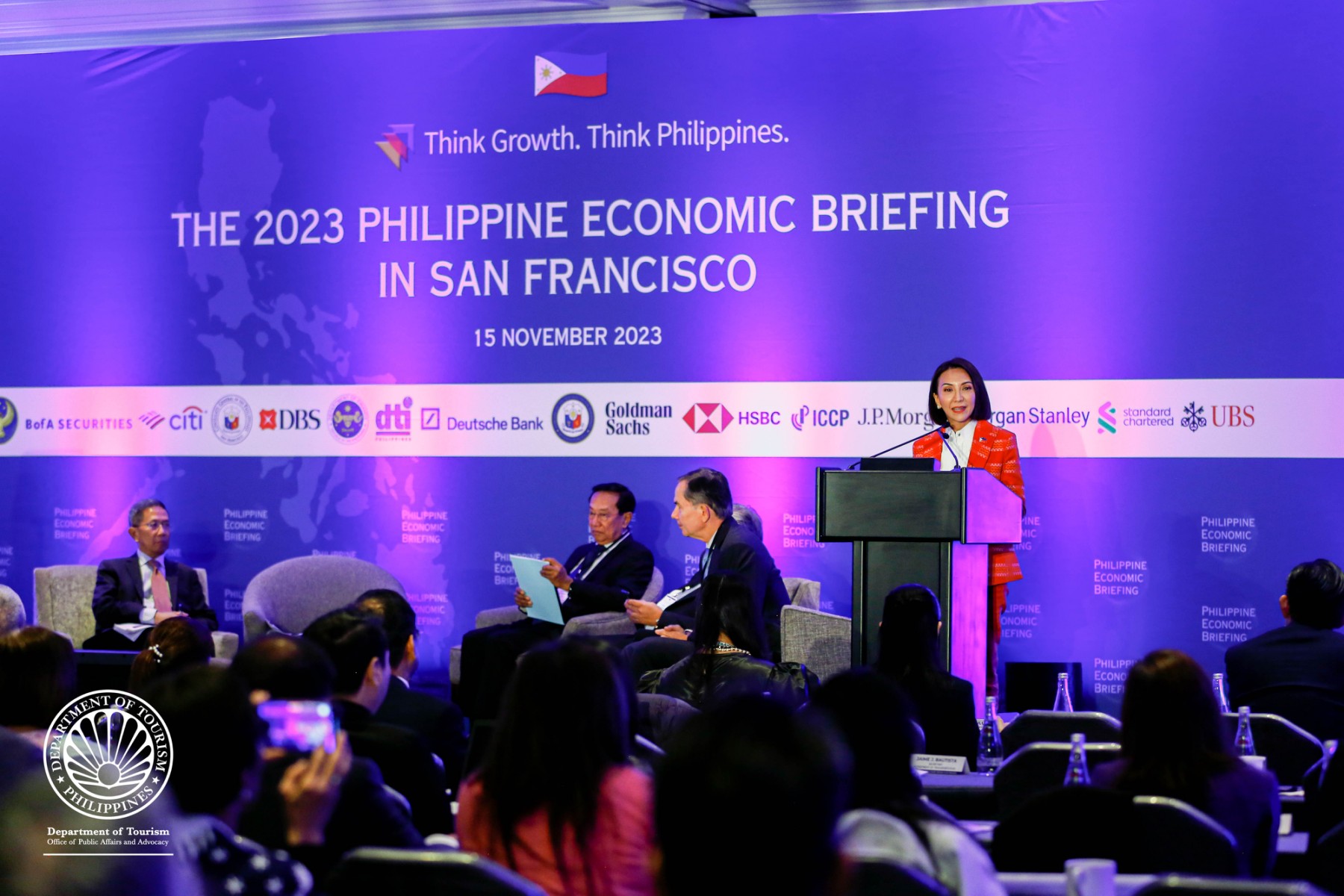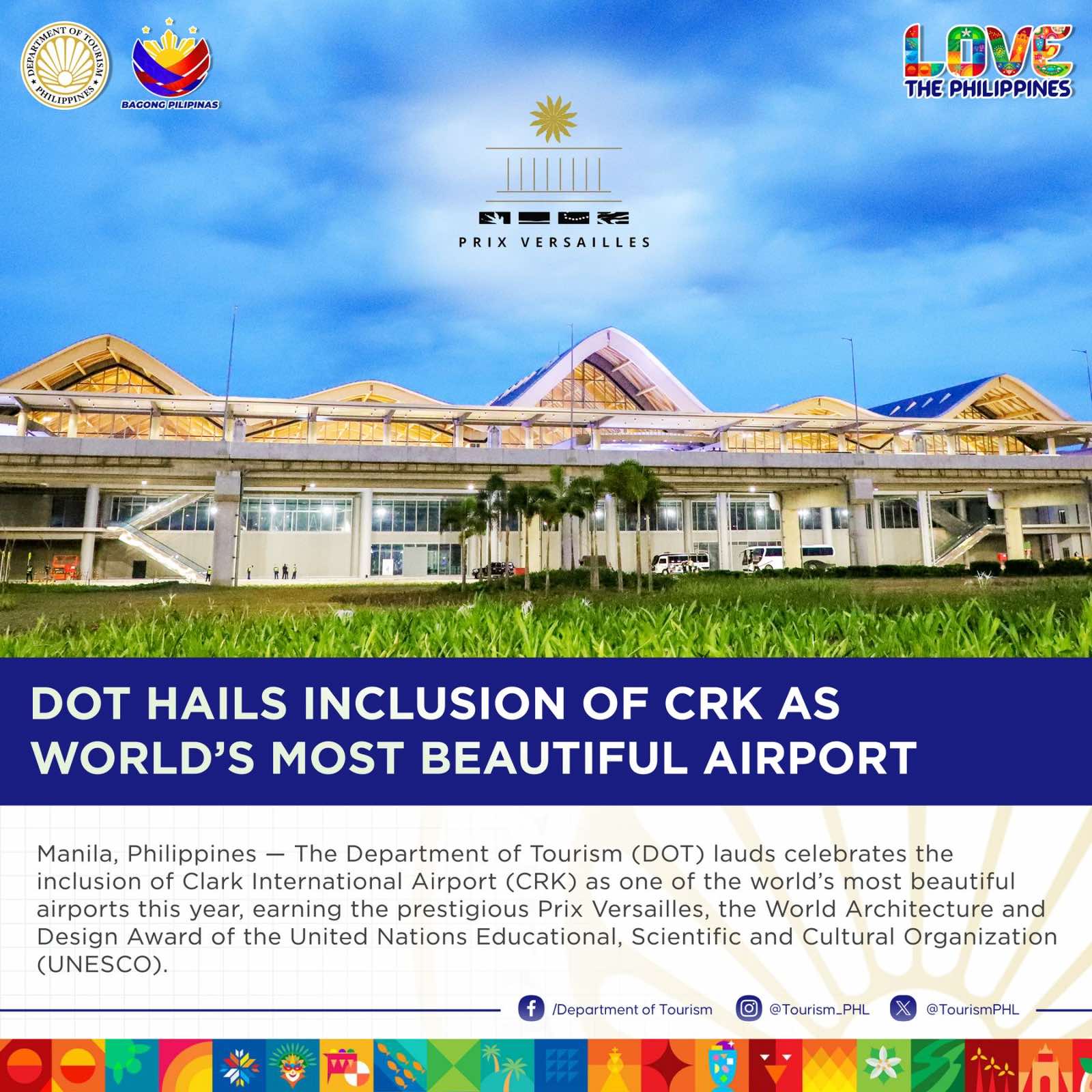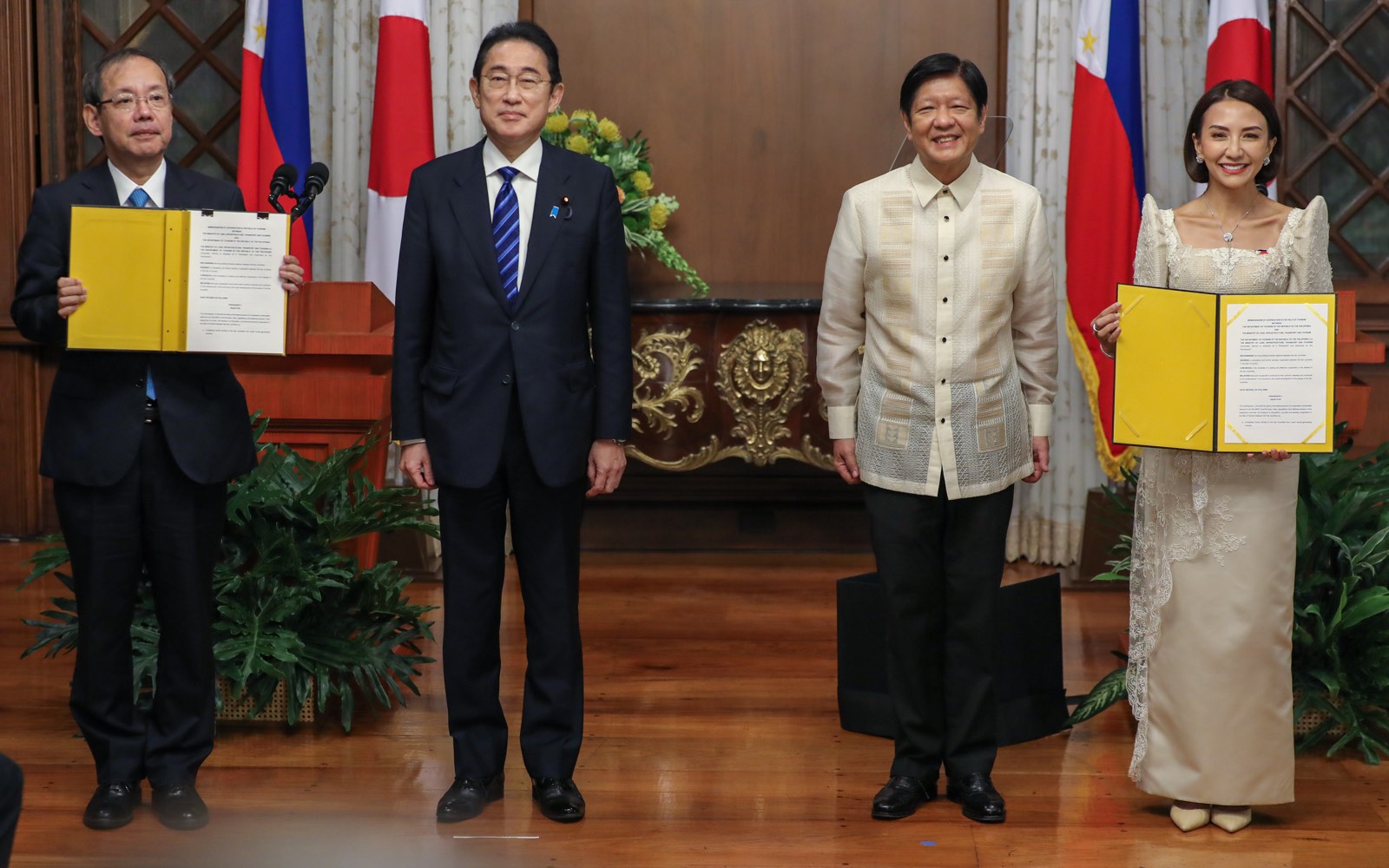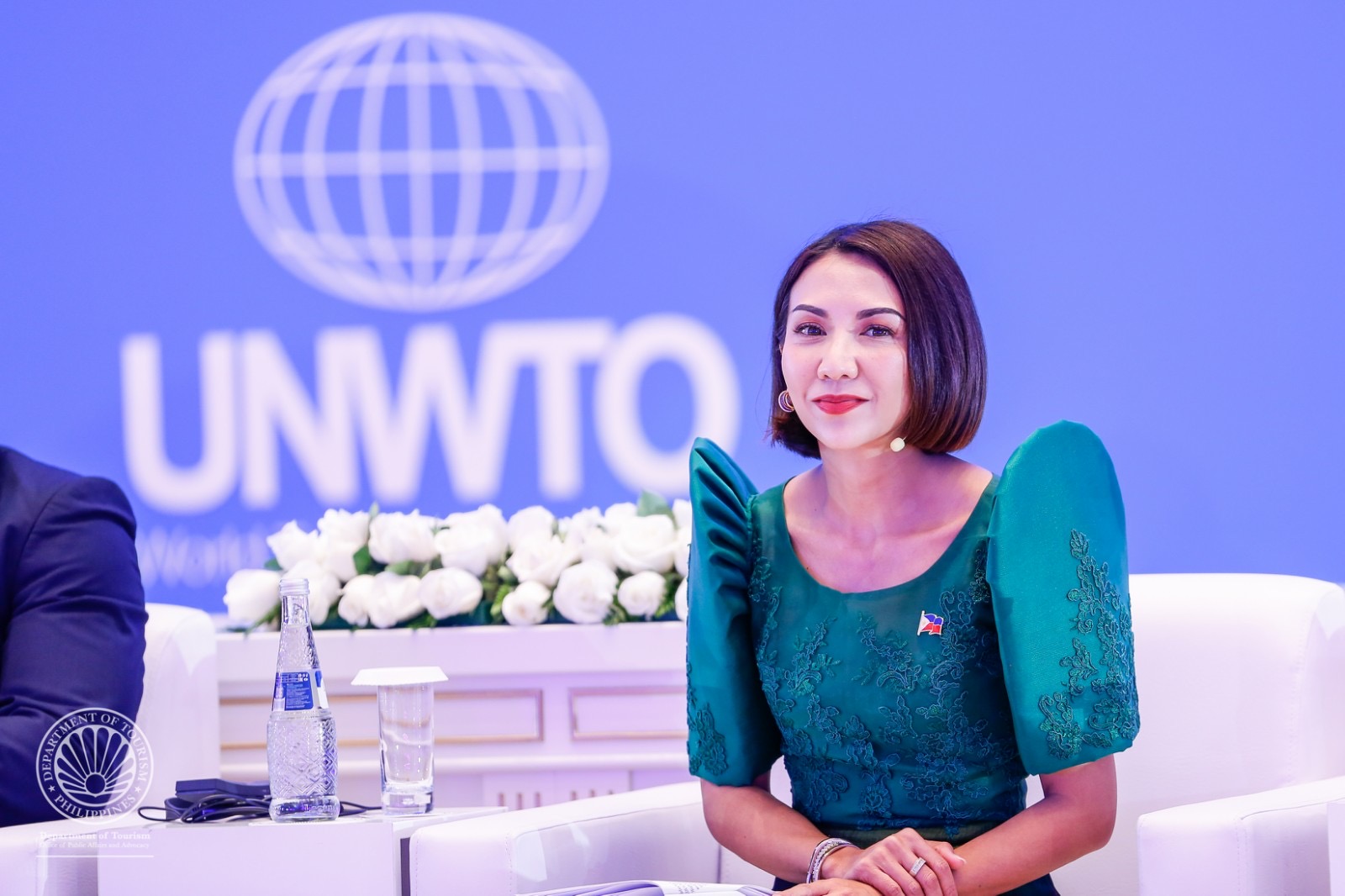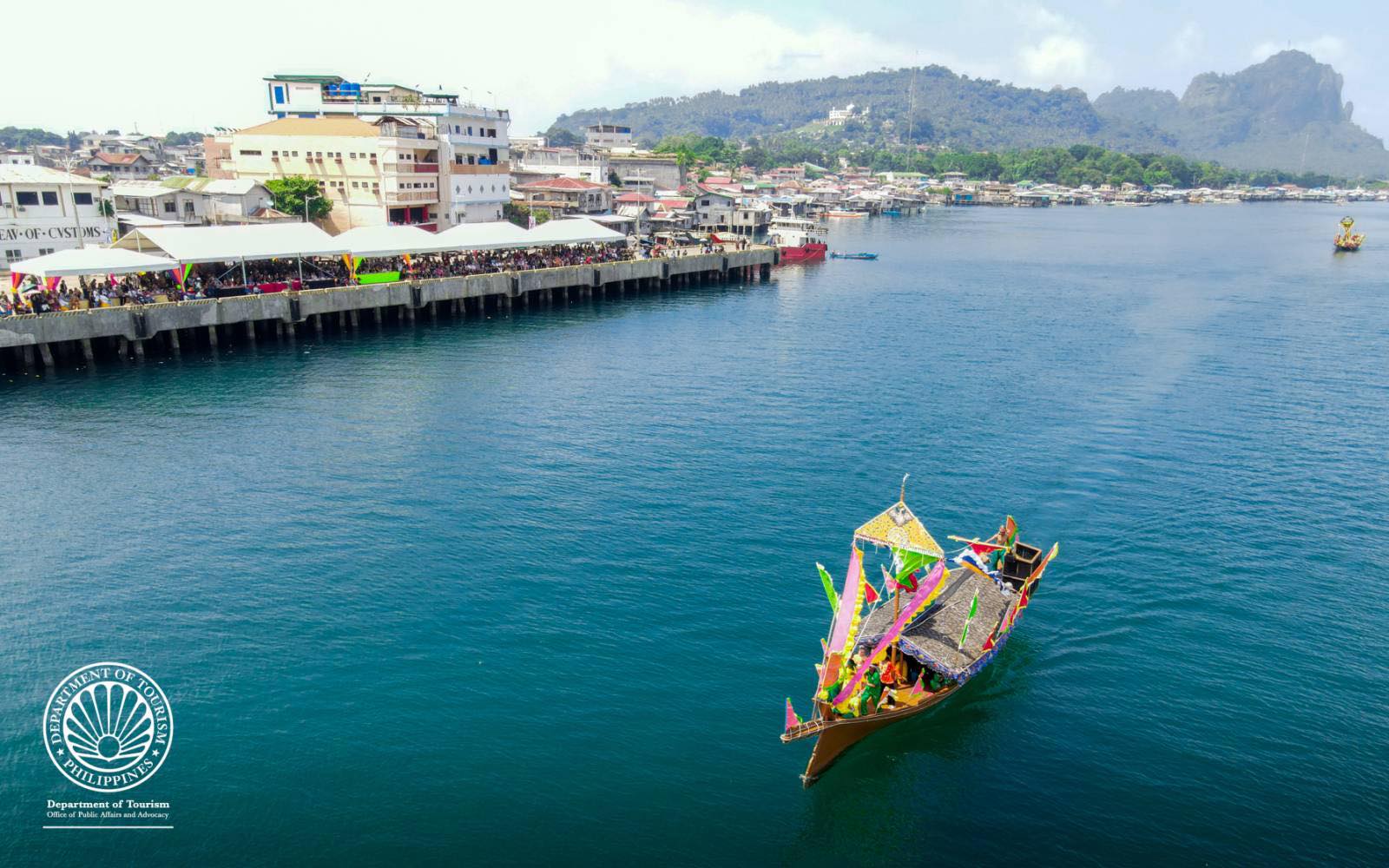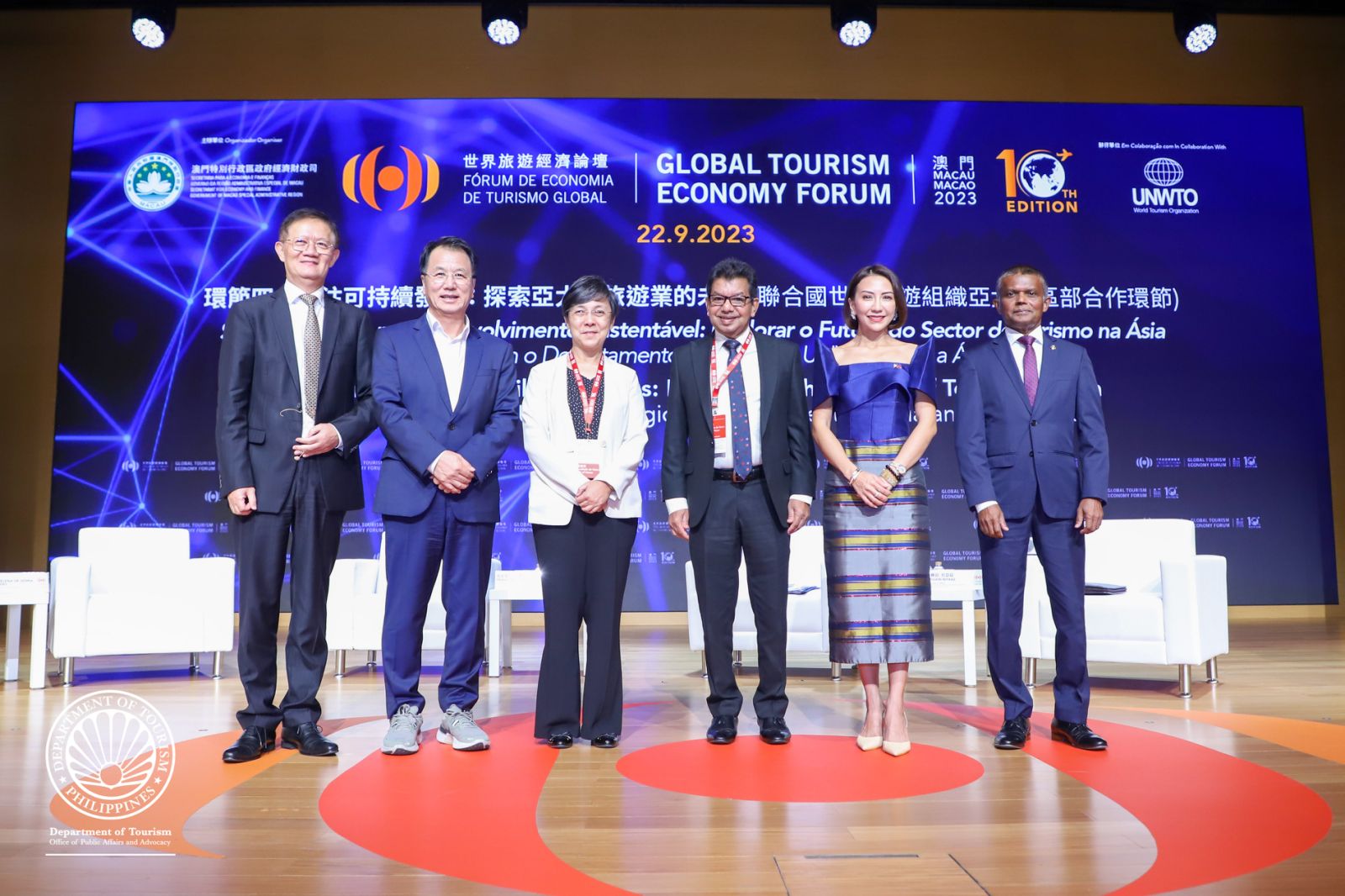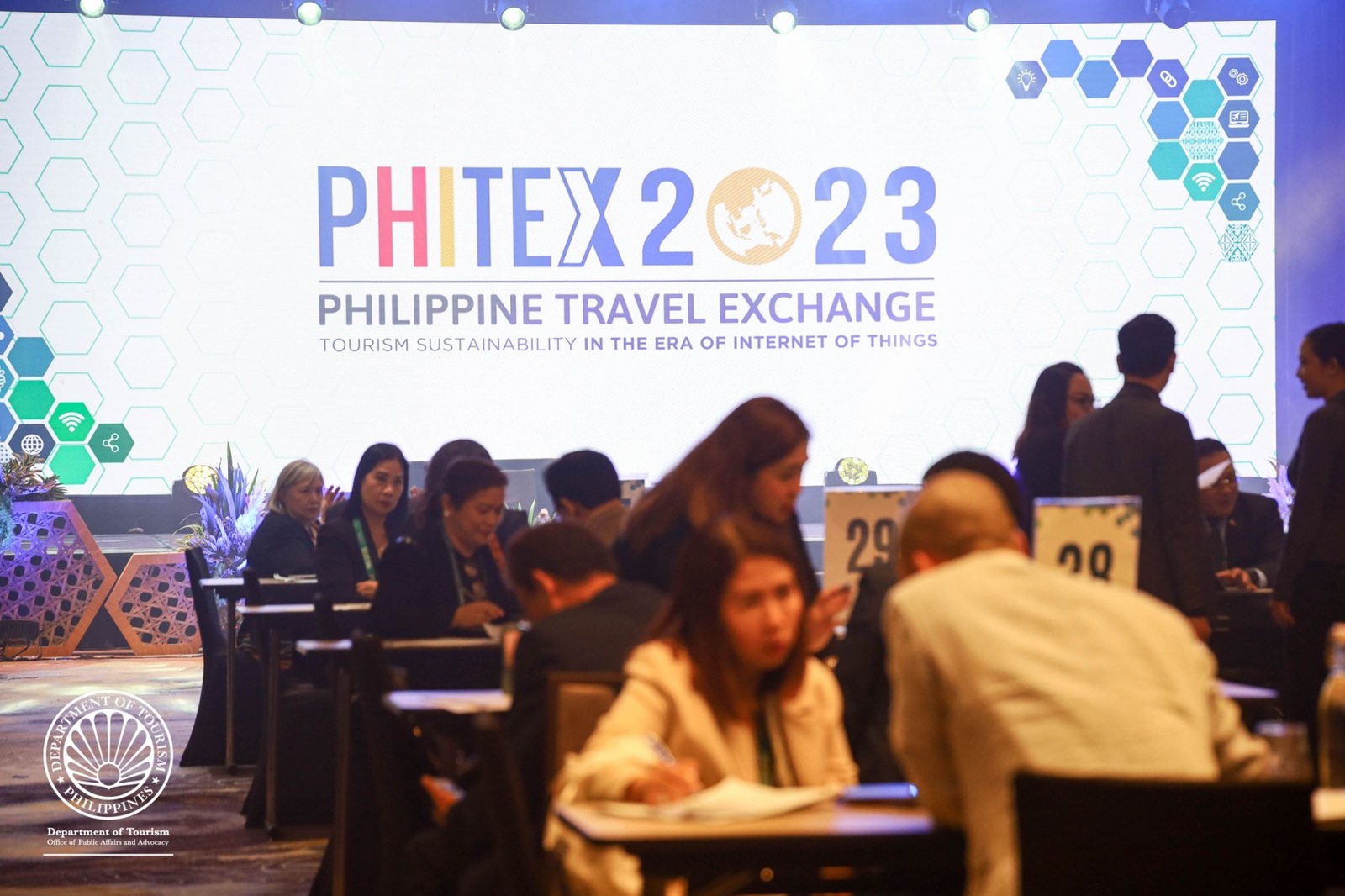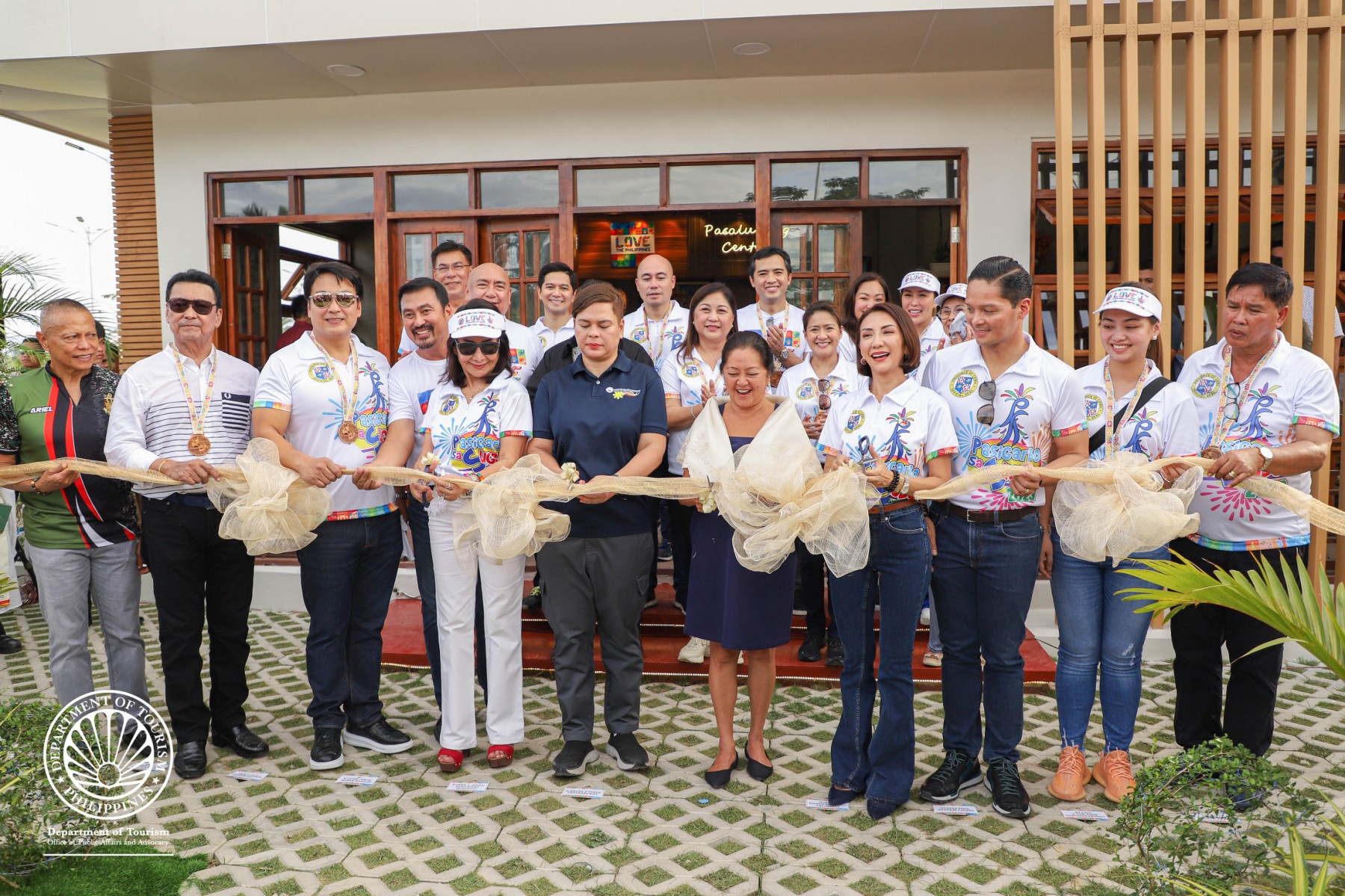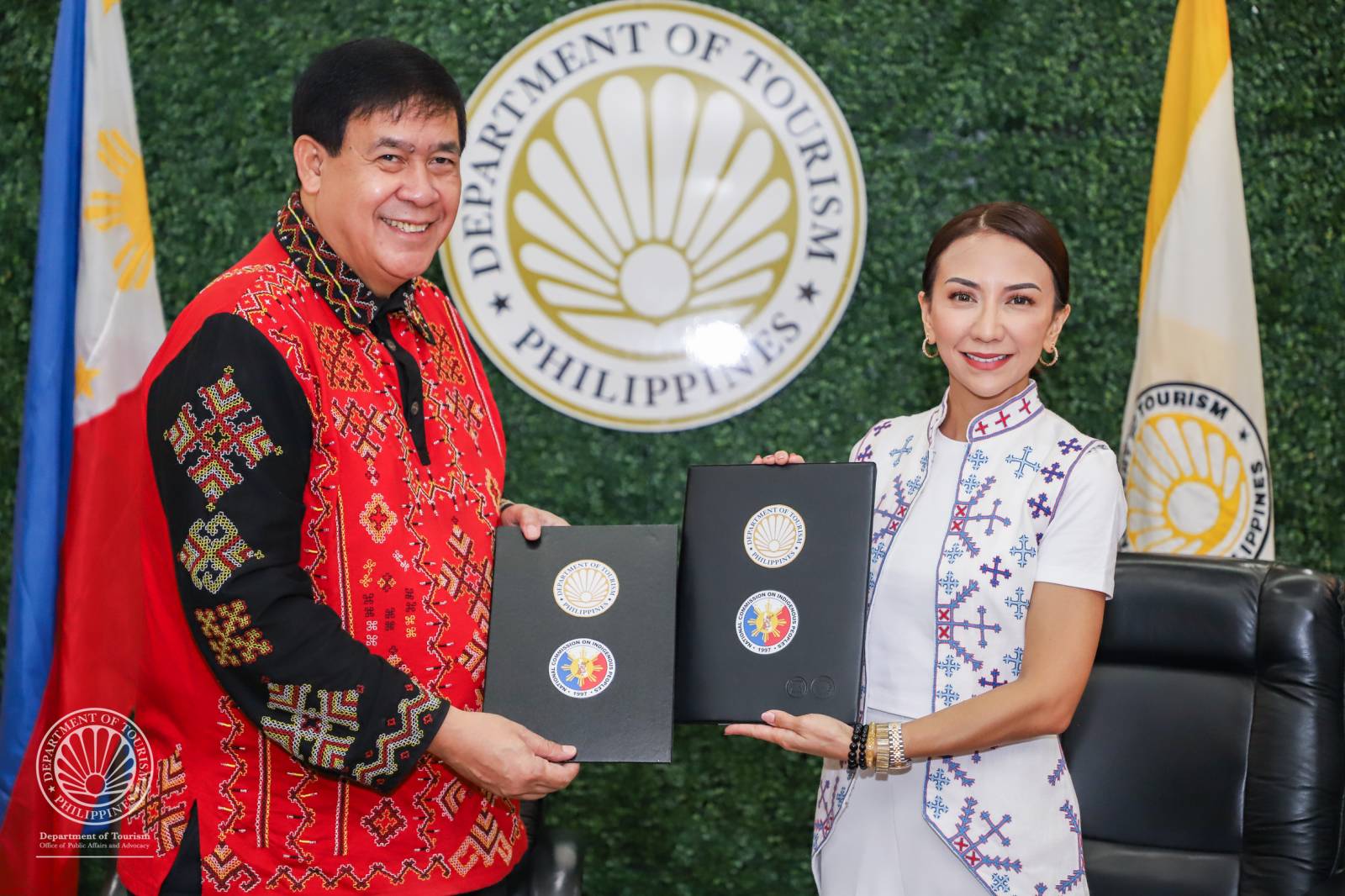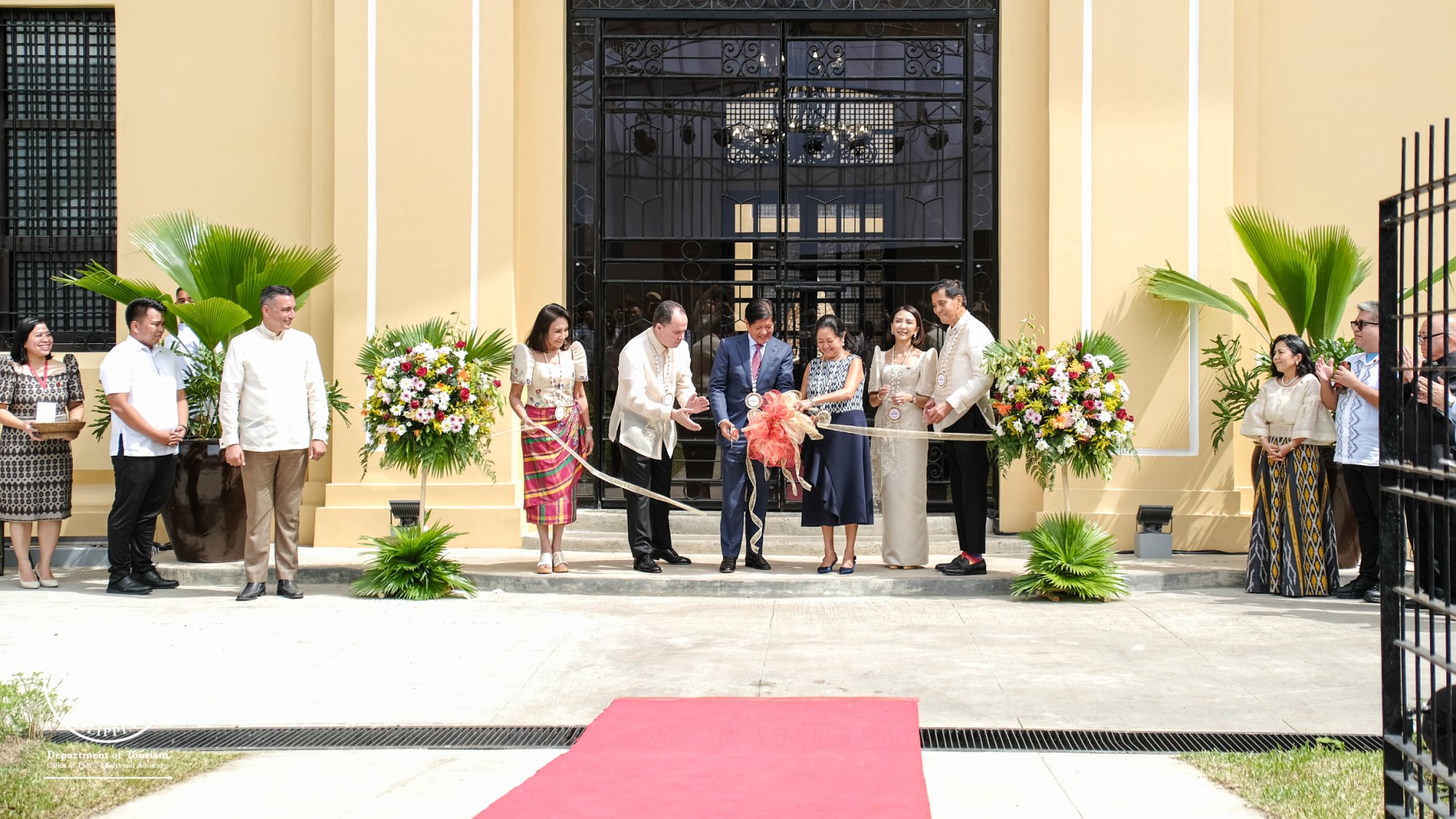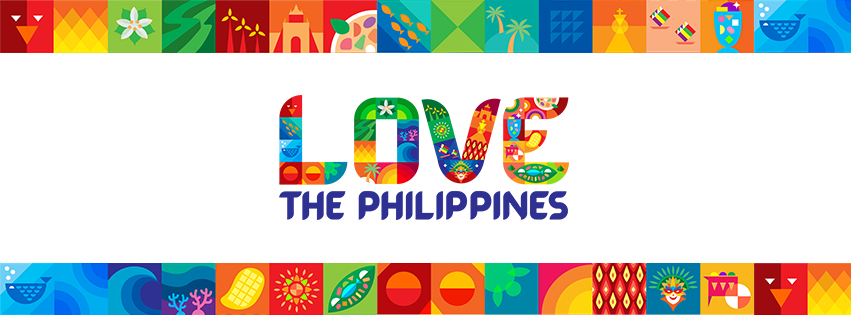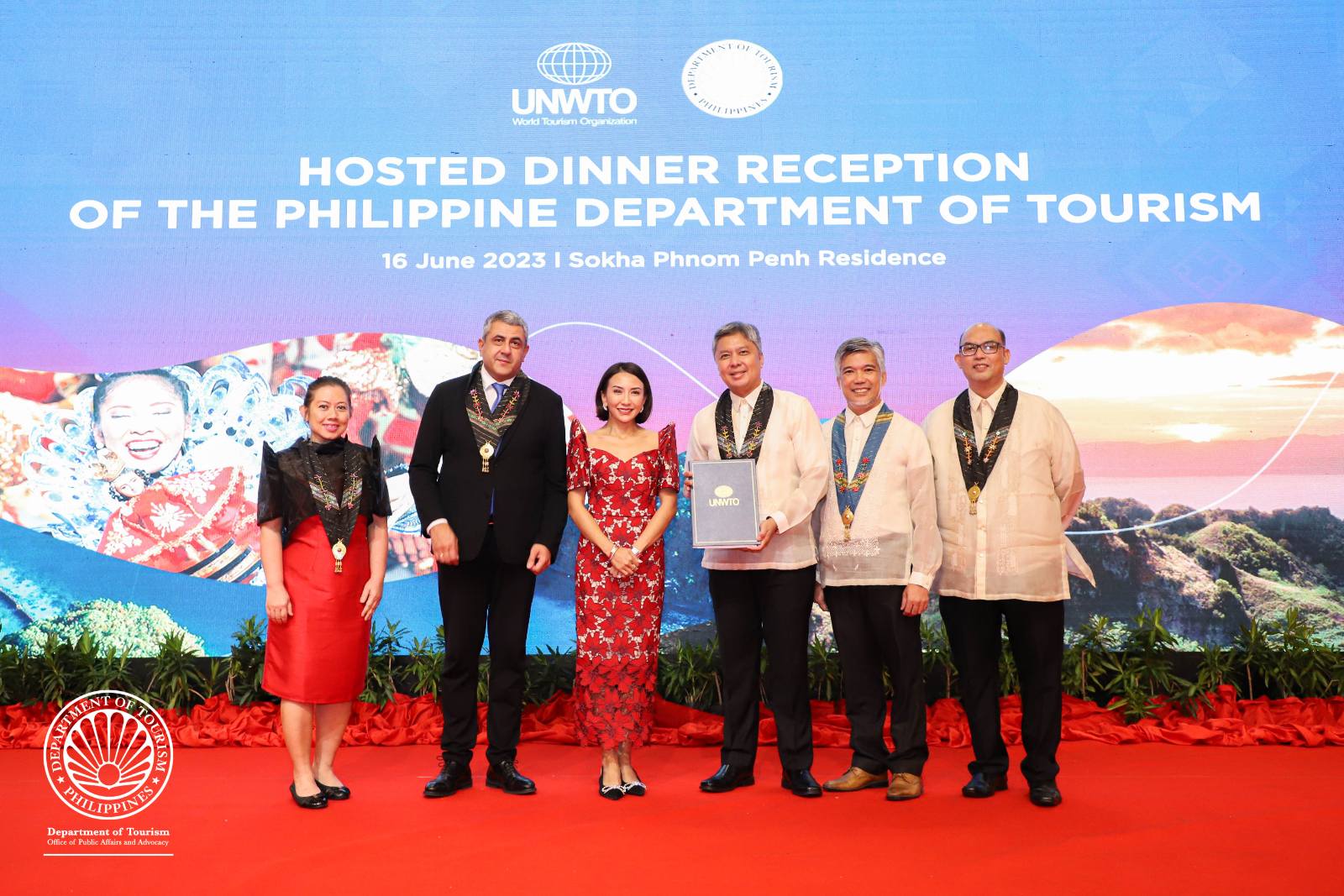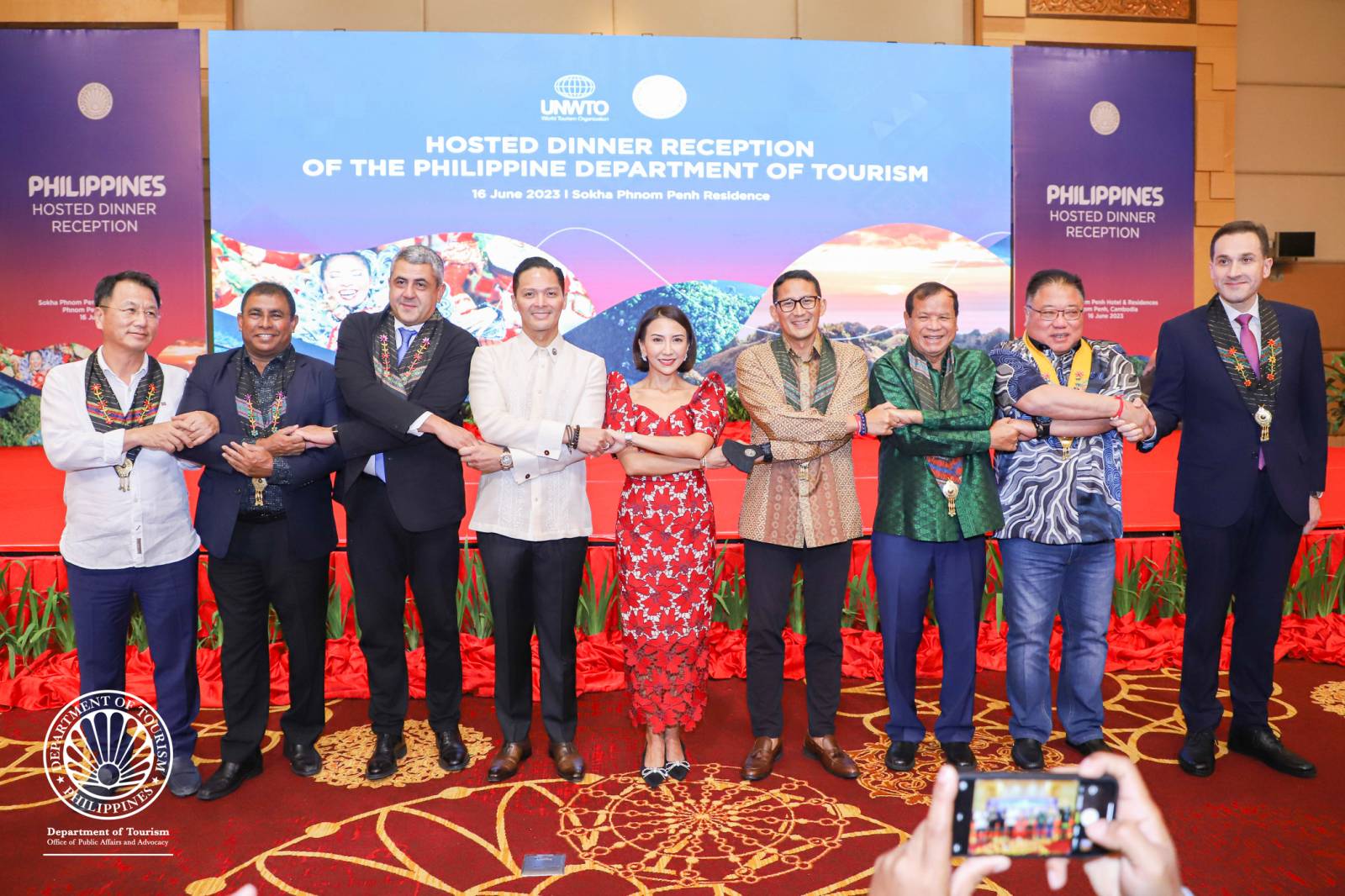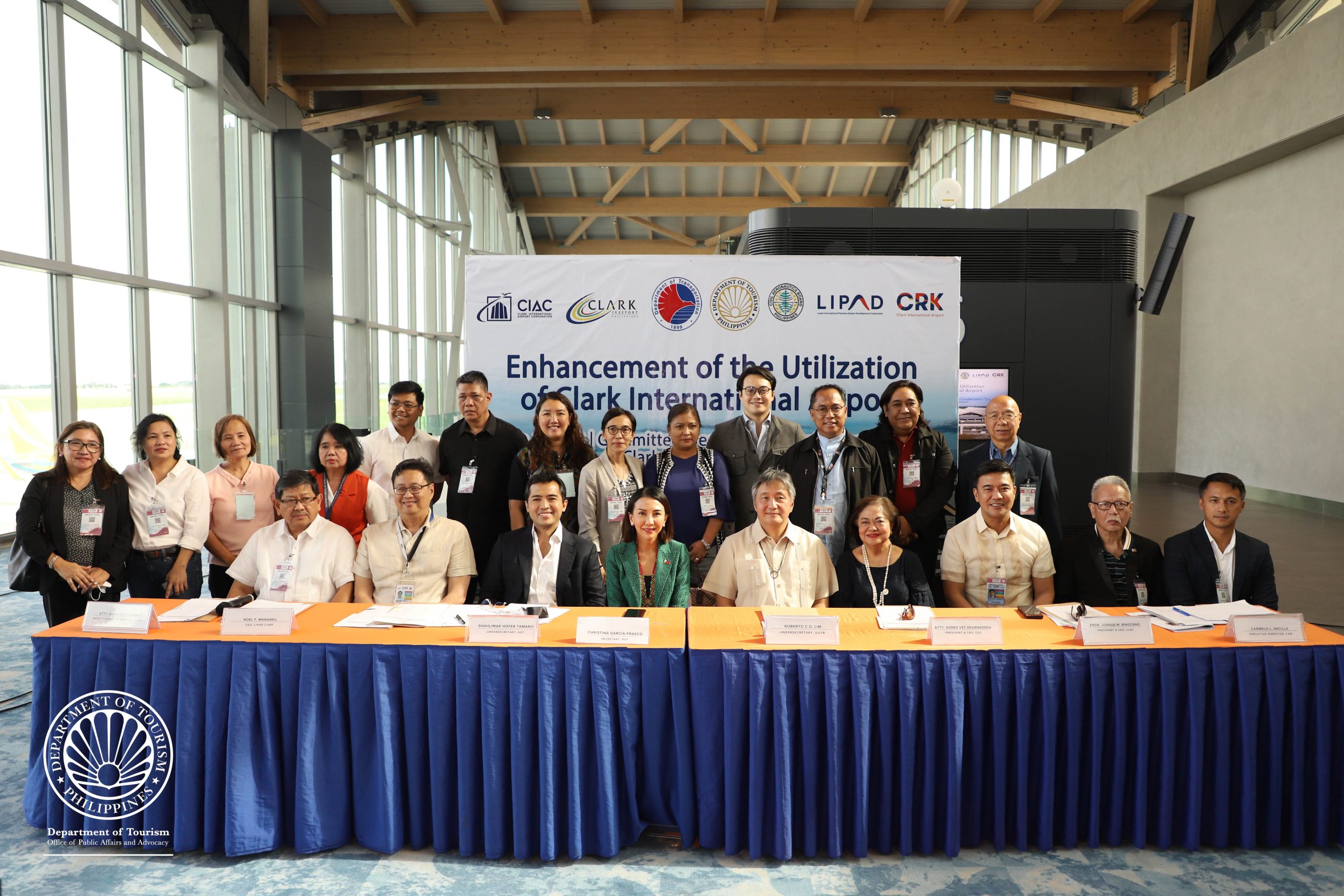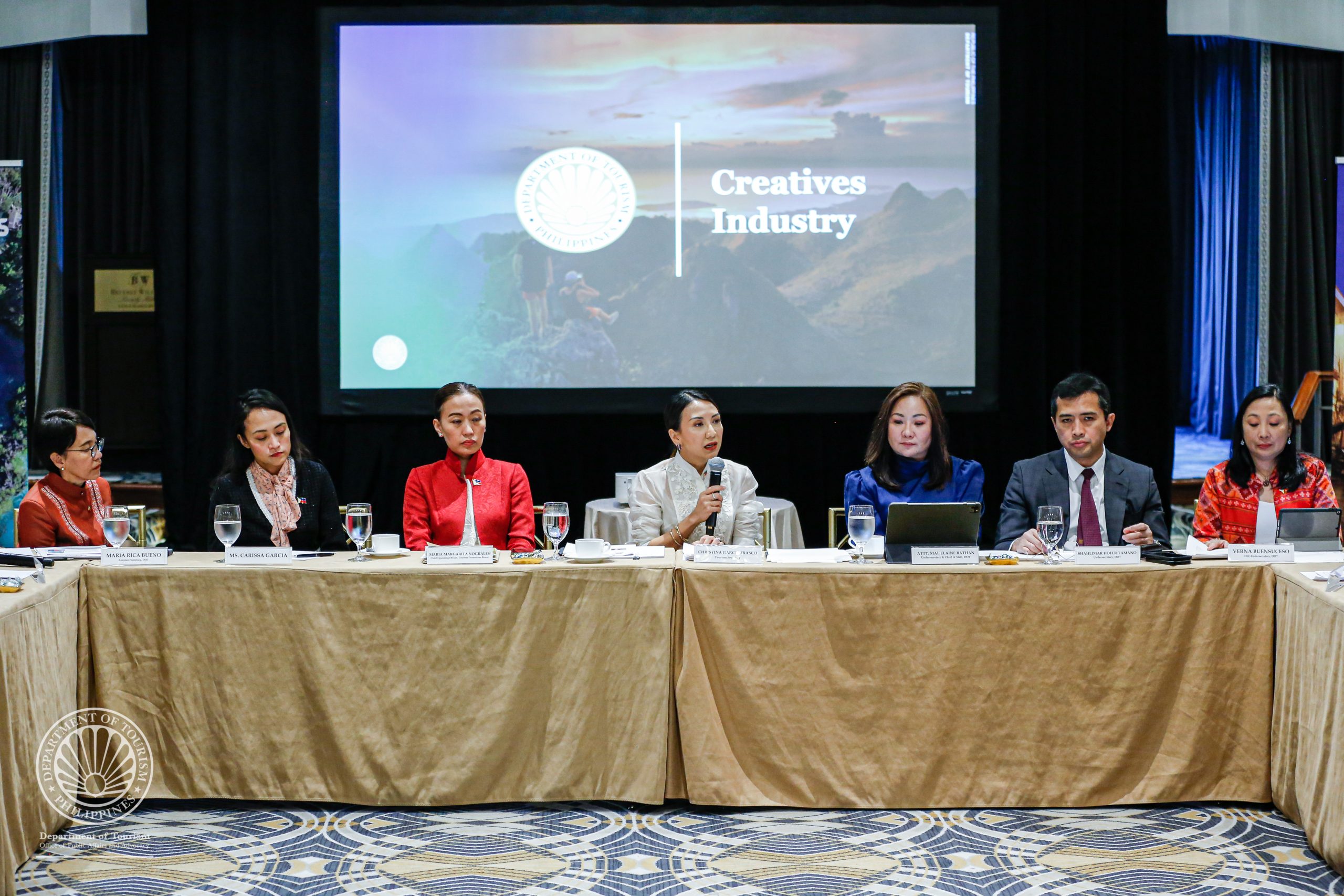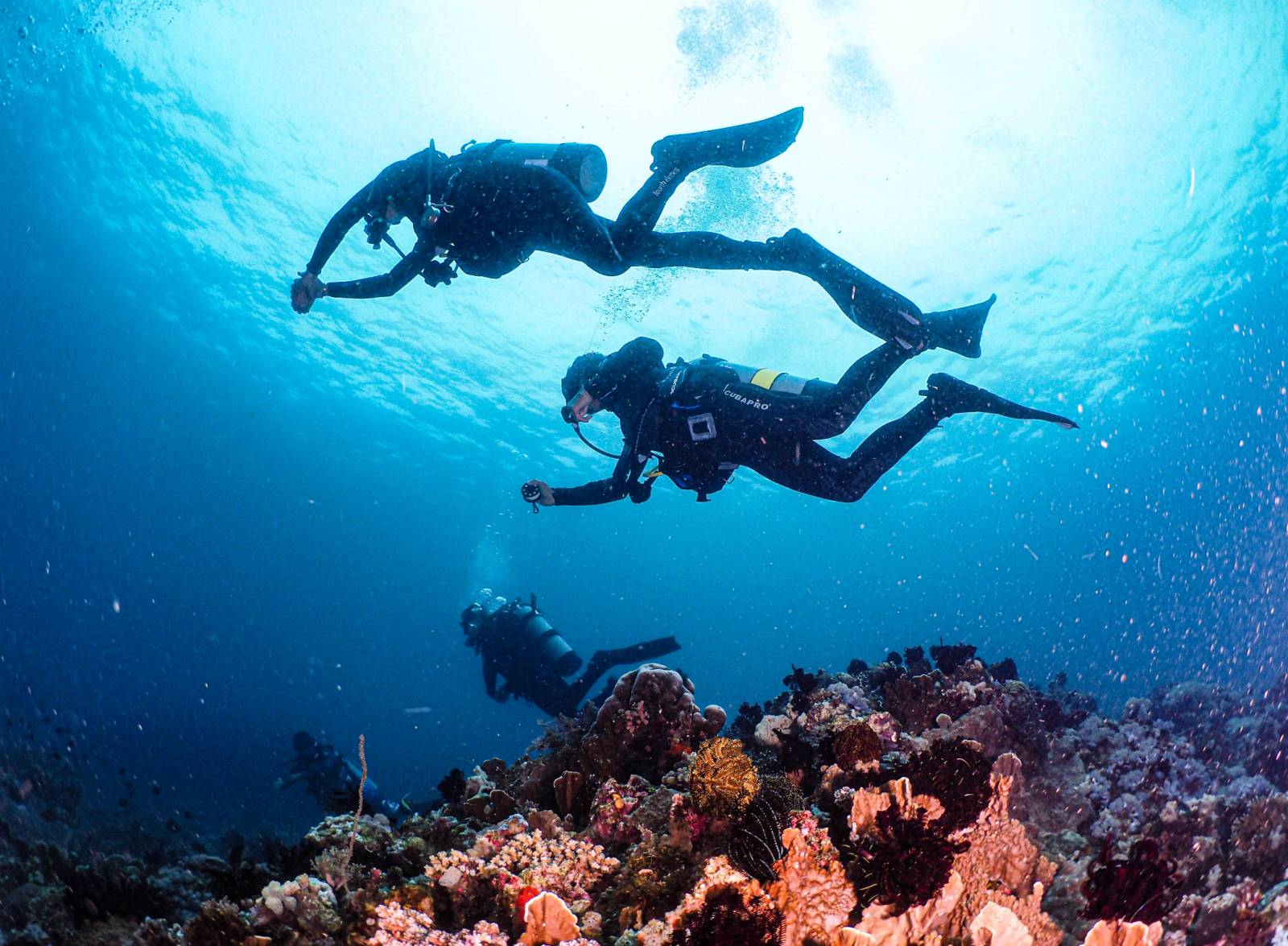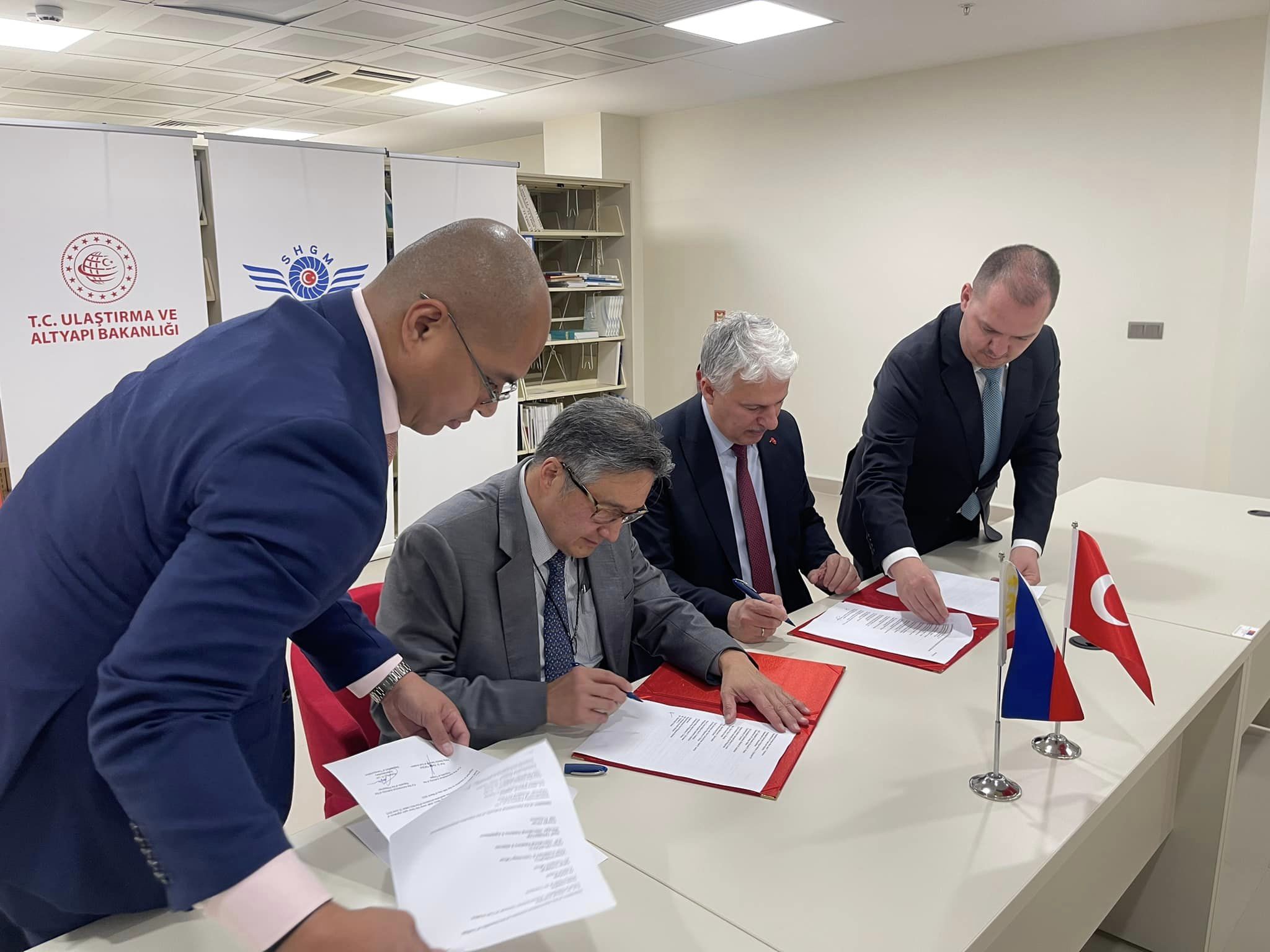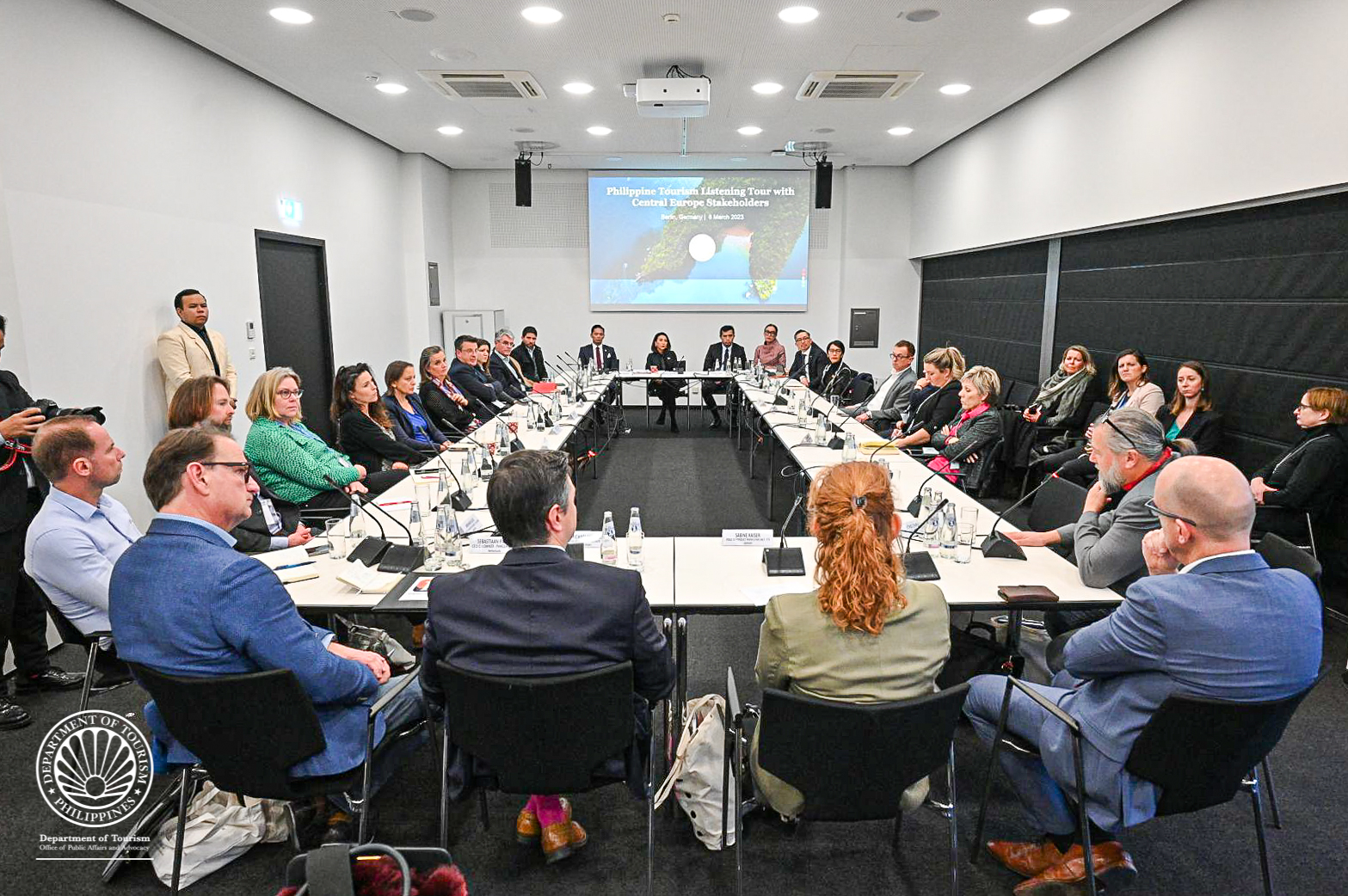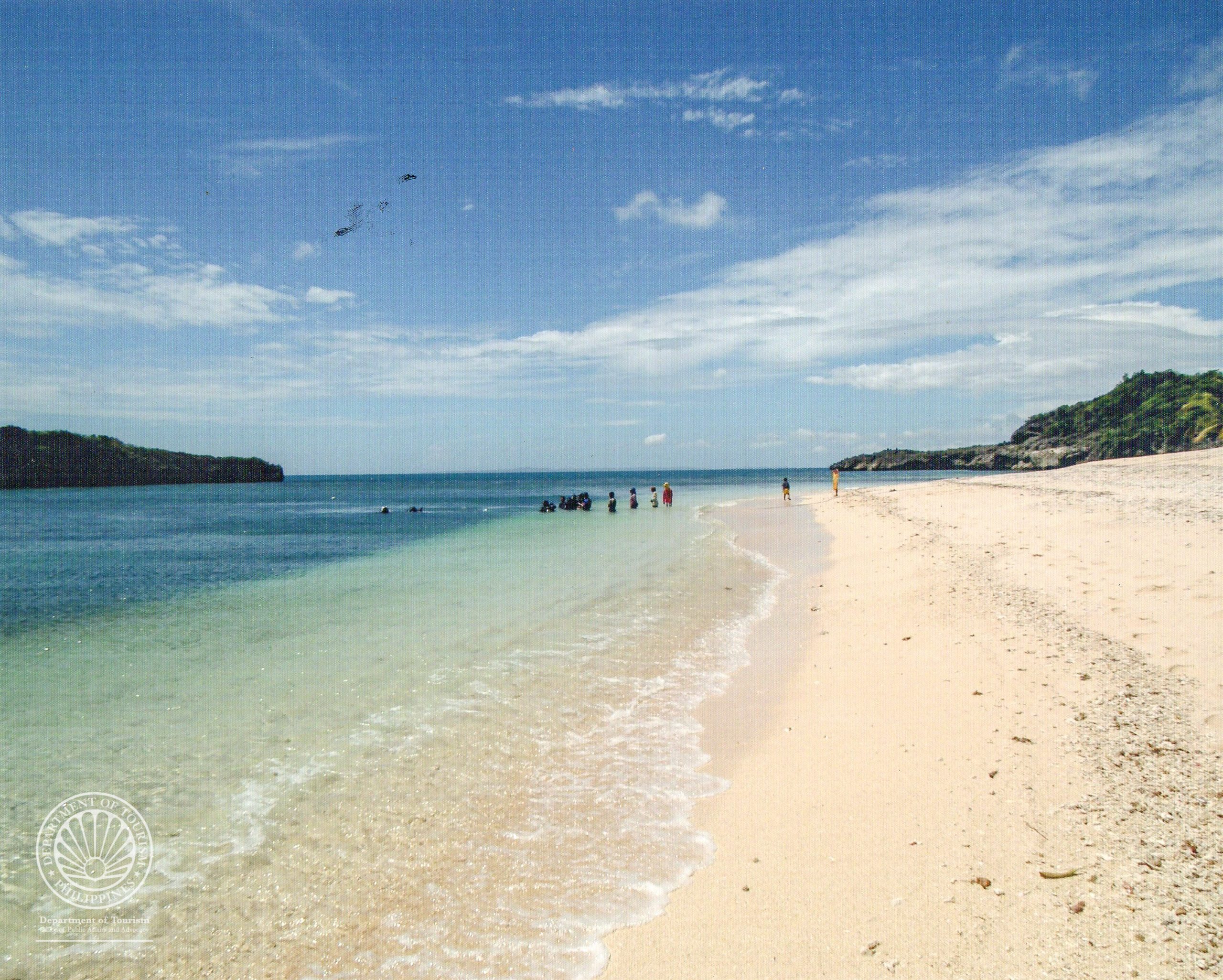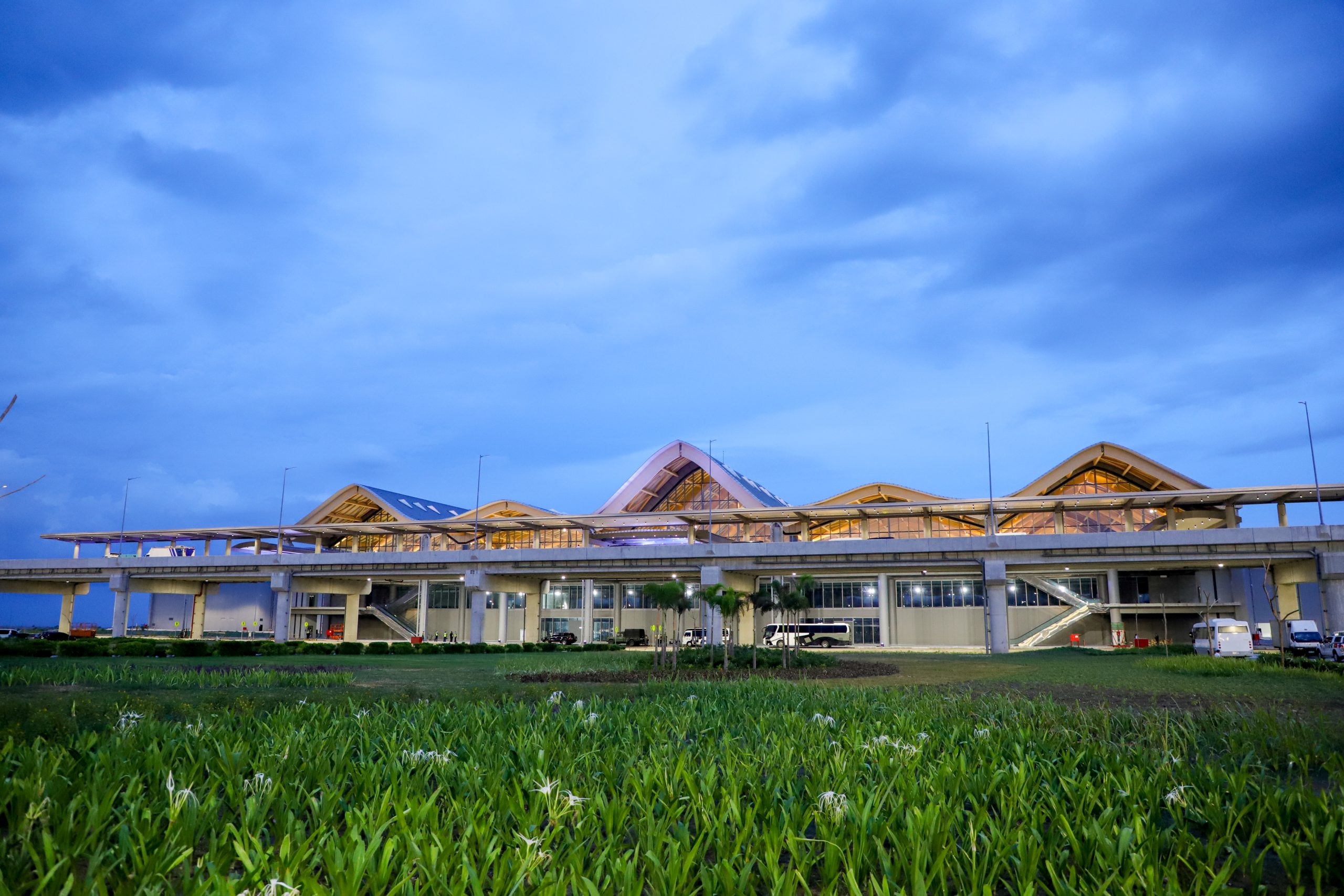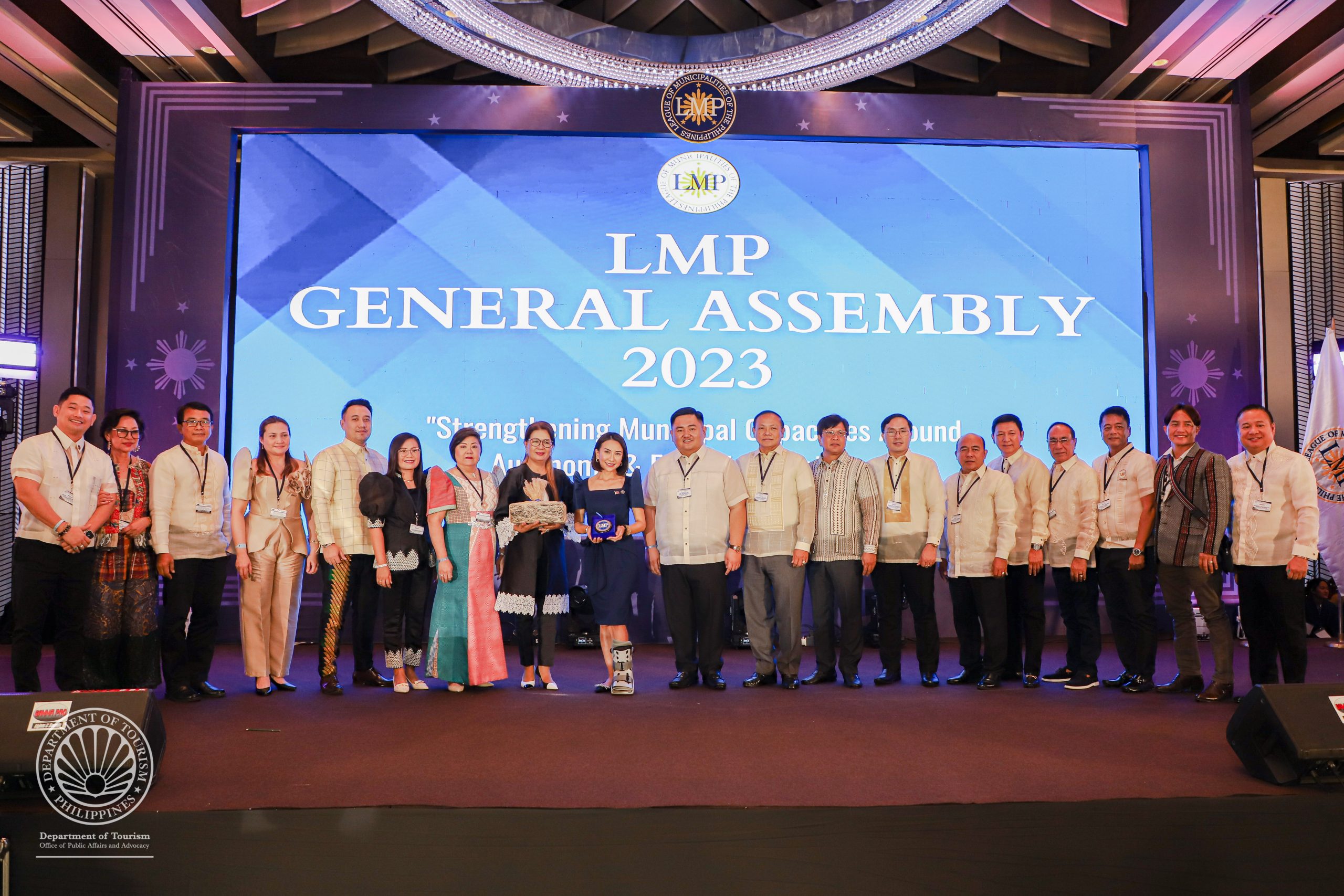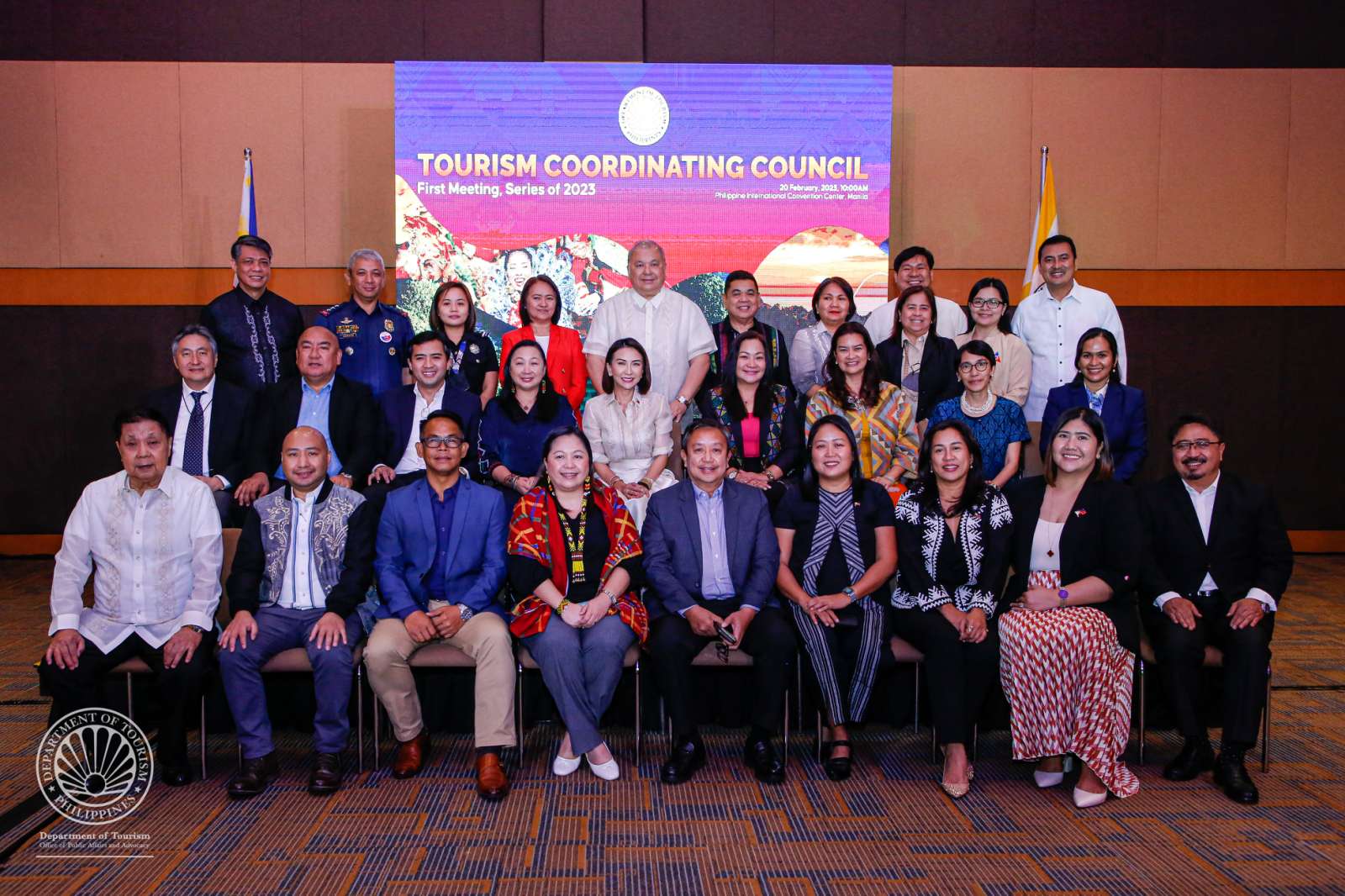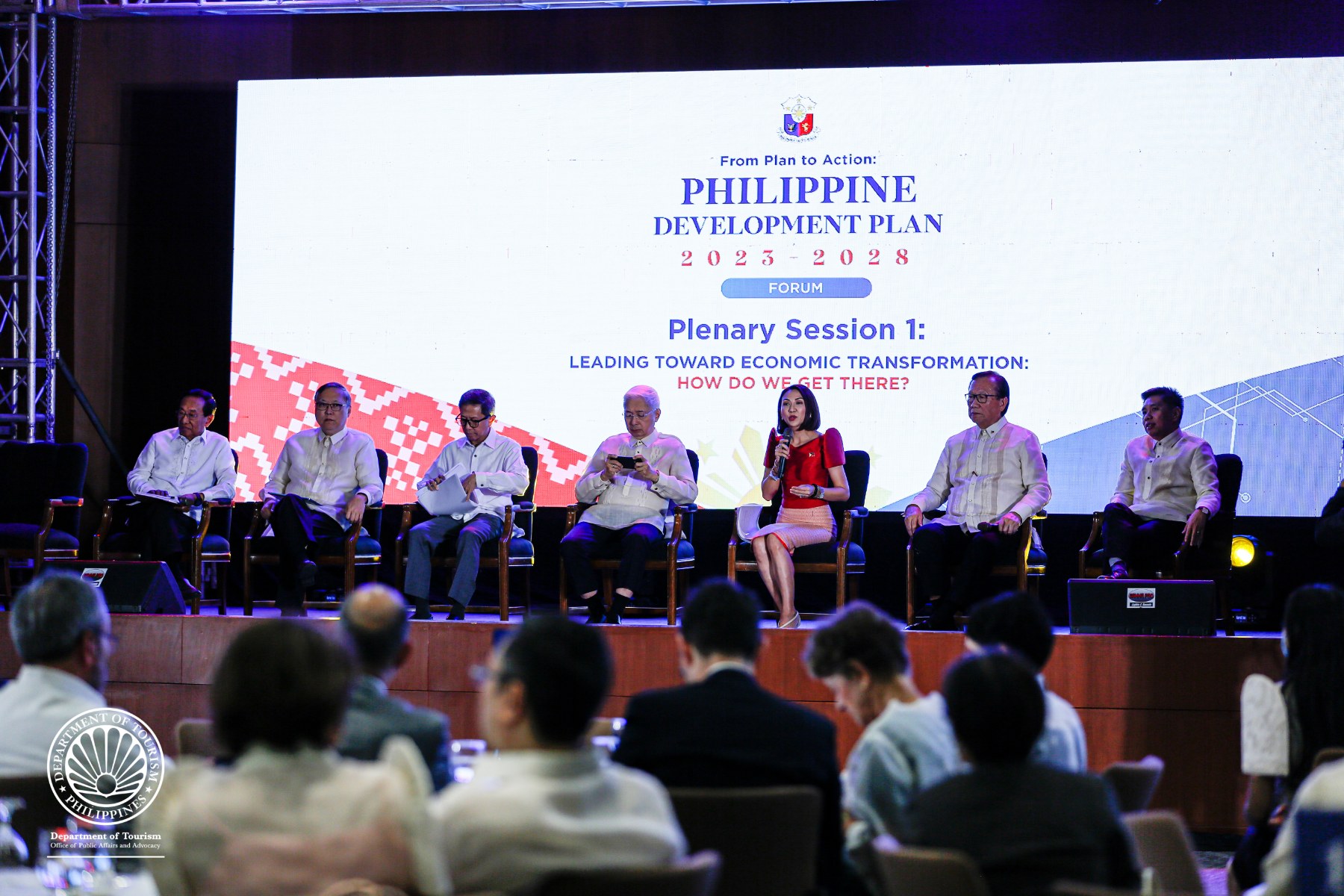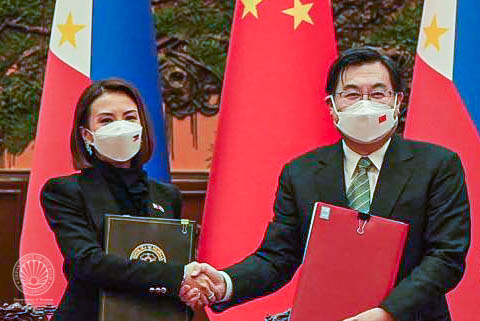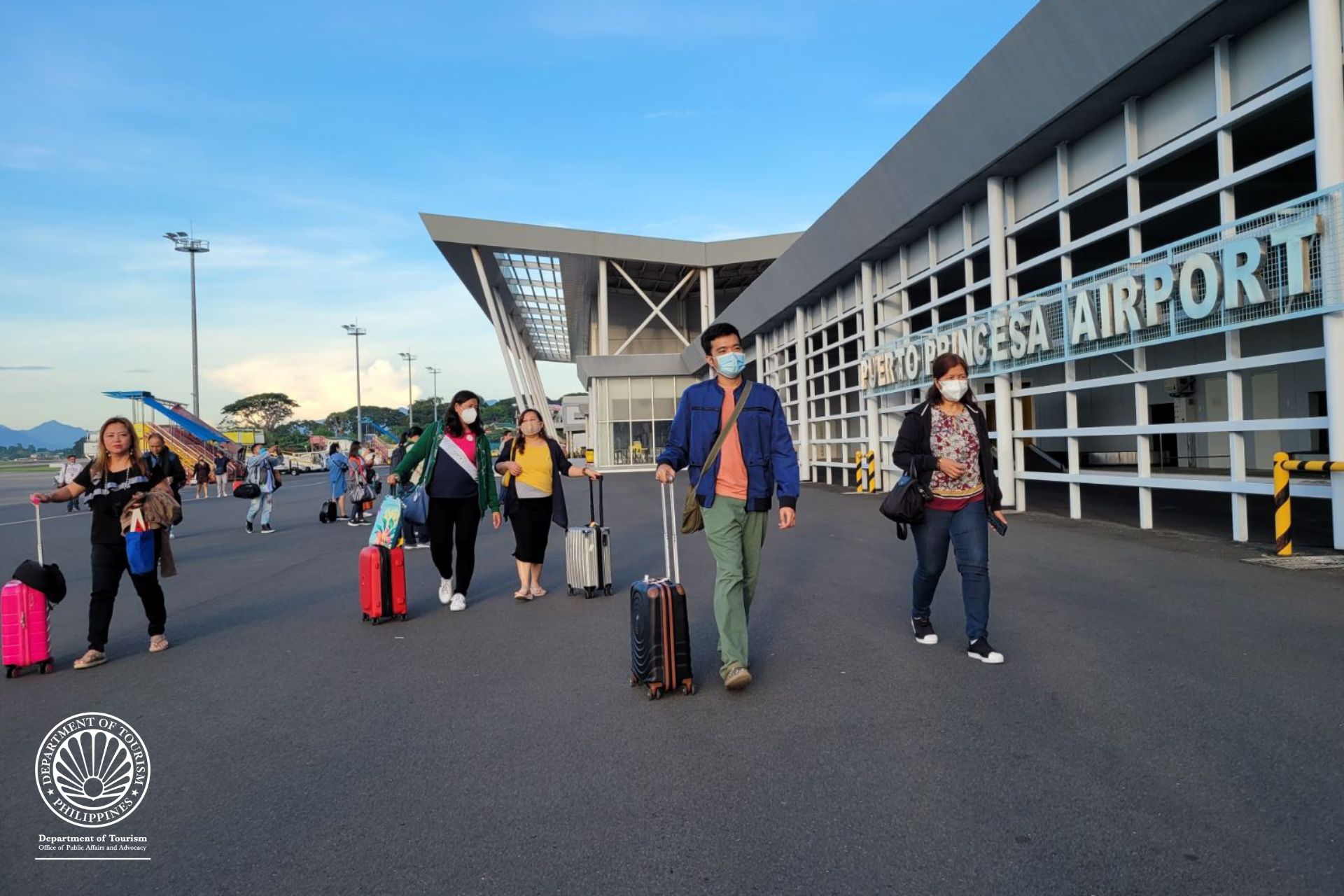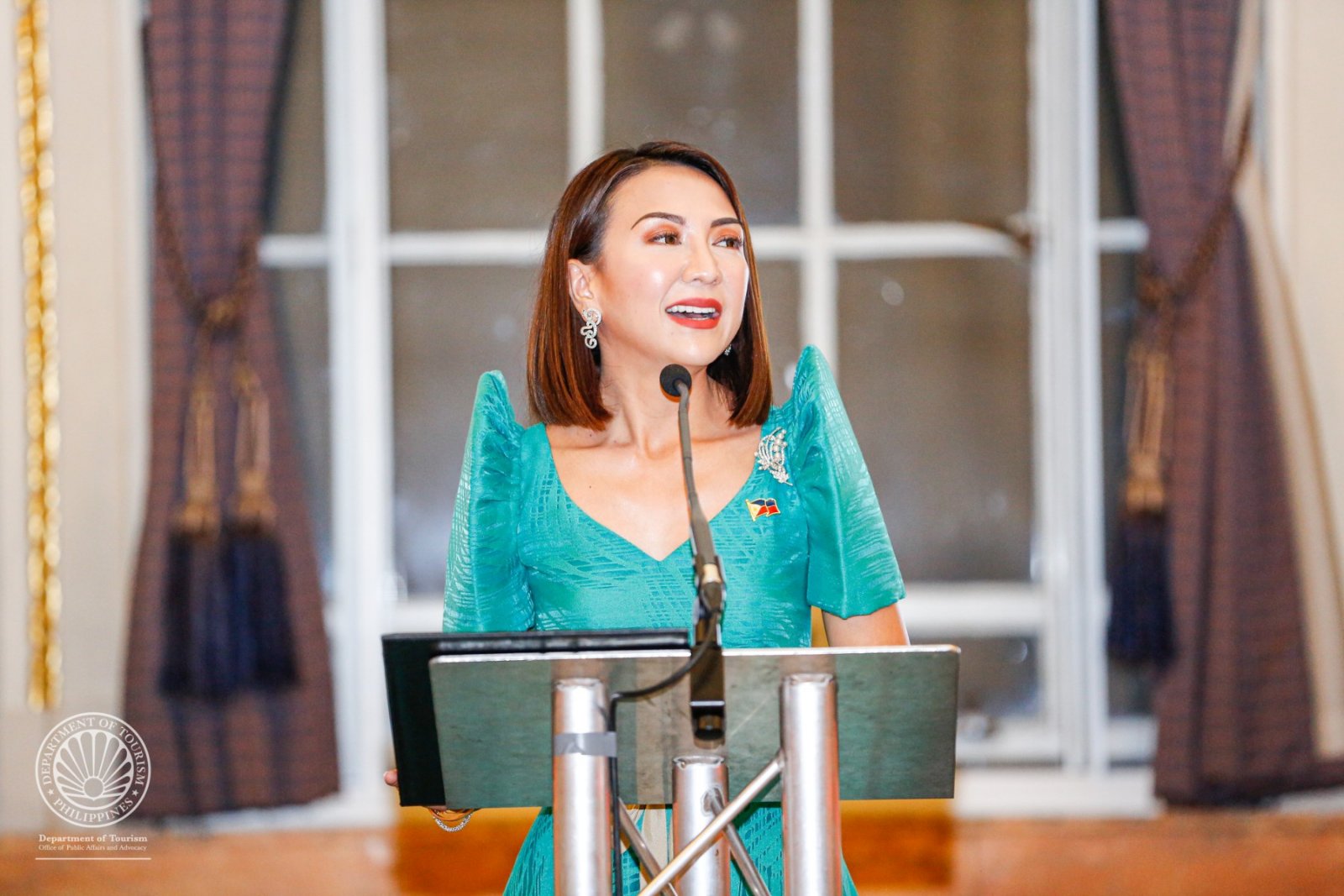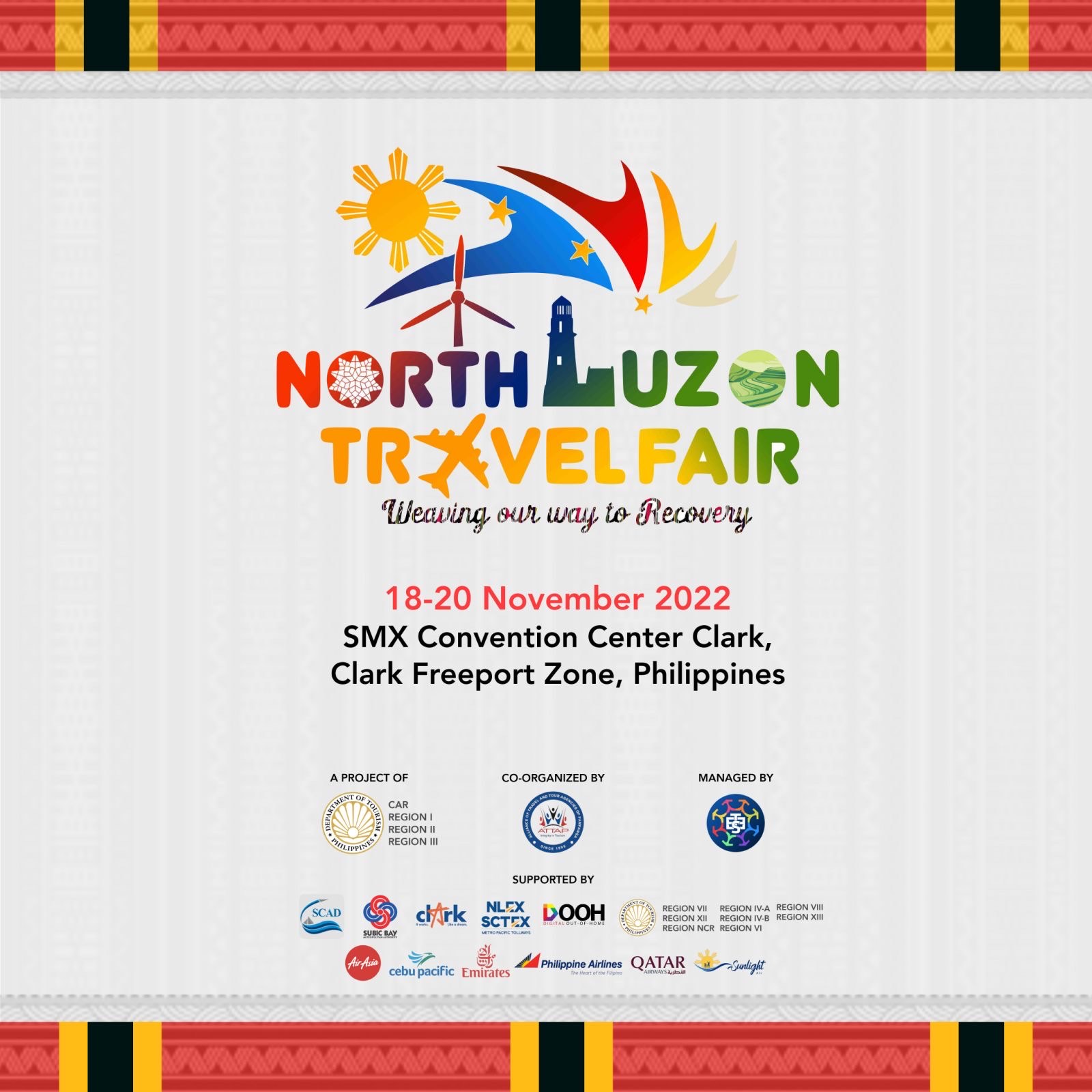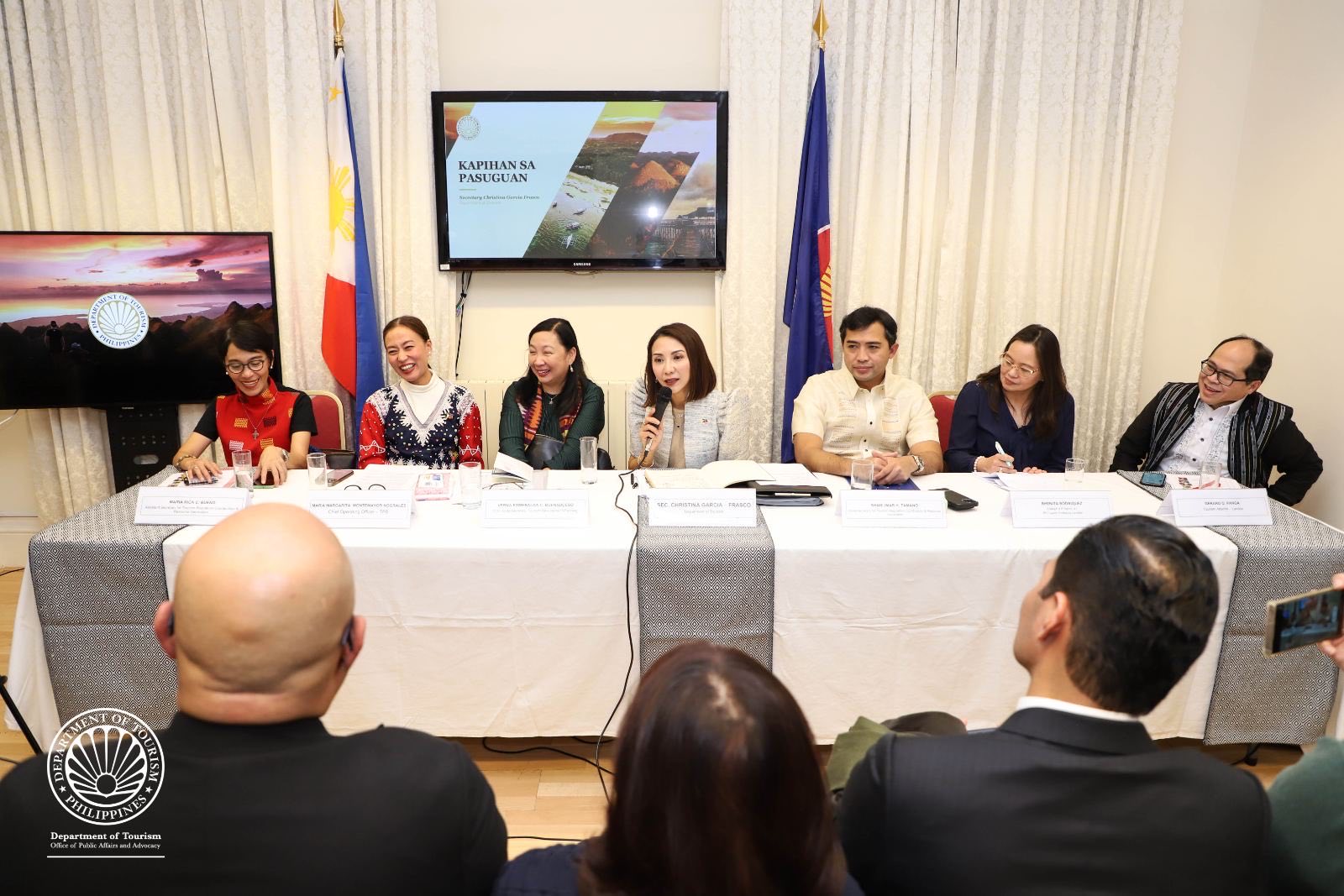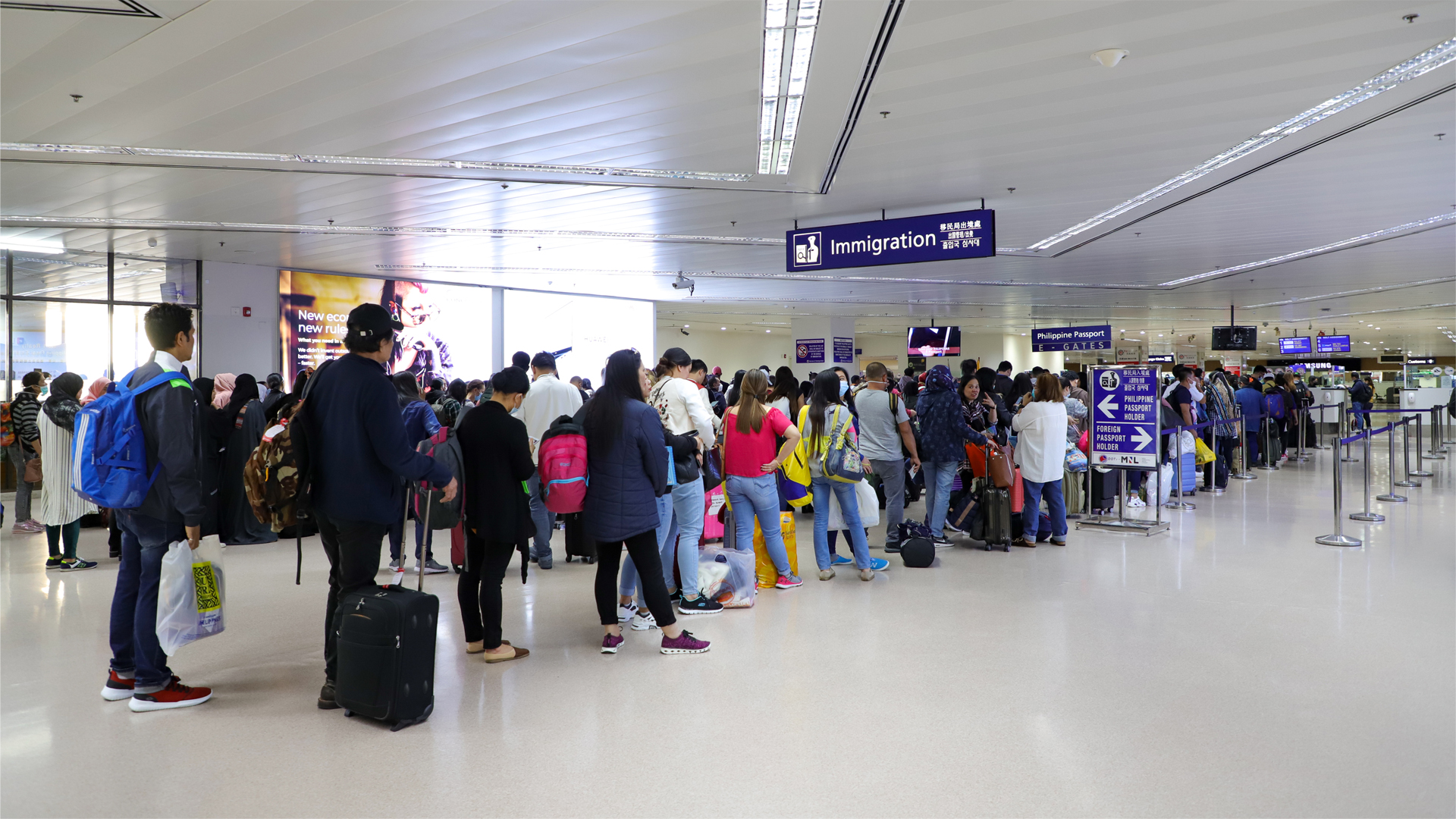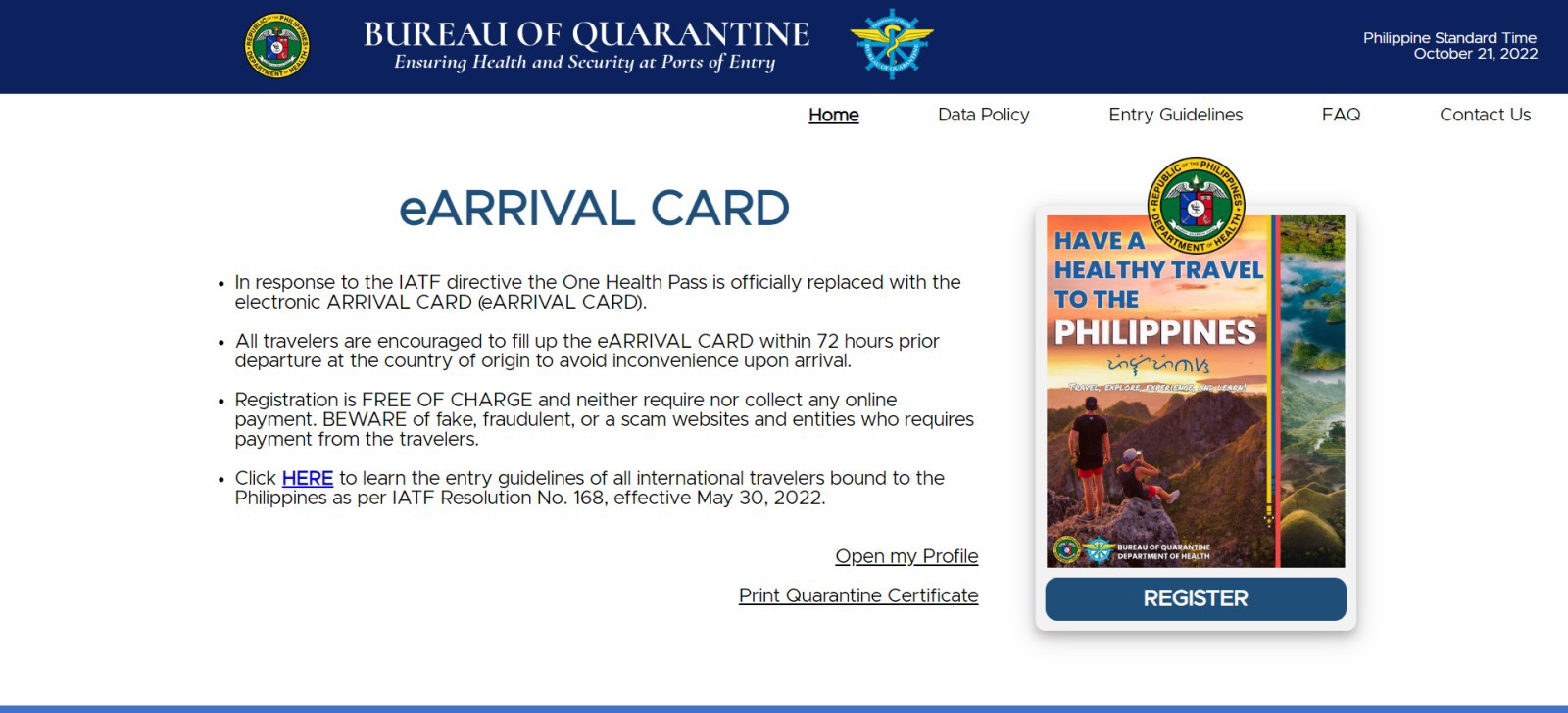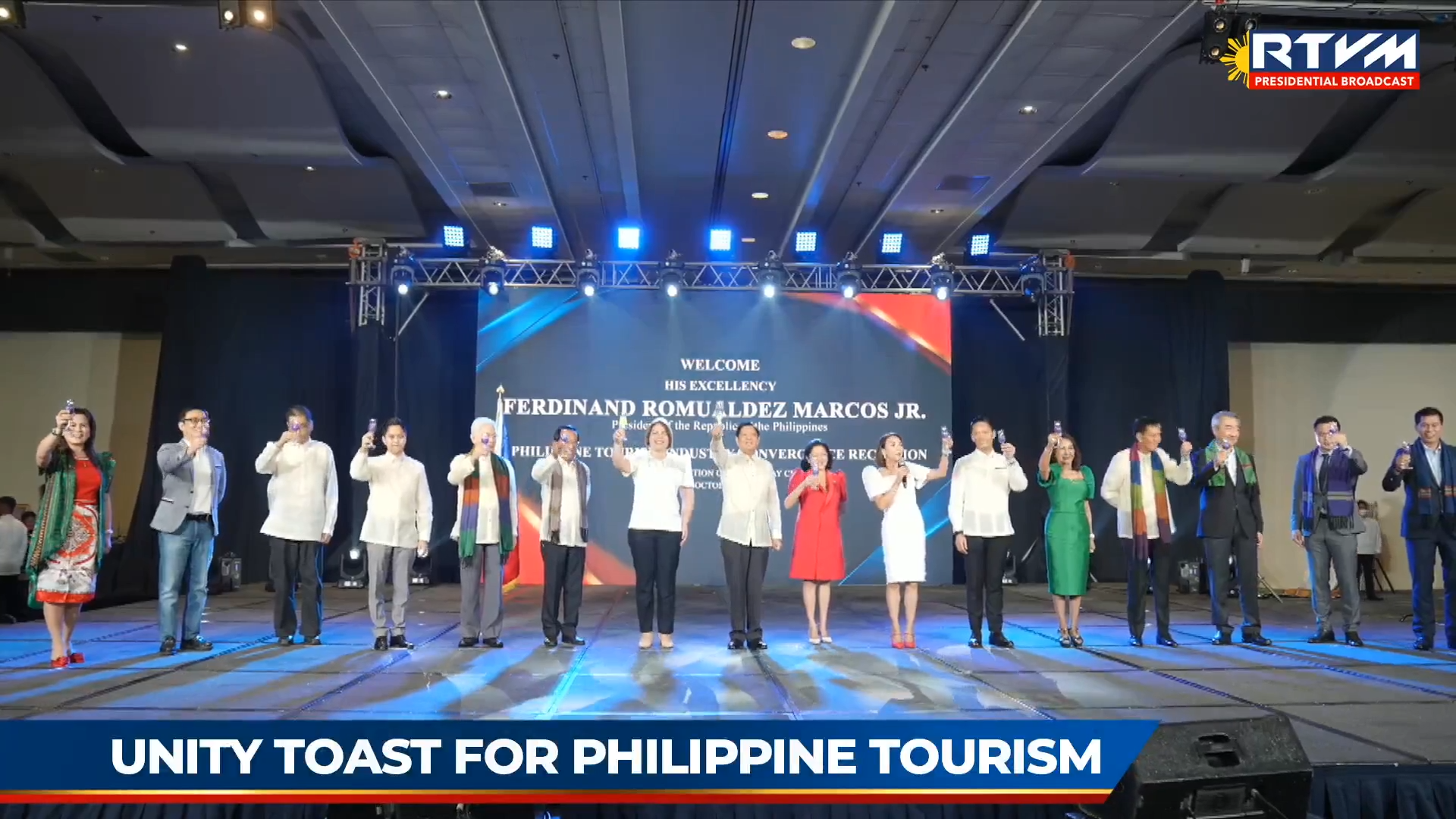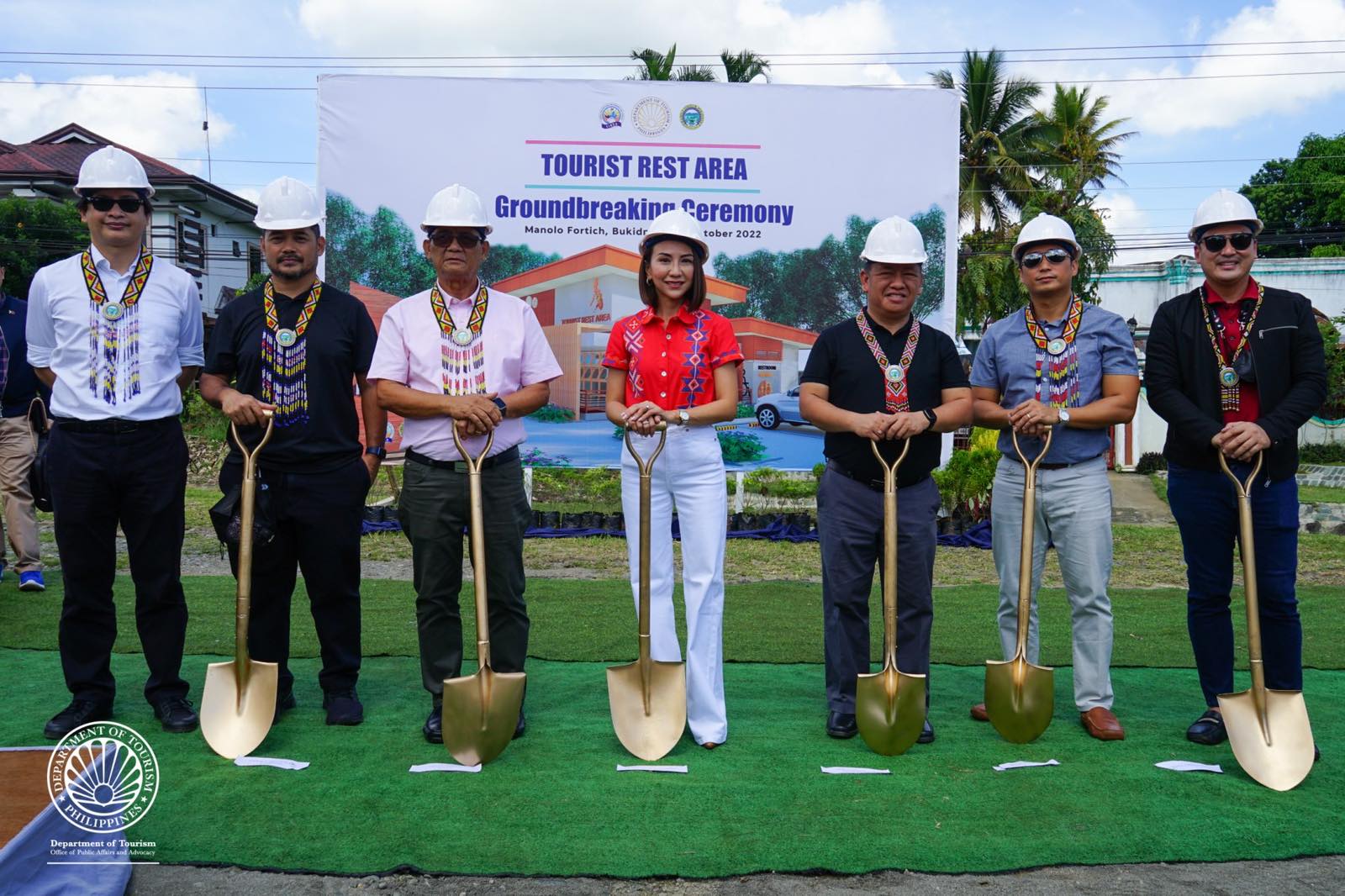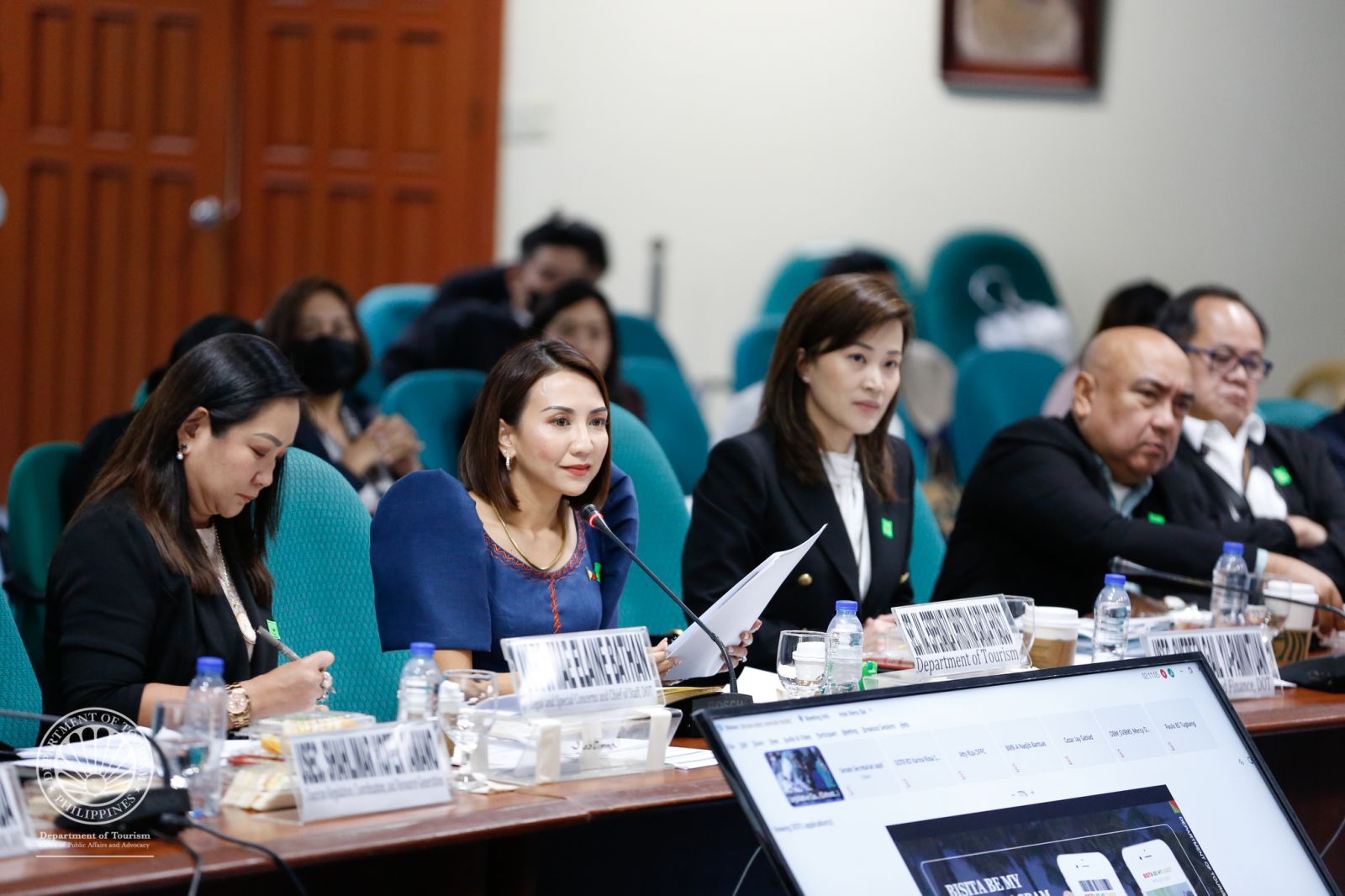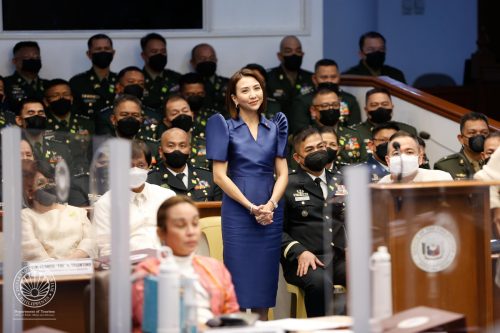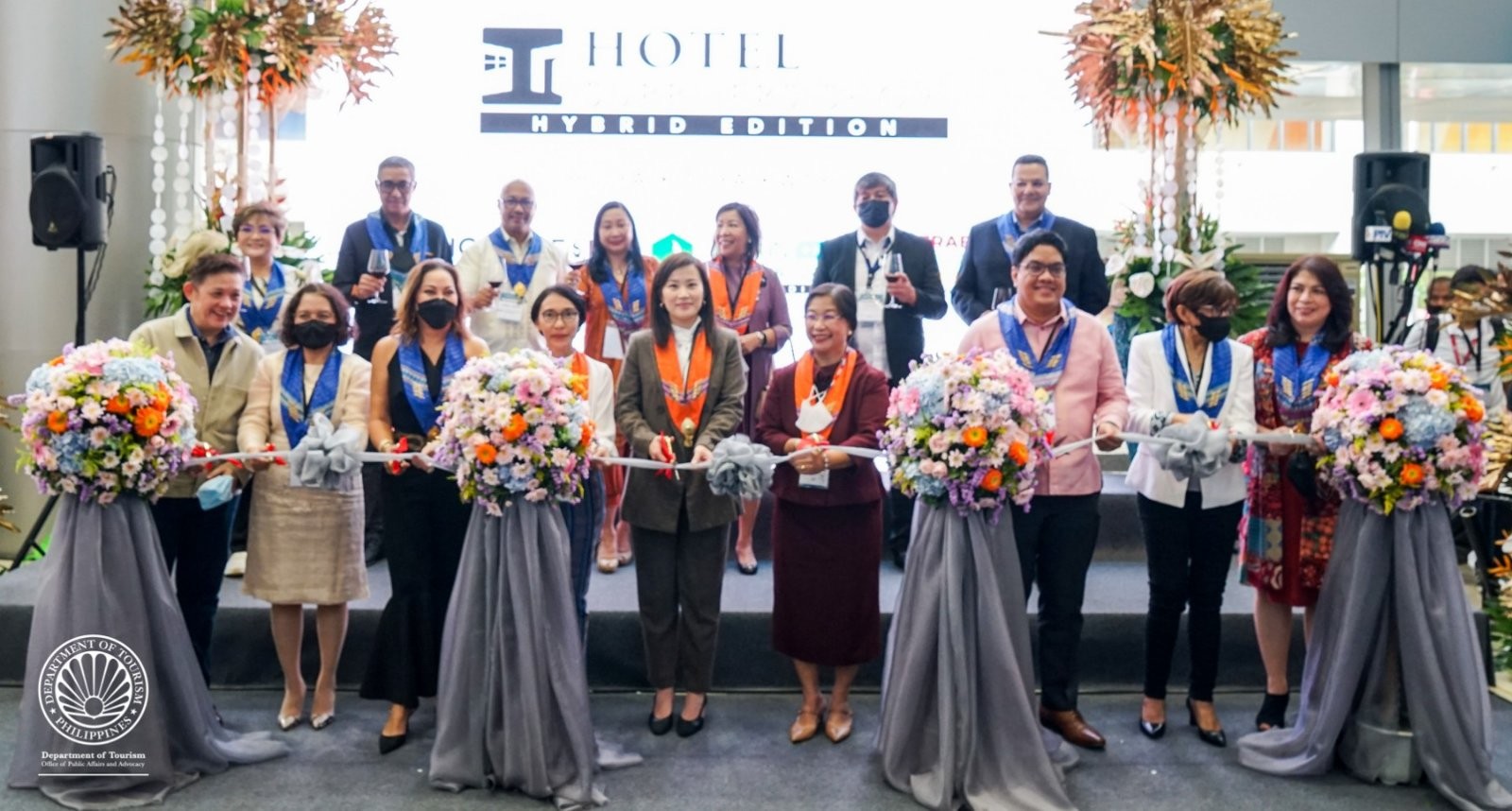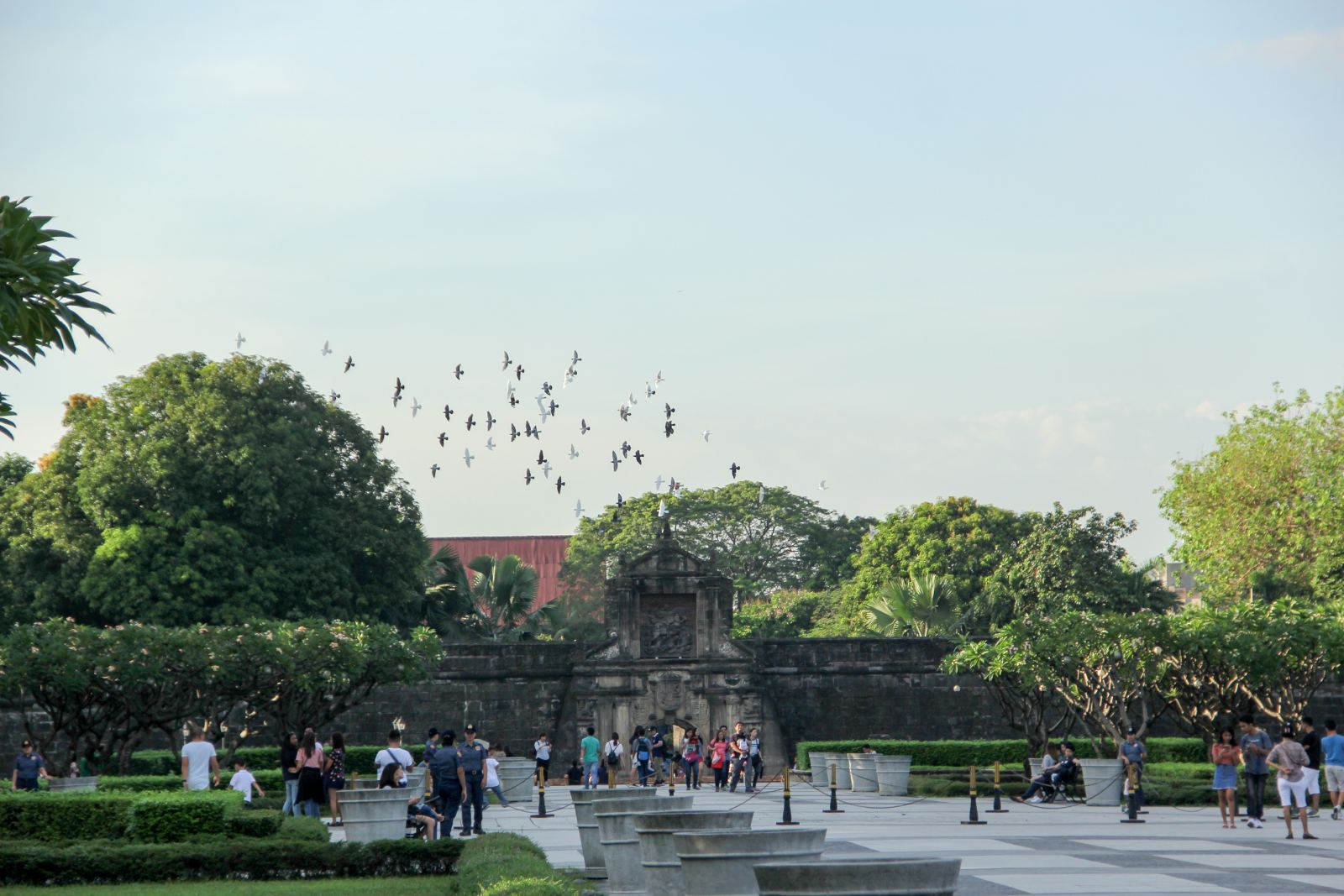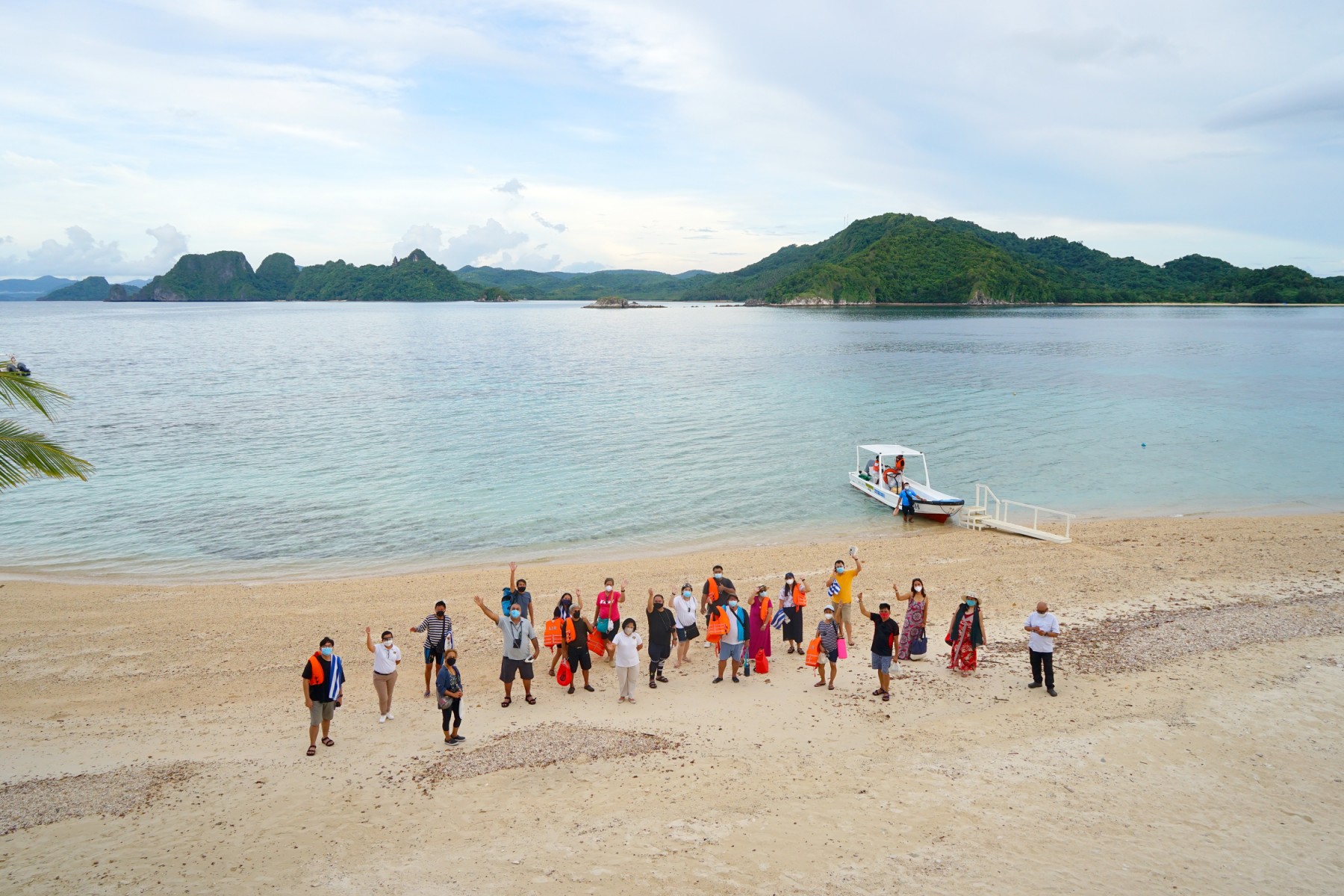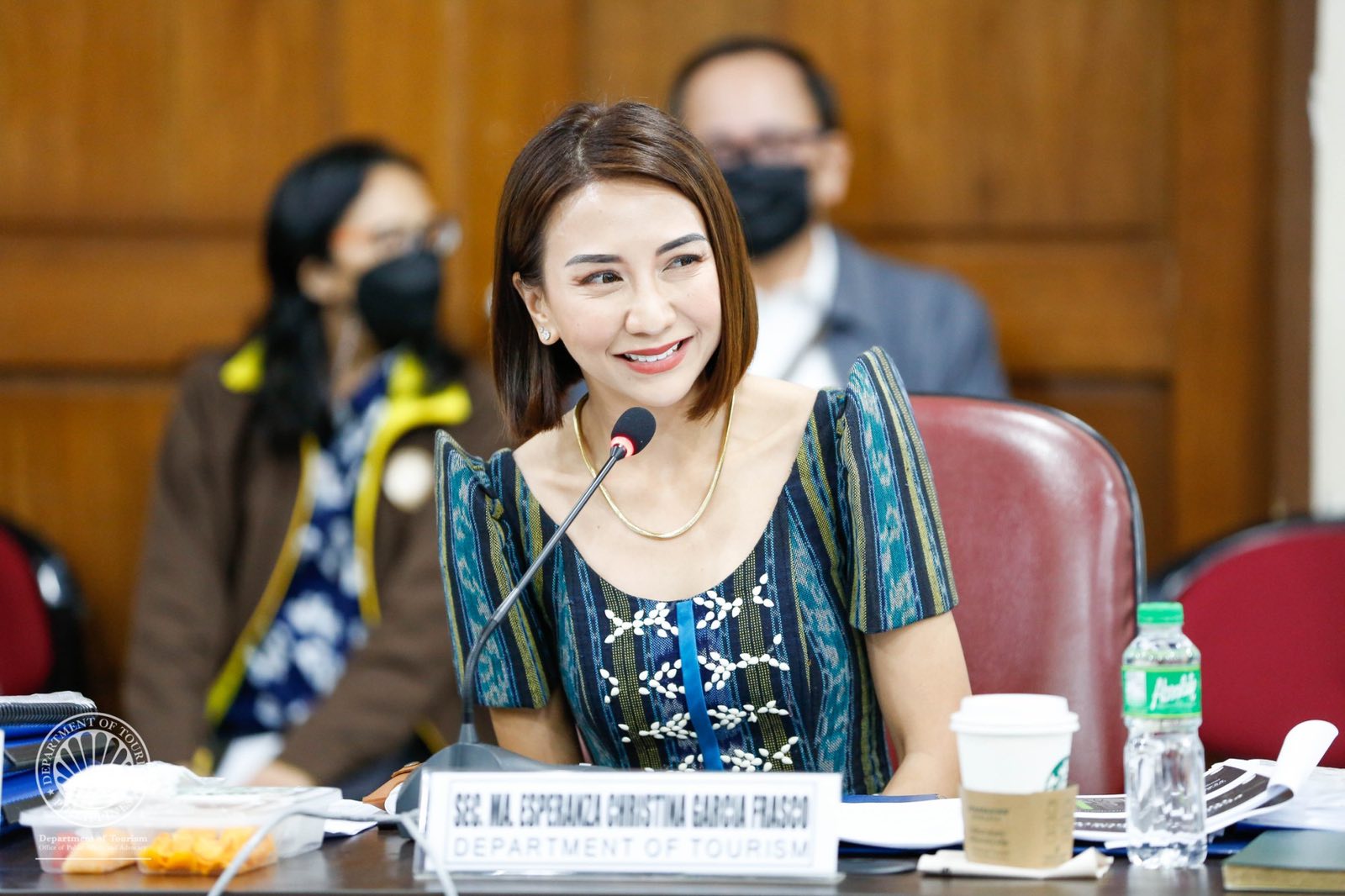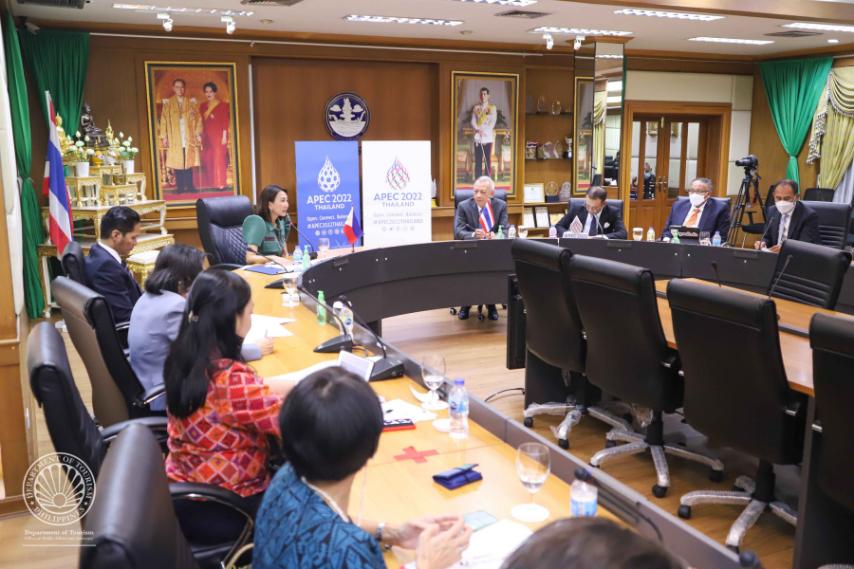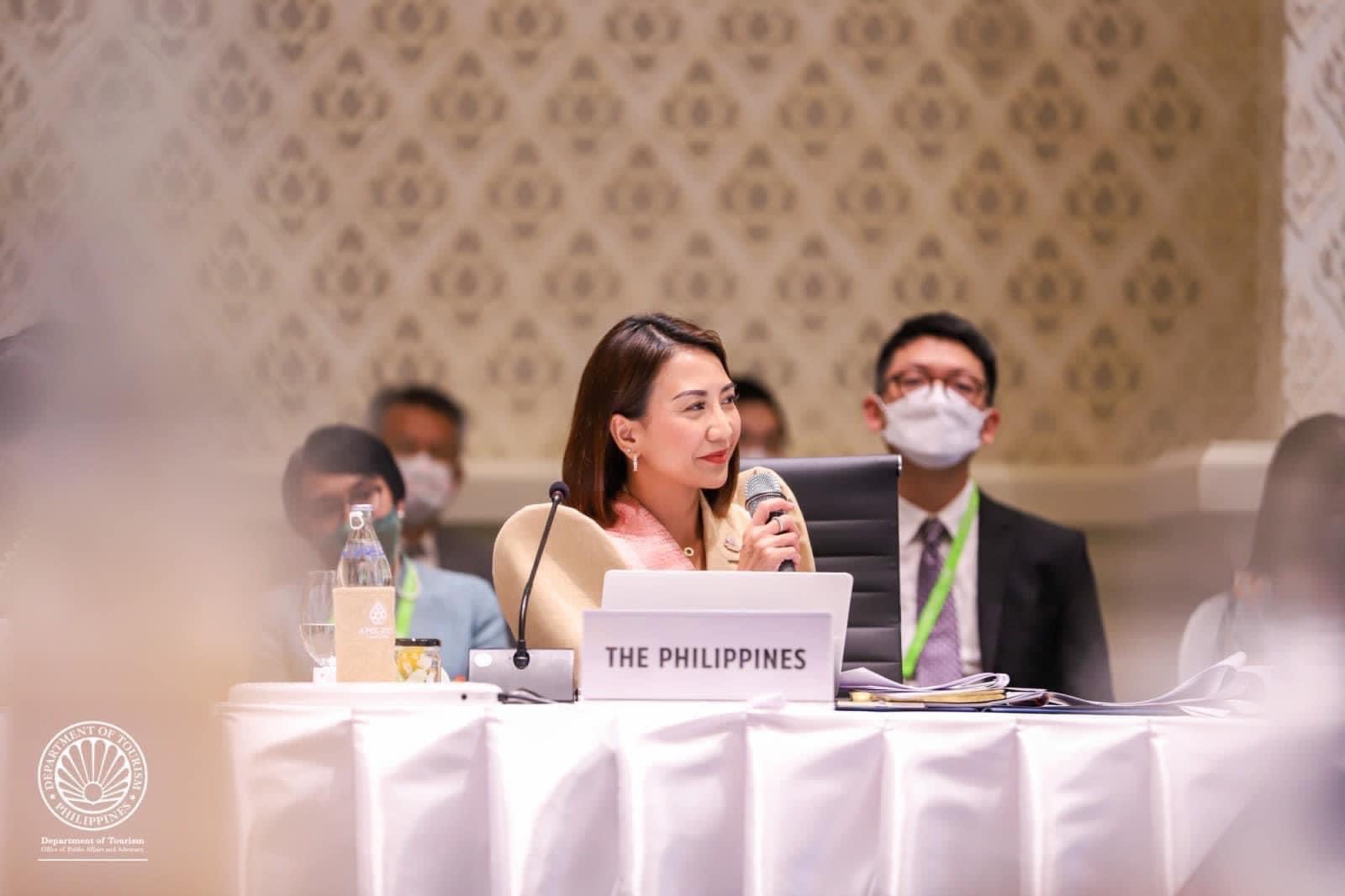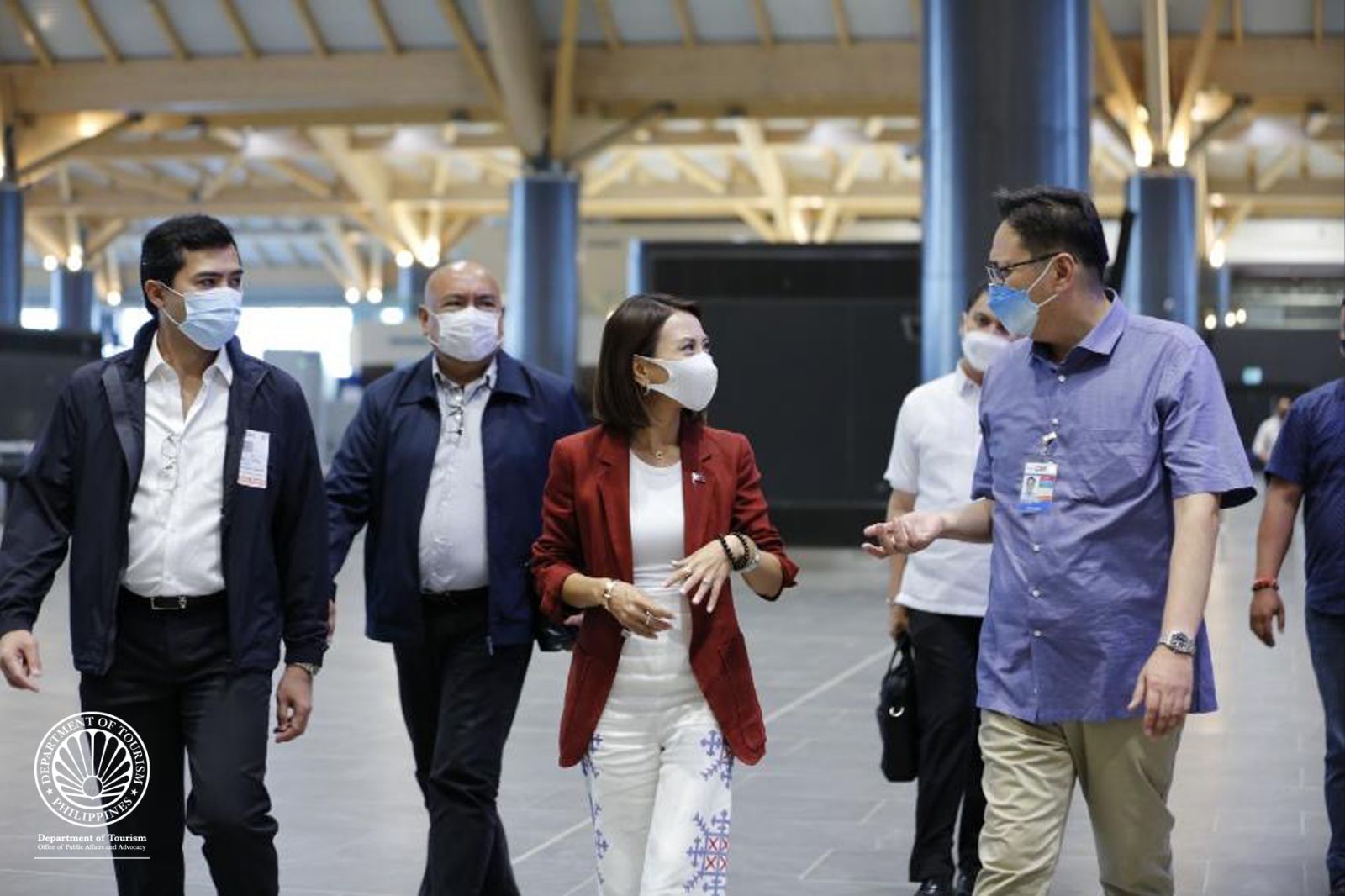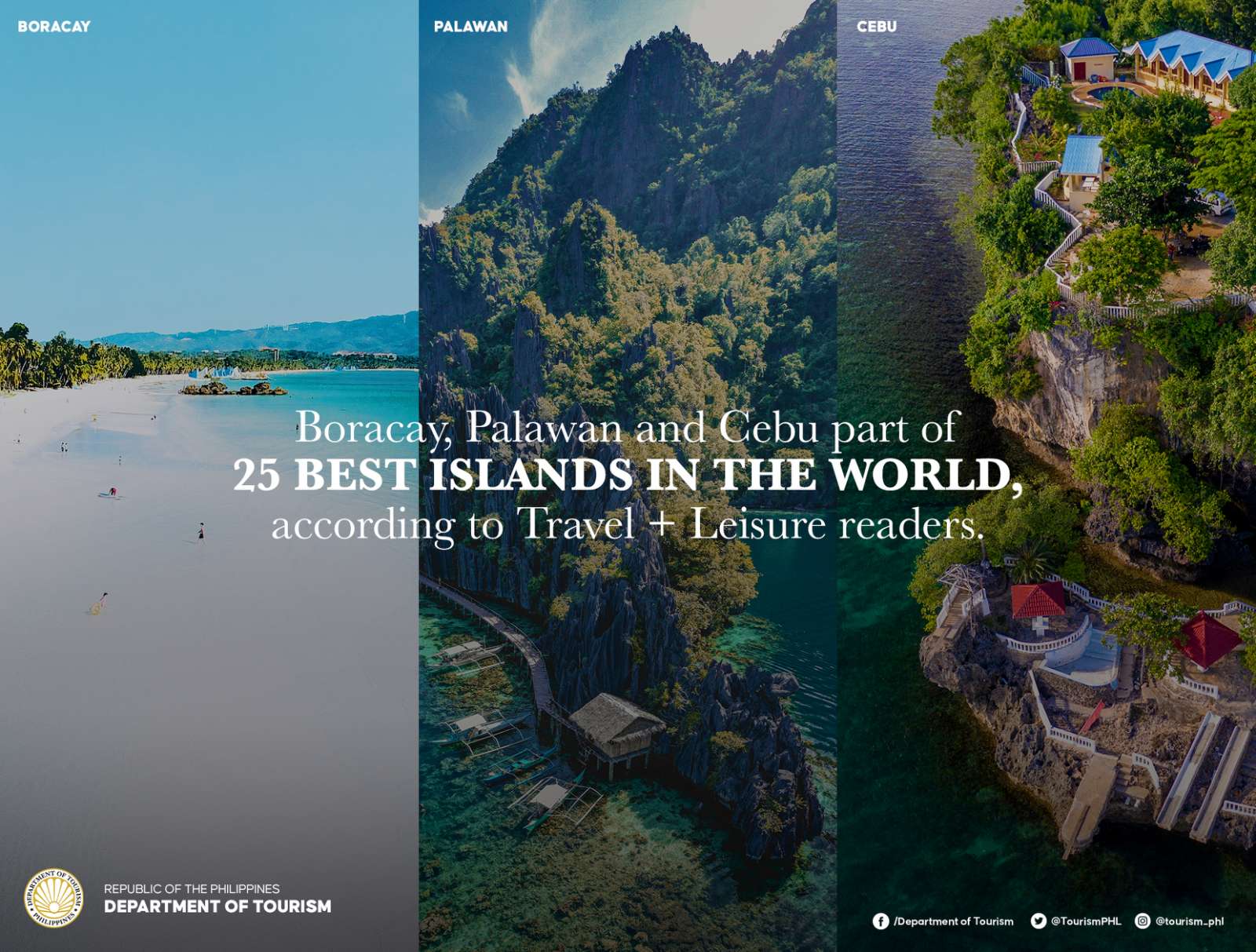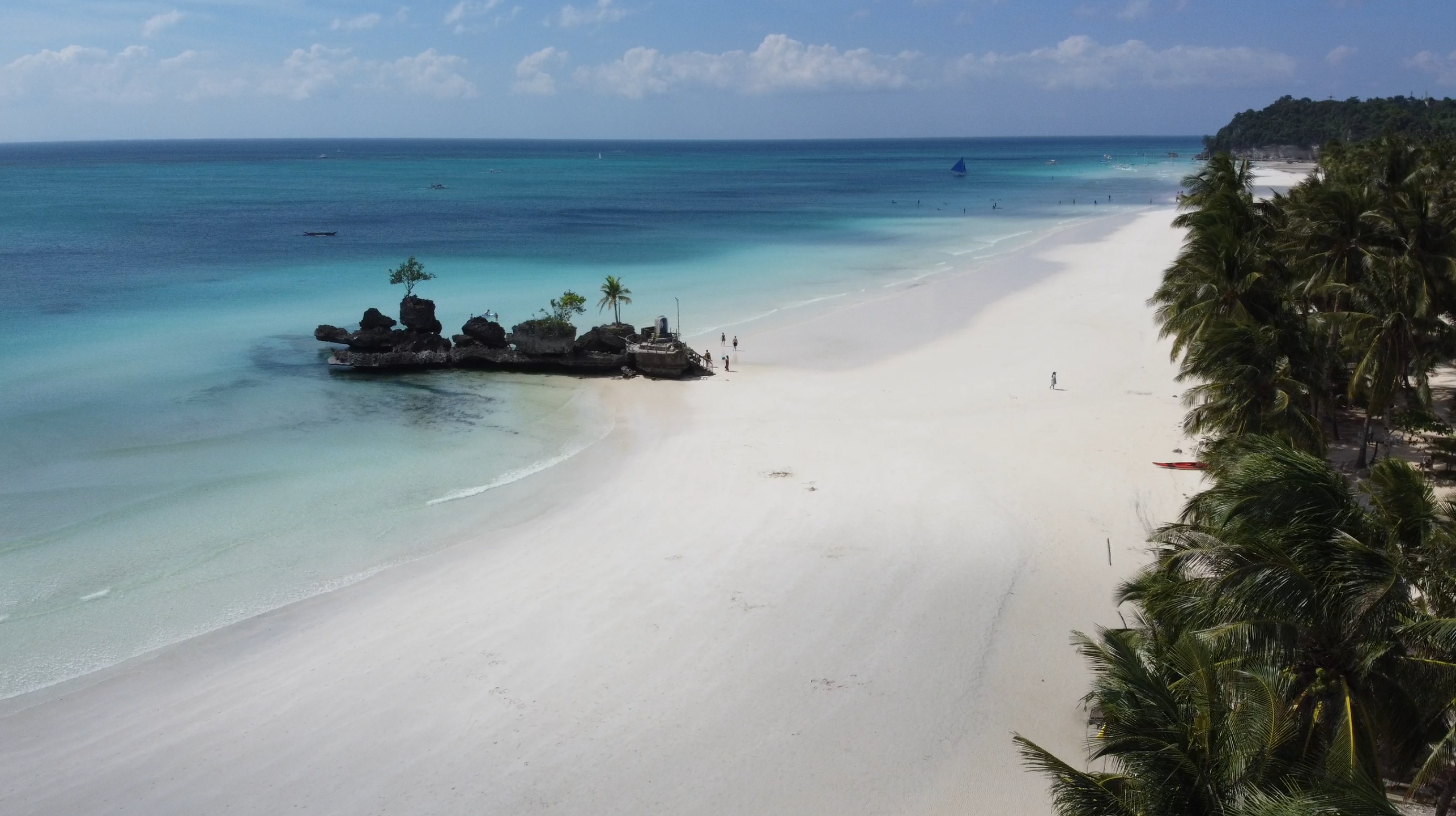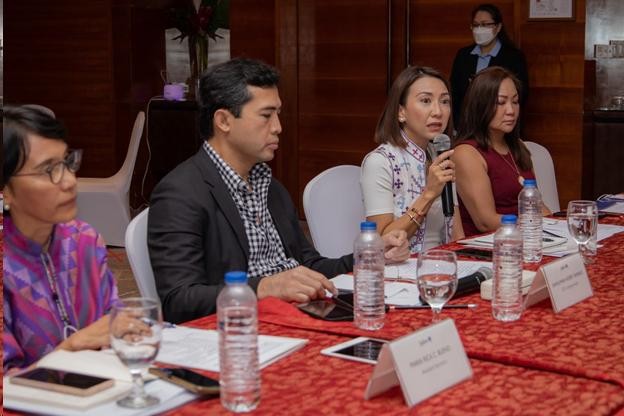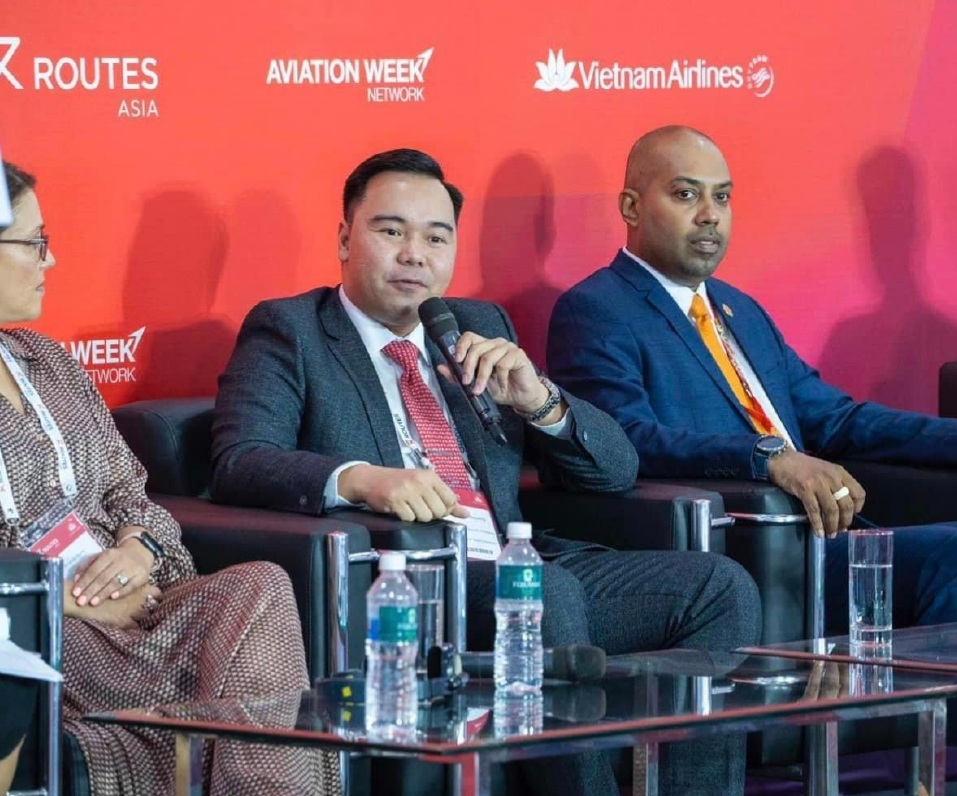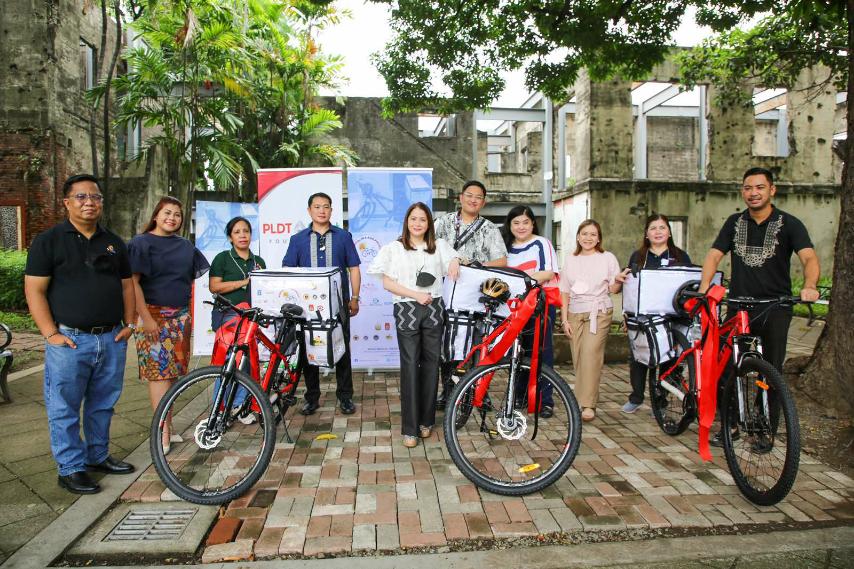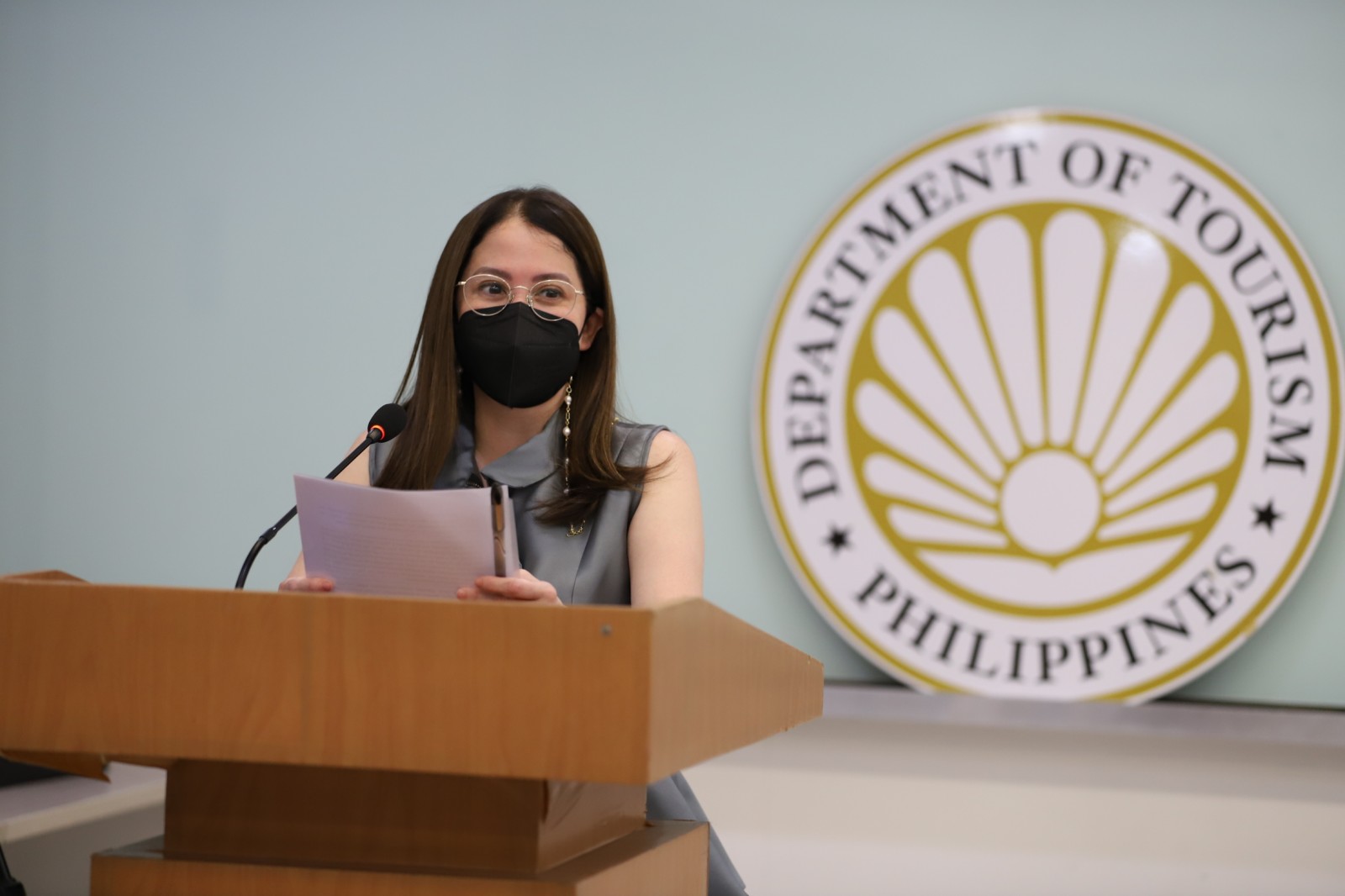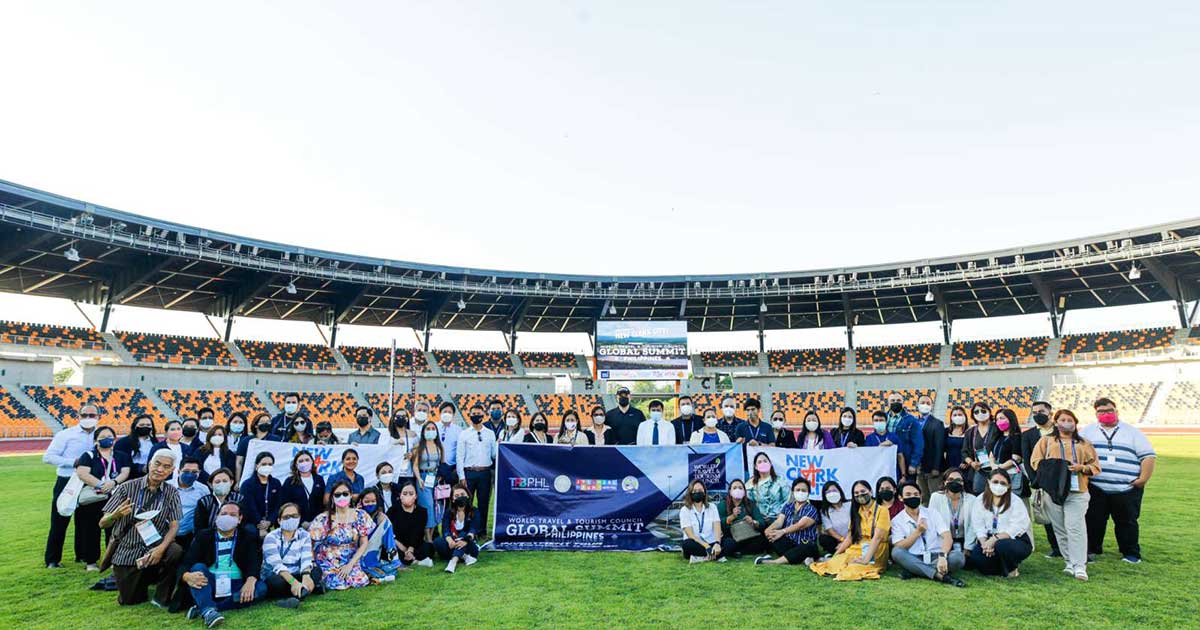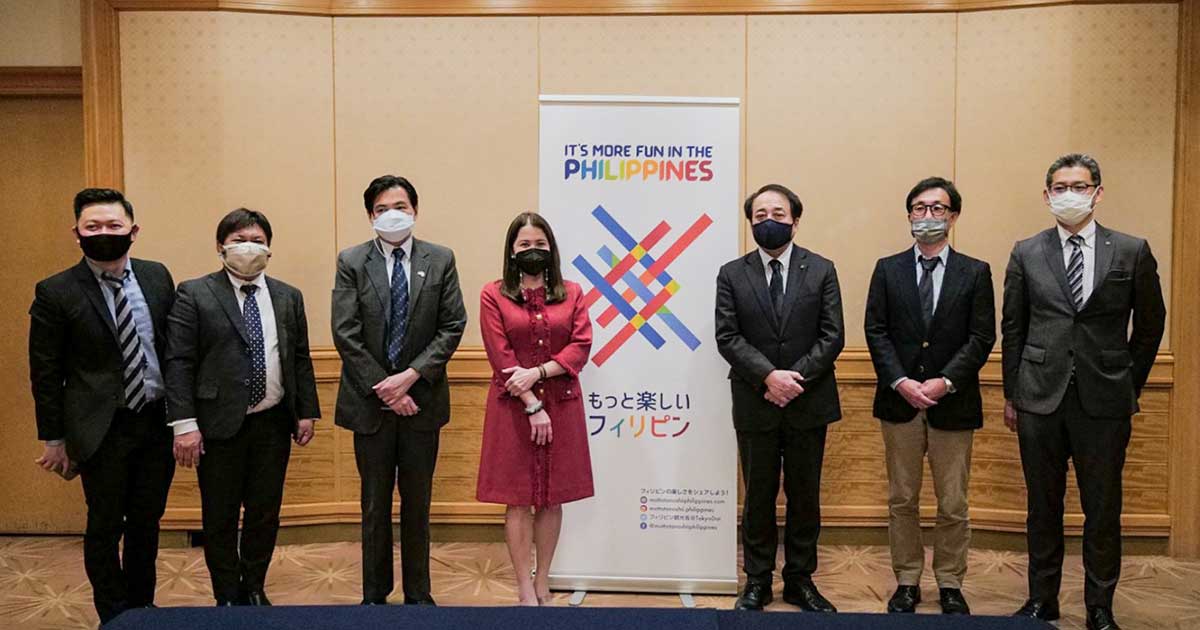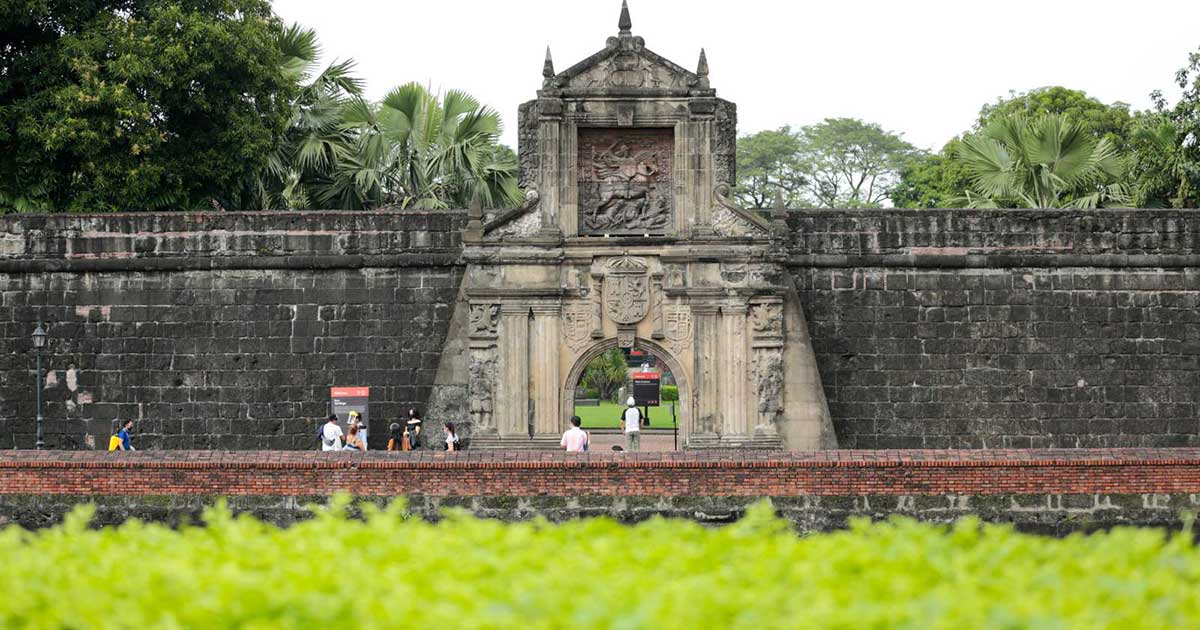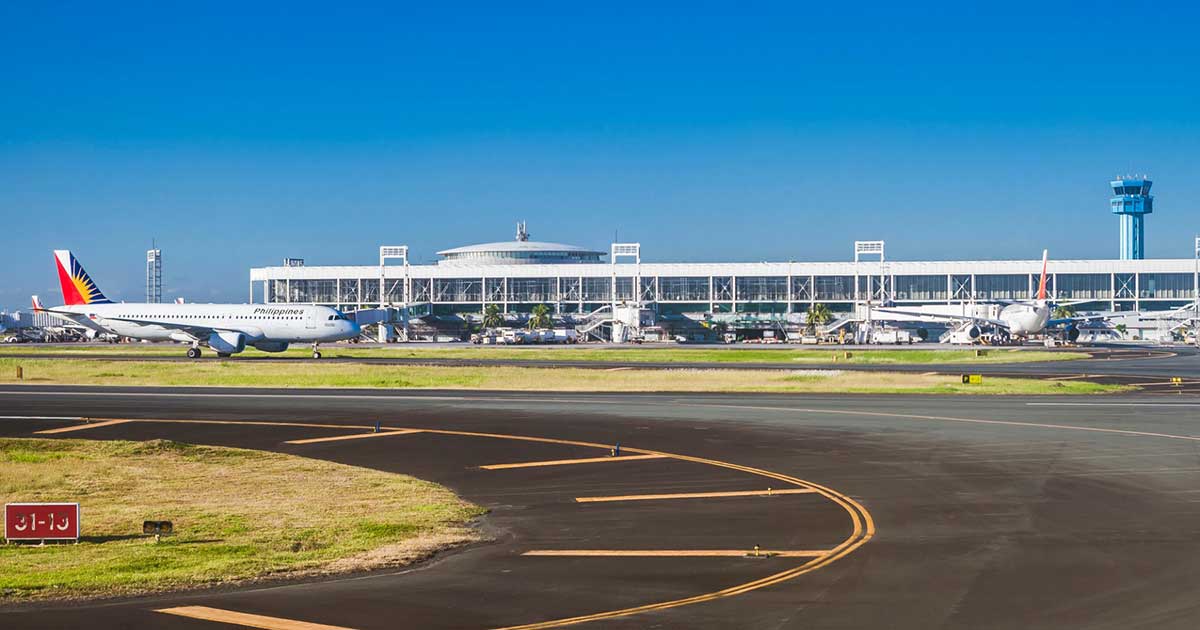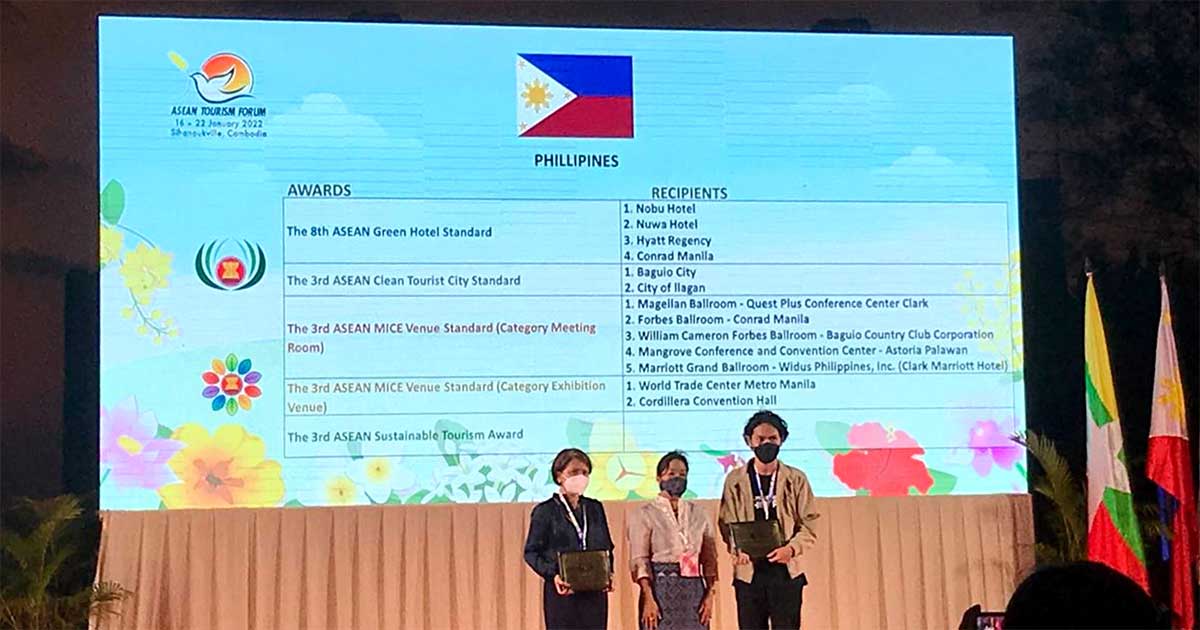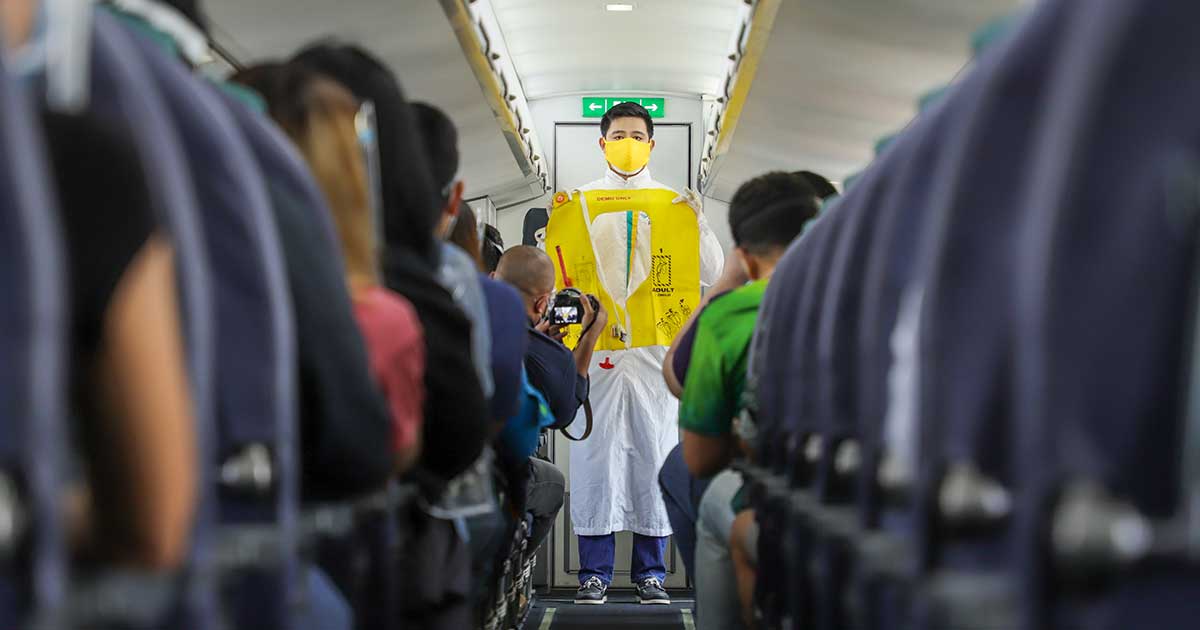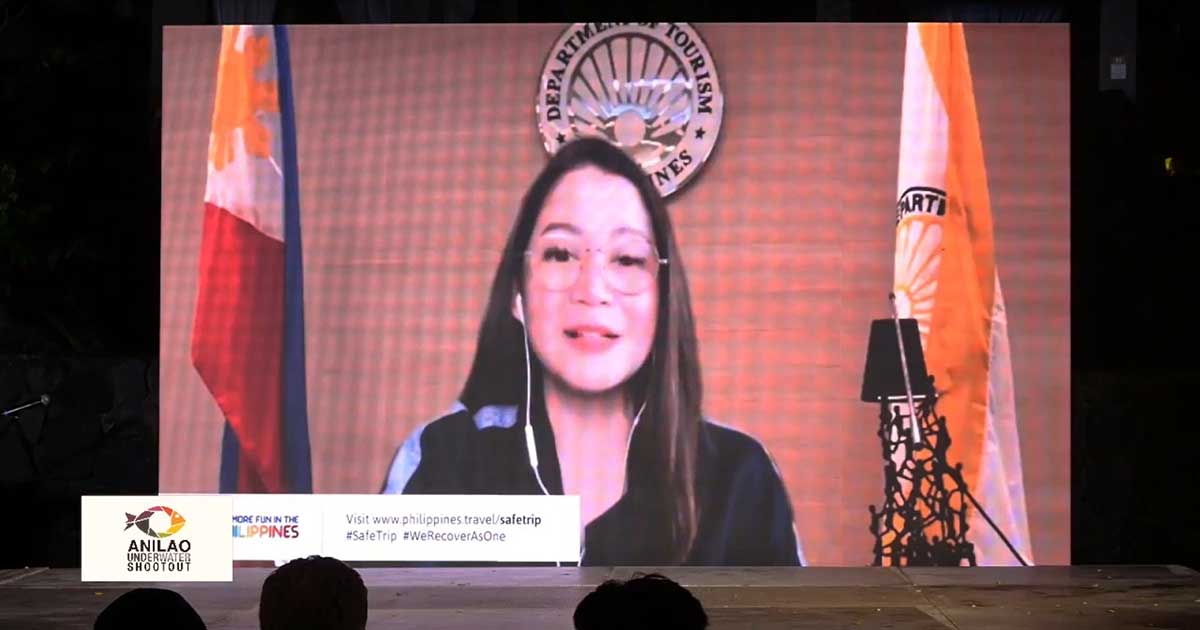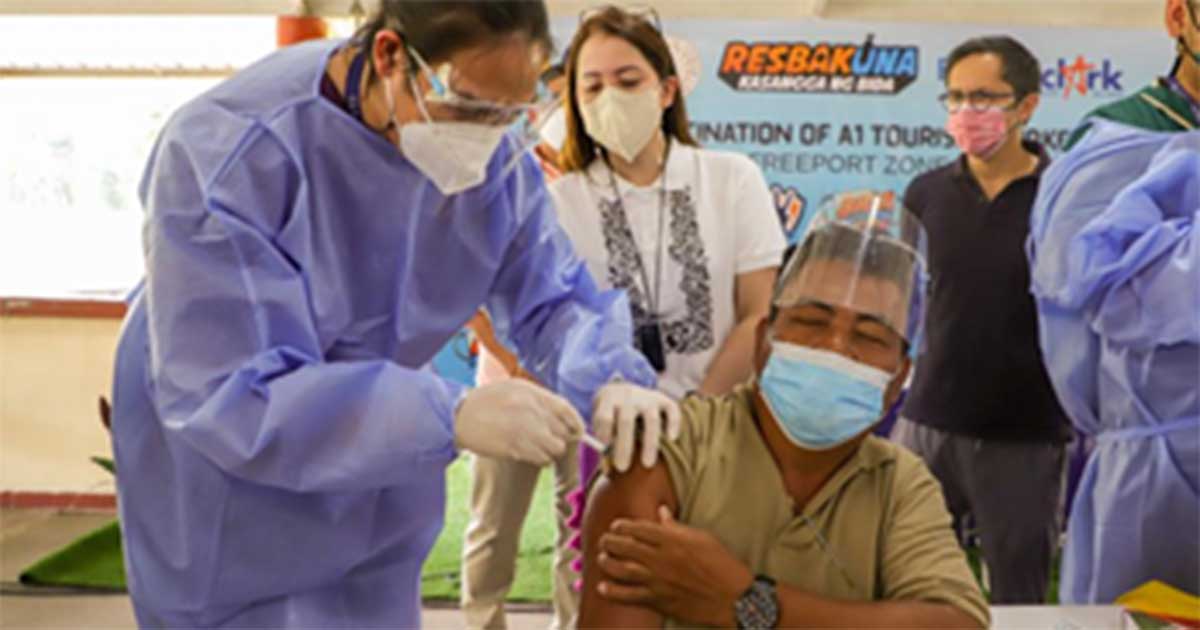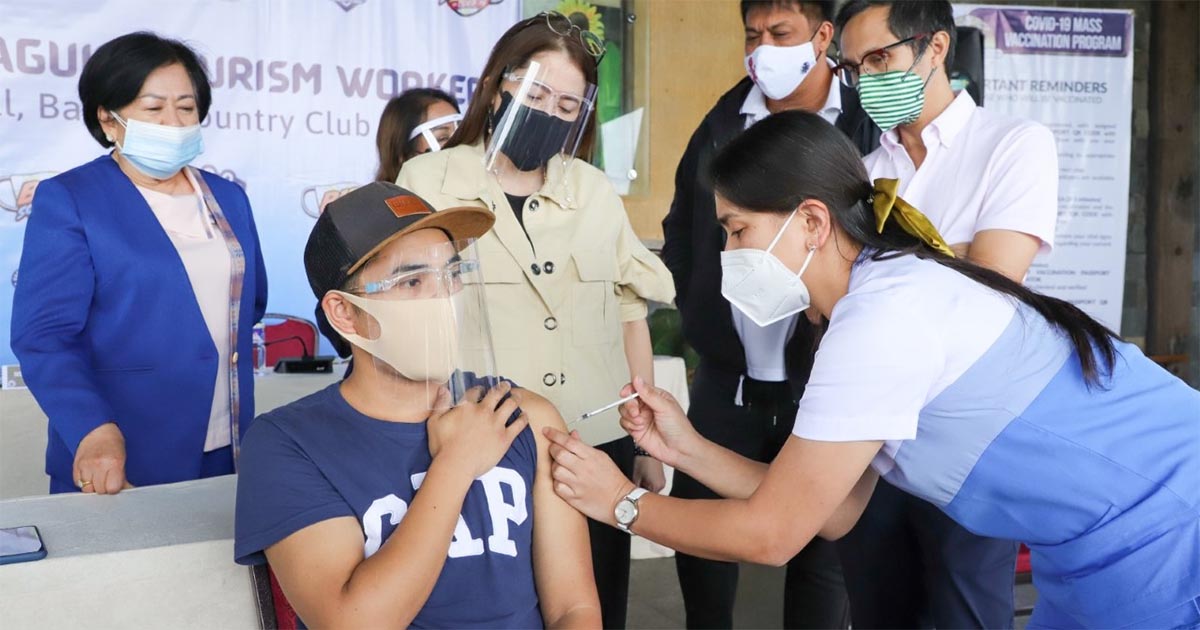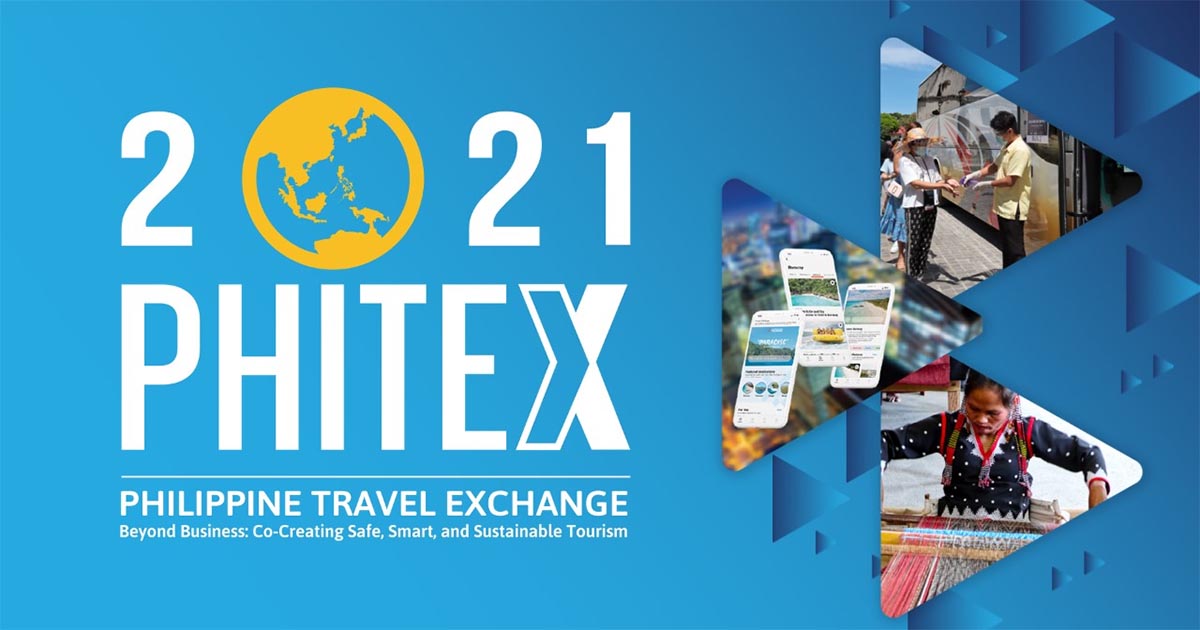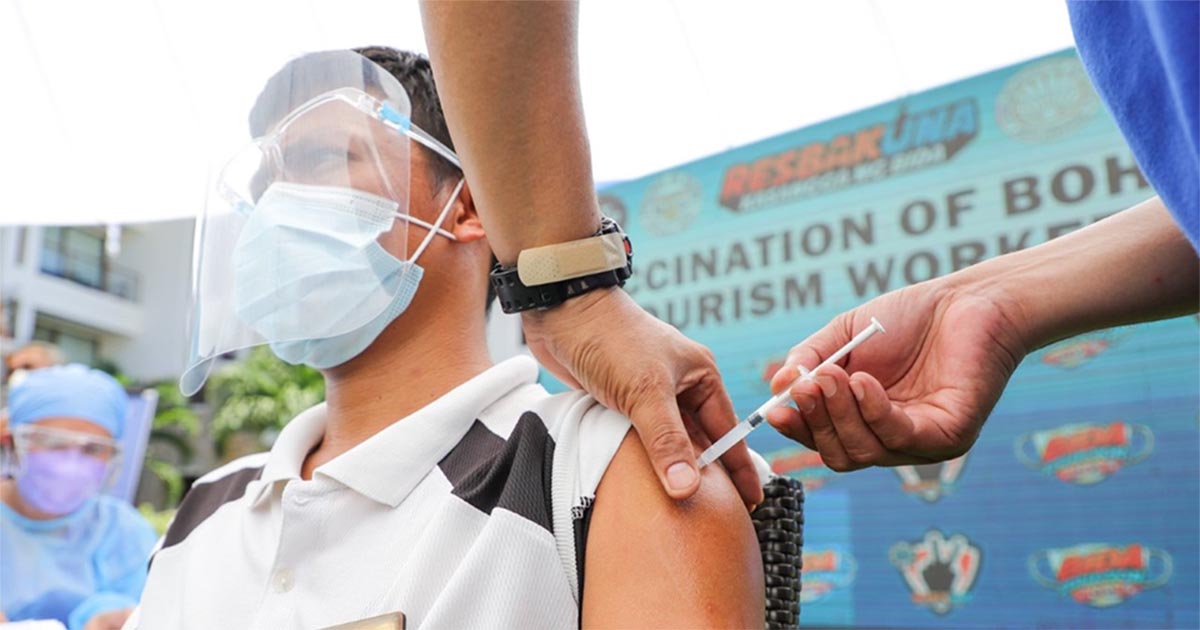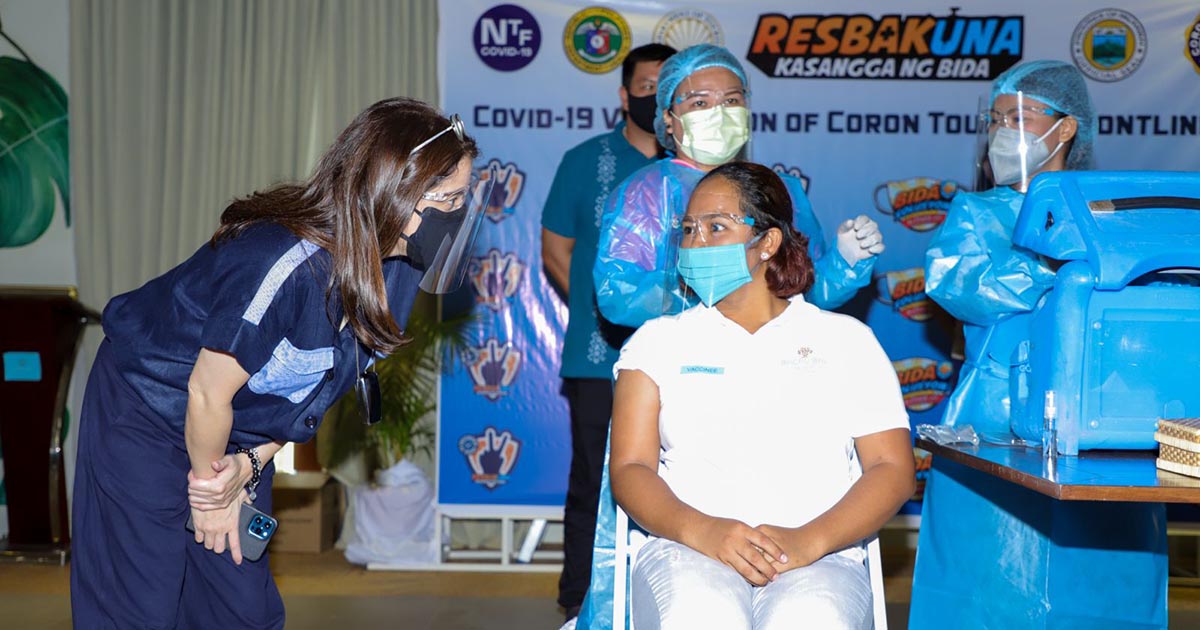Home
/
News and Updates
DOT holds Philippine visa reforms convergence
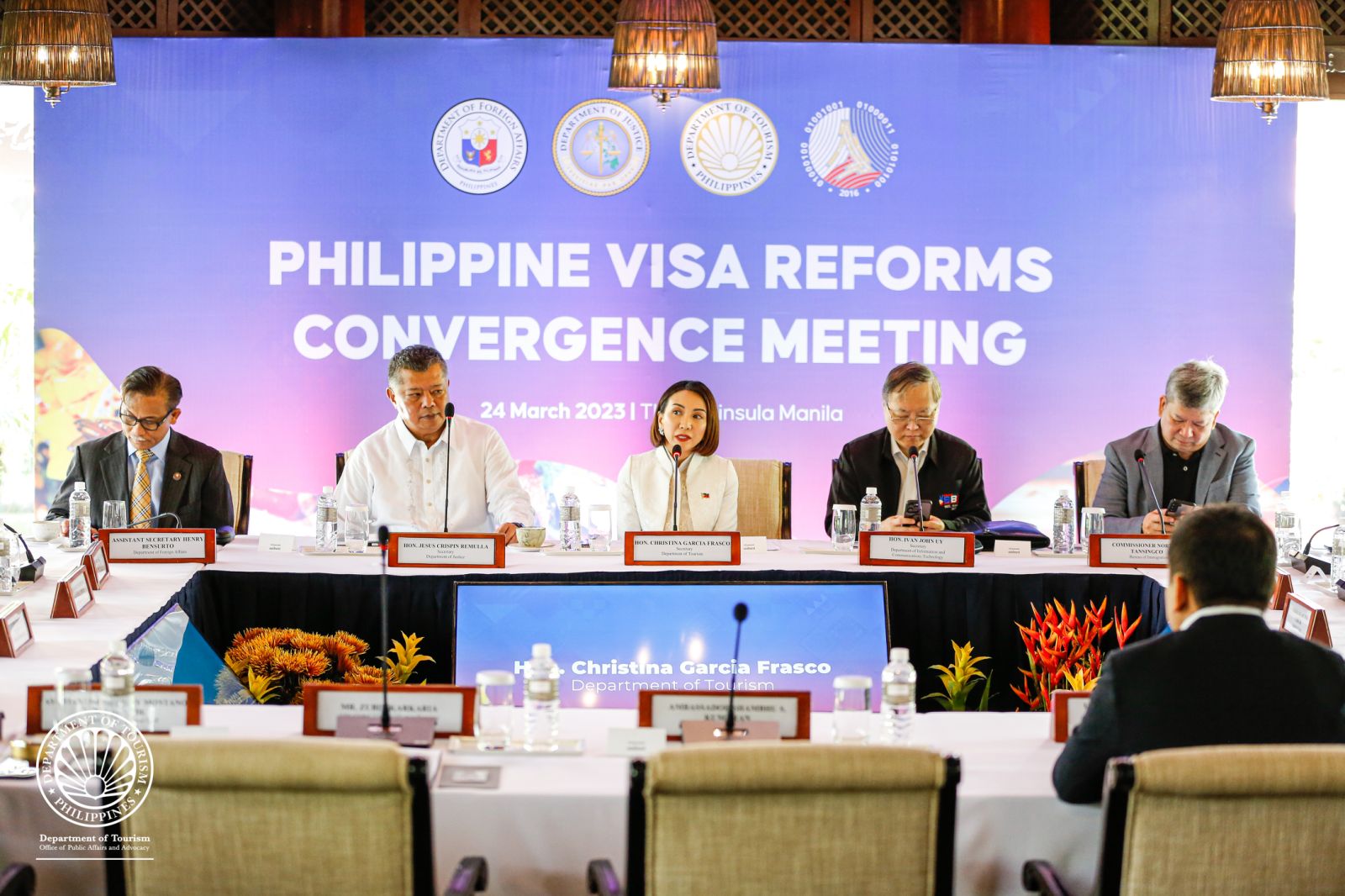
MAKATI, Philippines— In anticipation of the surge of foreign tourists coming into the Philippines this summer season and following President Ferdinand Marcos, Jr.’s directive for the implementation of electronic visa systems, the Department of Tourism (DOT) led by Secretary Christina Garcia Frasco initiated a high-level convergence meeting with the heads and representatives from the Department of Foreign Affairs (DFA), Department of Information and Communications Technology (DICT), Department of Justice (DOJ), Bureau of Immigration (BI) to discuss visa reforms primarily to ease entry for country’s tourist source markets.
The event is the continuation of the discussions initiated by the Department of Tourism since September 2022 with concerned agencies to take up visa concerns for key and strategic tourism markets in the hope of finding solutions affecting the flow of entry of international tourists.
Addressing the tourism bottlenecks
While the Secretary has recognized the tourism achievements made last year even when the Philippines concluded 2022 with 2.65 million international tourist arrivals and surpassing the targeted 1.7 million figures, she emphasized that there are still bottlenecks seen which prevents the country from fully unlocking the potential of international tourism into the country.
“For this reason, our President issued the directive to various government agencies to explore how the bottlenecks to travel into the country may be addressed and specifically, he indicated that one of the ways by which travel into the Philippines may be fully opened up especially to certain important markets, we must explore the provision of electronic visas (e-visa),” she said, citing as well the directive of President Ferdinand R. Marcos, Jr. that government agencies must explore the provision of e-visas to Chinese and Indian nationals, among others.
Economic potential of the Indian tourist market
Emphasizing the importance of the Indian tourist market, the DOT noted that 58 percent of the total Indian visitors are repeat travelers, thus the need to continue the efforts to sustain and increase their entry by exploring travel mechanisms, primarily an e-visa system, that would make travel seamless.
India, the DOT noted, has risen from being an opportunity market for the Philippines to an important market source of foreign visitors.
“We are the only country that presently does not provide the convenient electronic visa for Indian nationals. This is a huge market that the Philippines has yet to explore,” explained the tourism chief.
With this, Indian Ambassador to the Philippines H.E. Shambhu S. Kumaran responded: “Perhaps Indian travelers traveling to ASEAN could potentially be looking at a new destination. So, in many ways, both in terms of the dynamic bilateral relationship, but also in terms of the larger trends in India, I think the timing is very opportune for the Philippines to be doing something to reach out to India travelers, and this, I’m sure, will lead to a very dramatic breakthrough in terms of how our nationals will travel,” the ambassador added with optimism.
China as the Philippines’ top tourist market
In 2019, China was the country’s second largest source of inbound tourists, producing more than 1.7 million arrivals and translated to P2.33 billion in tourism receipts.
“In 2019, it may be noted that our Philippine foreign posts in China were able to process over 1.5 million visas for the Chinese market ranging from an average daily number per post of 508 up to as high as 2,704 visas per day. However, it has been brought forth to us by the various airlines that have approached us that the Philippine consular posts in China has issued visa application advisories limiting the acceptance of visa applications per day from only around 60 to 100,” Secretary Frasco said during the high-level meeting.
“Of our low target of half a million Chinese coming into the Philippines, we would need to issue 1,704 visas per day. If we are to target the medium scenario of a million Chinese into the country then we would need to issue 3, 409 visas per day. If we are to target two million Chinese coming to the Philippines and which is the desired target of the Department of Tourism, then we would need to issue 6, 818 visas per day for a total of 1.8 million visas in a year, which is not too far off from the 1.5 million issued in 2019,” Frasco emphasized.
According to the Worldometer of the United Nations, China currently has a population of over 1.4 billion. The sizable population translates to massive opportunity for the Philippines especially considering that according to 2019 data, China provided the largest number of outbound tourists all over the world at 160 million Chinese citizens traveling to various countries.
Citing global data, the tourism chief said: “Chinese outbound tourism will surpass 2019 levels by 2024 and therefore, time is of the essence for the Philippines to ensure that the ease with which Chinese citizens can come into the Philippines can be approved.”
“With the projected number of visas to be issued due to the quotas presently imposed, revenue losses are anticipated, and we stand to lose over 2.51 Billion Dollars in revenues if the difficulties in obtaining visas is not immediately addressed. Airlines and charter operators have already approached us expressing grave concern of the present limitations. According to them, they may not be able to increase the flight frequencies that they are very much prepared to resume due to low passenger numbers and airfares and travel packages may become too expensive and therefore, not competitive,” she added.
Simplification of education and tourism cruise requirements
The DOT also recommended the simplification of process requirements for Waiver of Exclusion Ground (WEG) and exemption of qualified students to apply for Special Study Permit (SSP) for the English as a Second Language (ESL) industry.
Also, with the resurgence of cruise tourism in the country, the DOT noted the need for , DFA, DOJ, and BI, as signatories of the Joint Memorandum Circular for Cruise Ship Landing Permit, to revisit the draft and make final inputs for finalization, as well as the digitalization of the platform and making it an e-Landing Permit.
Concerned officials vowed to look into the matter and expressed their support for the proposed reforms on the country’s special markets, citing, at the same time, the need to “balance legal requirements,” in accordance with the law.
In 2019, Austria-based research market specialist Bonard has identified the Philippines as the fifth largest ESL provider in the world, with around 70 percent of the whole ESL industry in the country based on the island province of Cebu which caters to students from Japan, South Korea, Taiwan, China, as well as emerging markets Mongolia, Thailand, West Asia, and Russia.
Further, the country is also anticipating 139 ports of call for cruise tourism with over 117,000 passengers pegged for 2023 alone.
Commitment of support
As a commitment of support, the DICT and the DFA vowed to closely work to further the resurgence of the country’s tourism by acting on the matters addressed.
“The DICT will definitely put it as one of our priorities to support the Department of Tourism and the Department of Foreign Affairs,” DICT Secretary Ivan John Uy also committed the Department’s support.
“I have taken note of all your recommendations. Rest assured that we will build this and we will give you immediate feedback. We are one with you in this,” DFA Assistant Secretary Henry S. Bensurto, Jr. said, citing that the cap imposed on visa issuance for the incoming Chinese tourists is a policy amid the surge of COVID-19 cases that time.
“The results of our discussions today will determine whether or not we will be able to recover as well and as fast as we should considering the potential of our destinations to transform the Philippines into the tourism powerhouse that it can and should be. Therefore, I would like to express my deep gratitude to all the government agencies and the heads of agencies that joined us today. We are very hopeful that the results of our discussions today would result in immediate results for the implementation of the e-visa system and the easing of the other factors that were discussed,” the Secretary concluded.
Other attendees of the convergence meeting were DOJ Secretary Jesus Crispin Remulla and Undersecretaries Brigido Dulay and Jose Cadiz, Jr., Assistant Secretary Jose Dominic Clavano IV; DICT Undersecretary David Almirol, Jr.; Presidential Management Staff Assistant Secretary Montano T. Nazario, Jr.; BI Commissioner Norman Tansingco; DFA Executive Director Christian De Jesus and Director Leilano Feliciano; DOT Undersecretary Shahlimar Hofer Tamano, OIC-Undersecretary Verna Buensuceso, Assistant Secretary Ma. Rica Bueno, OIC-Assistant Secretary Warner Andrada, and Tourism Attache Rene Reyes.
-30-
PHOTOS:

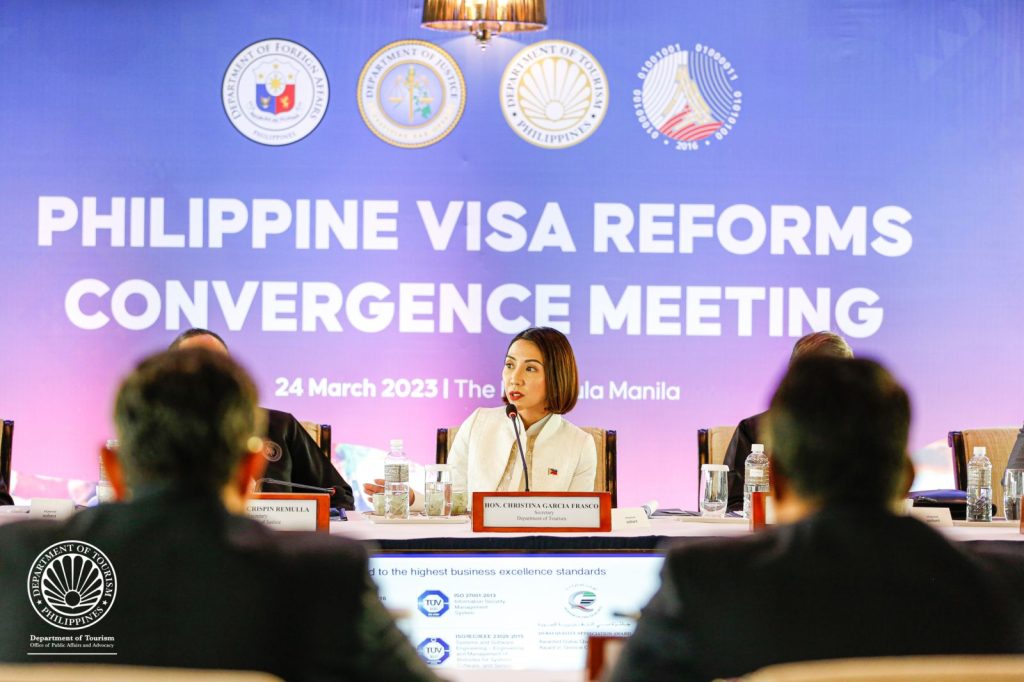
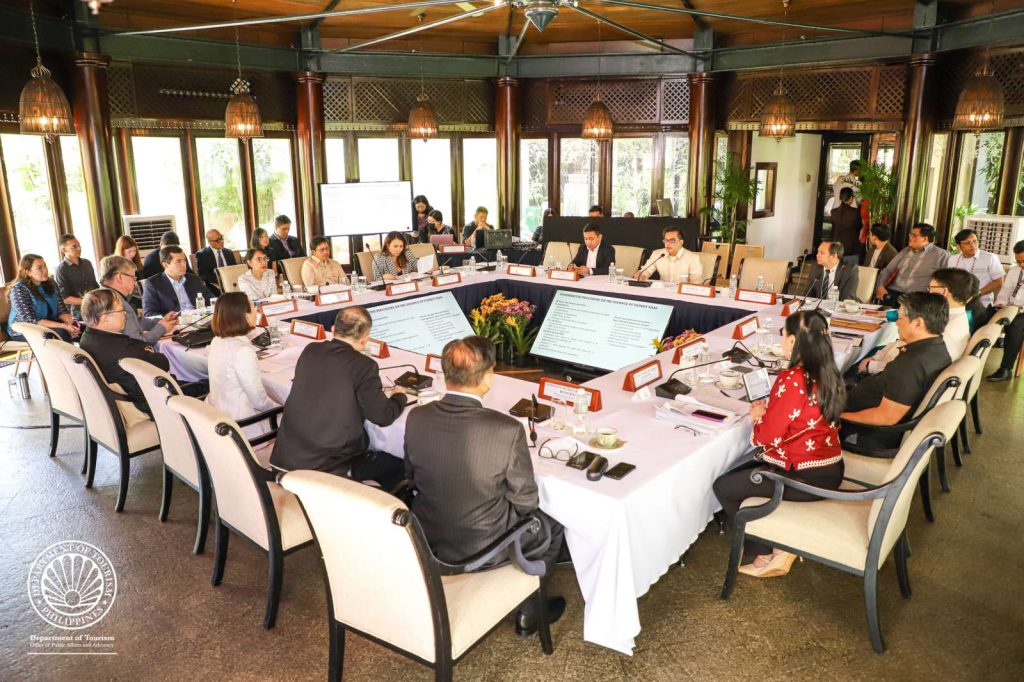
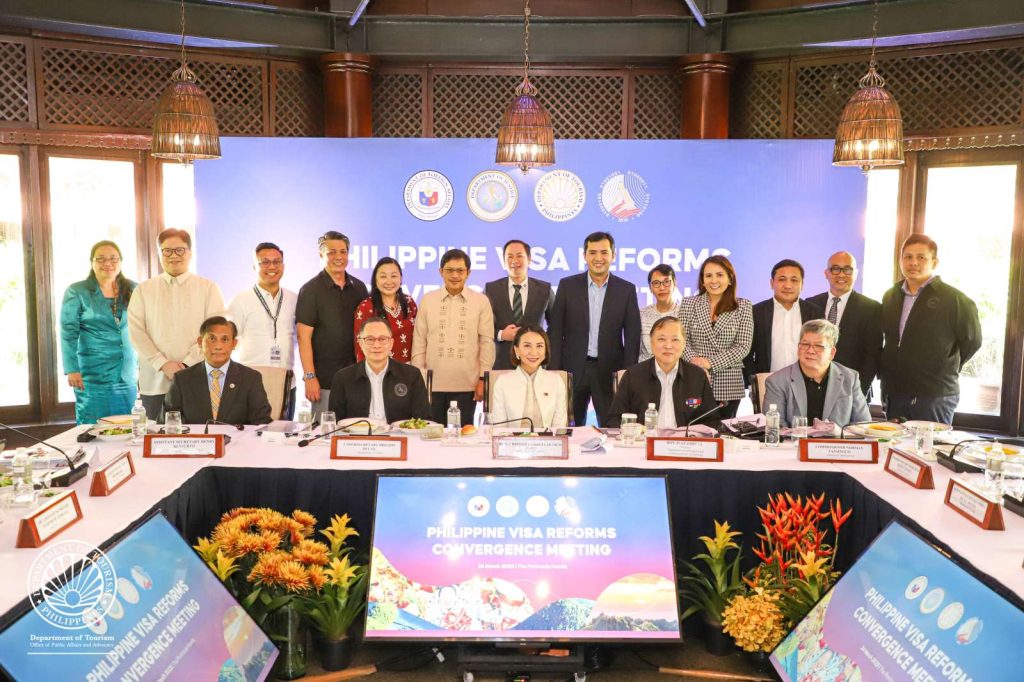

Published:March 25, 2023




